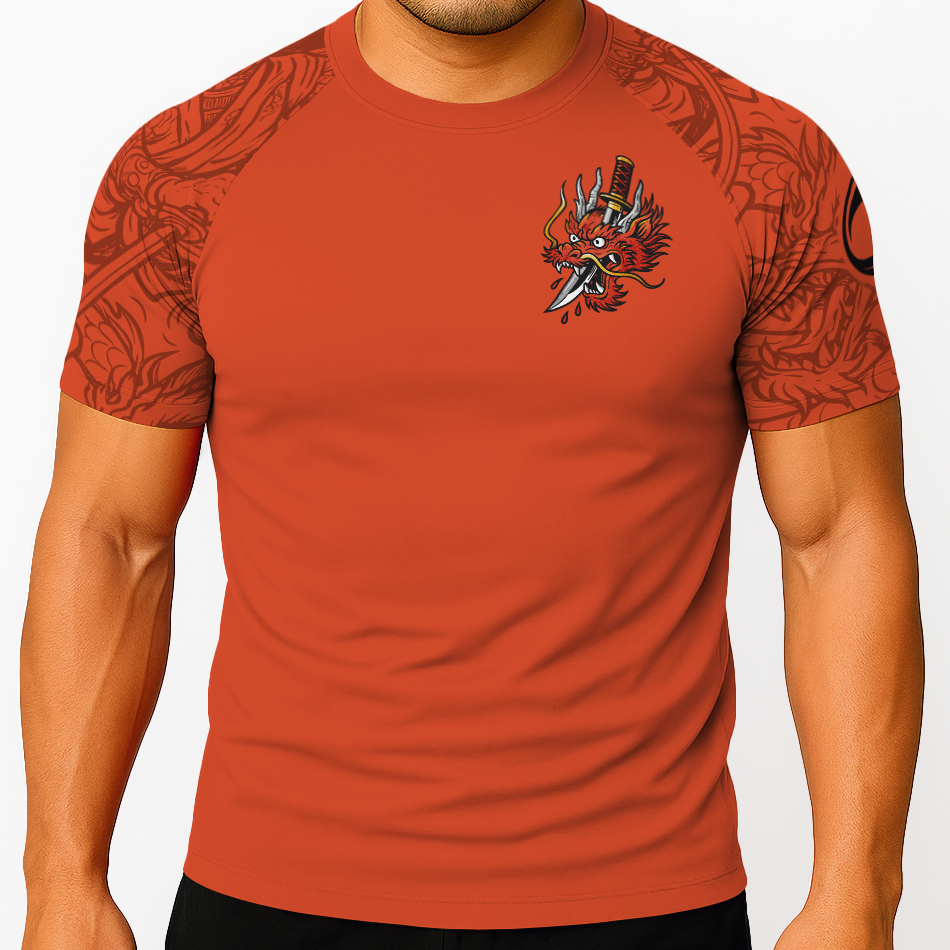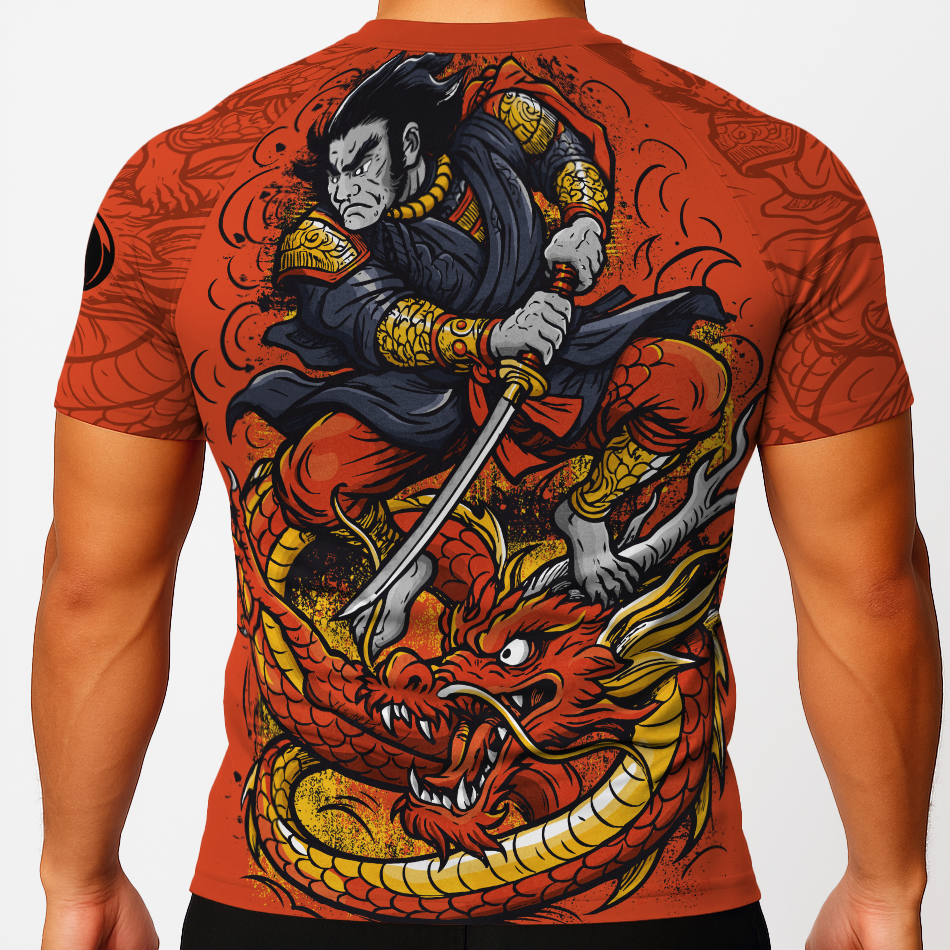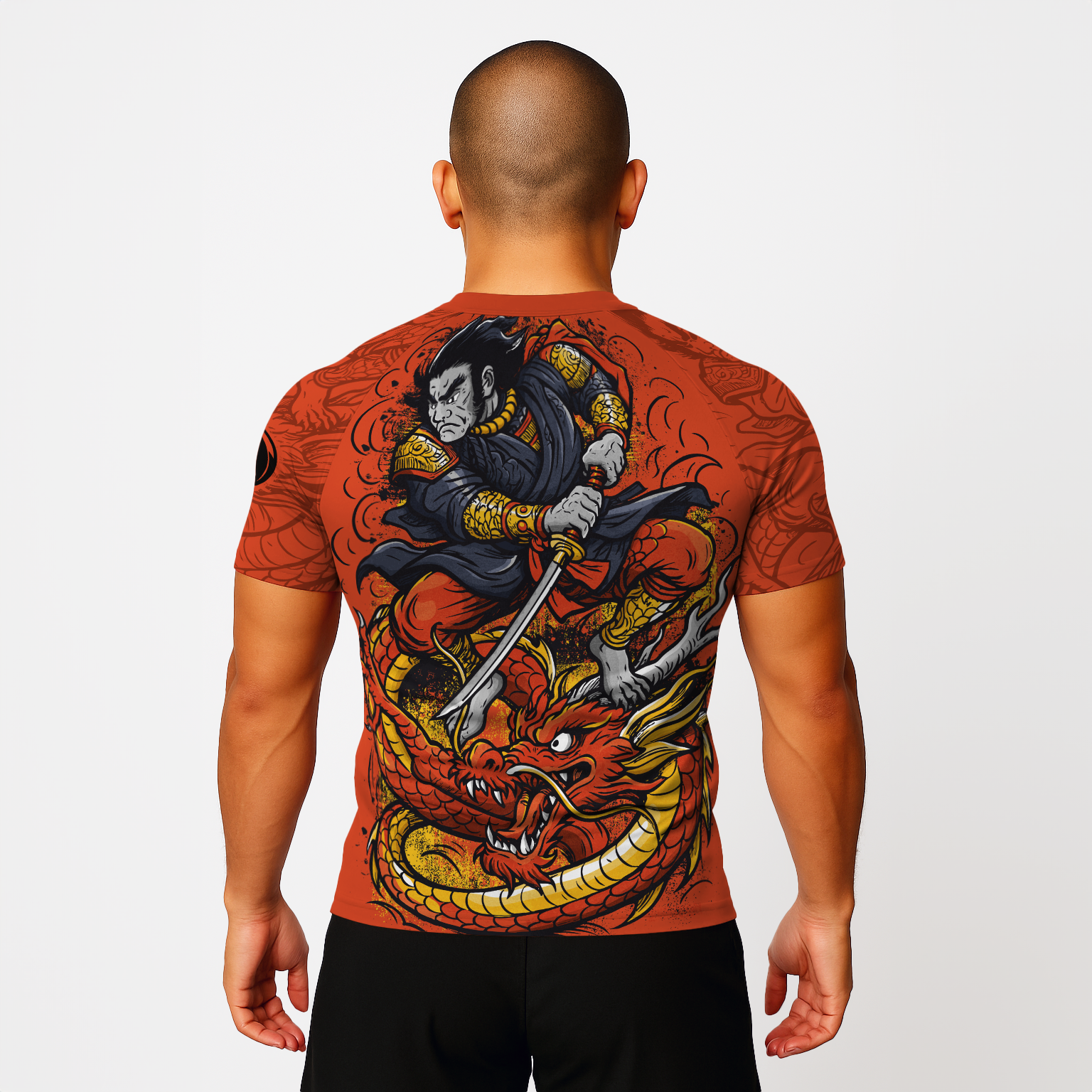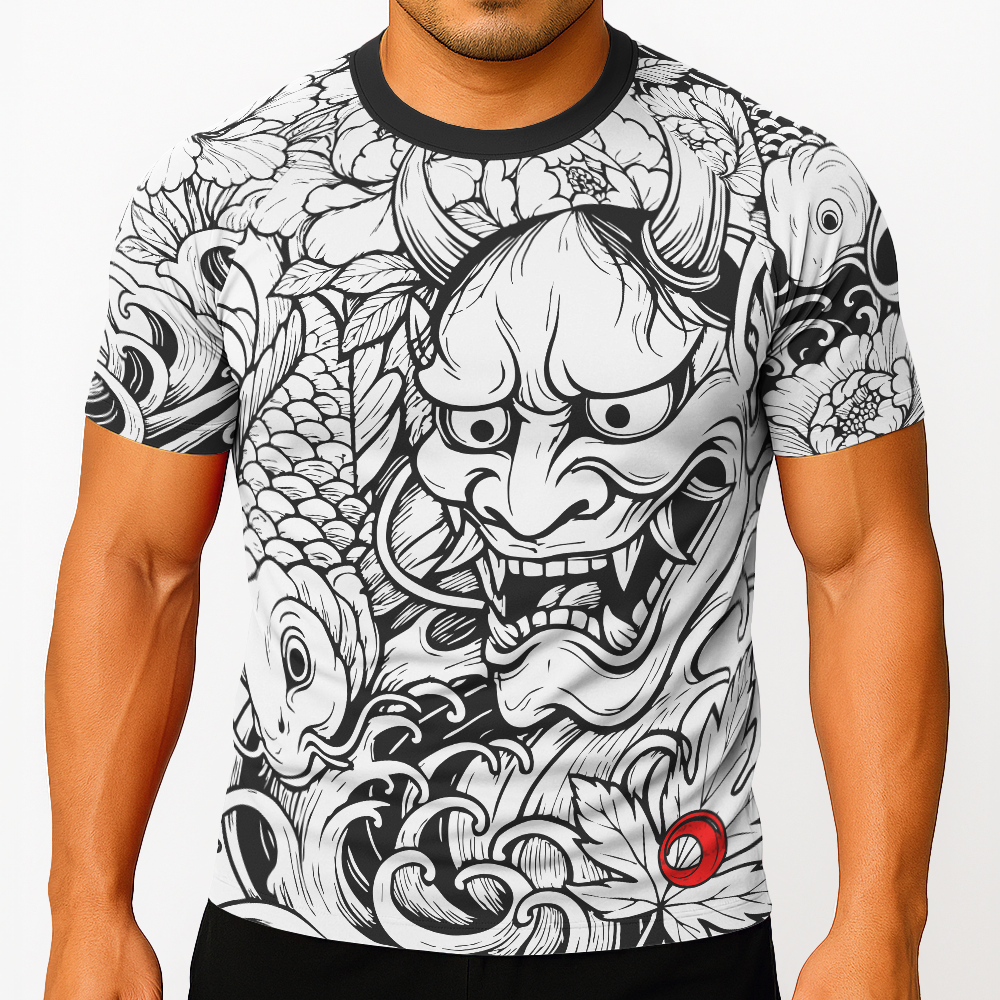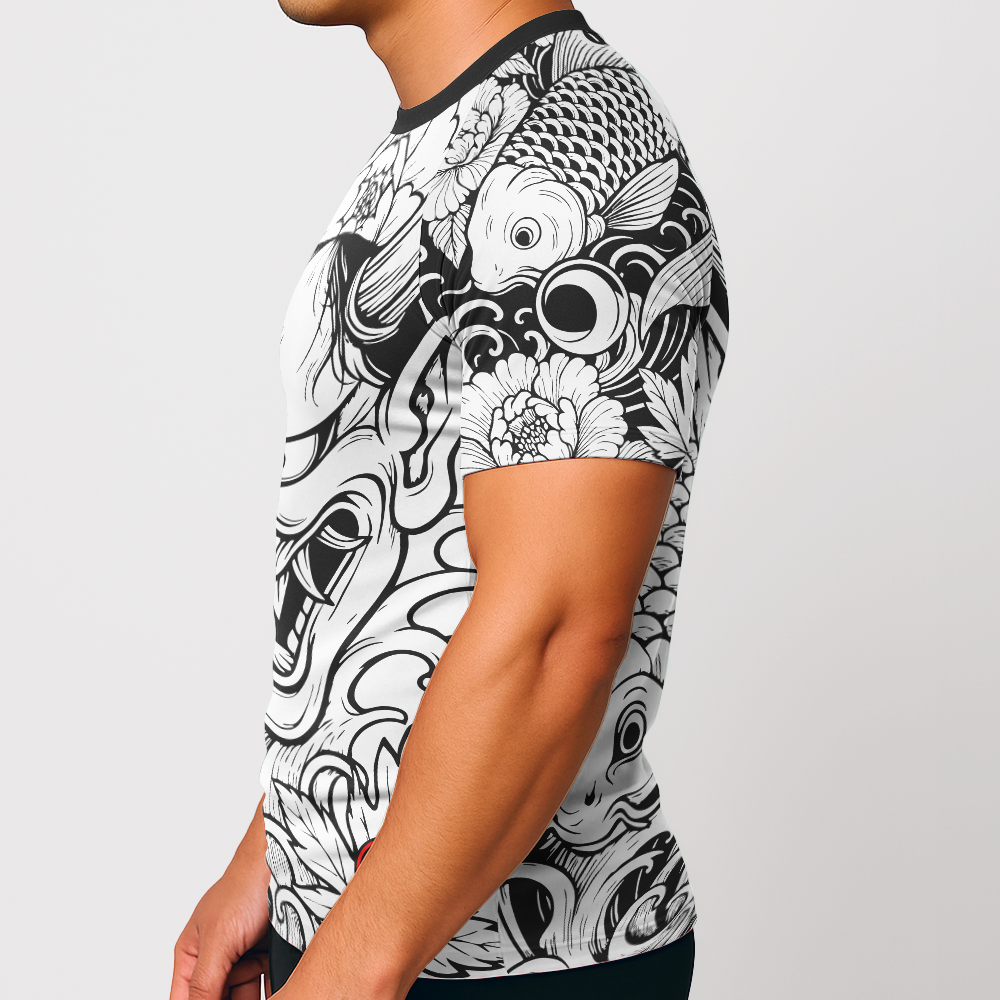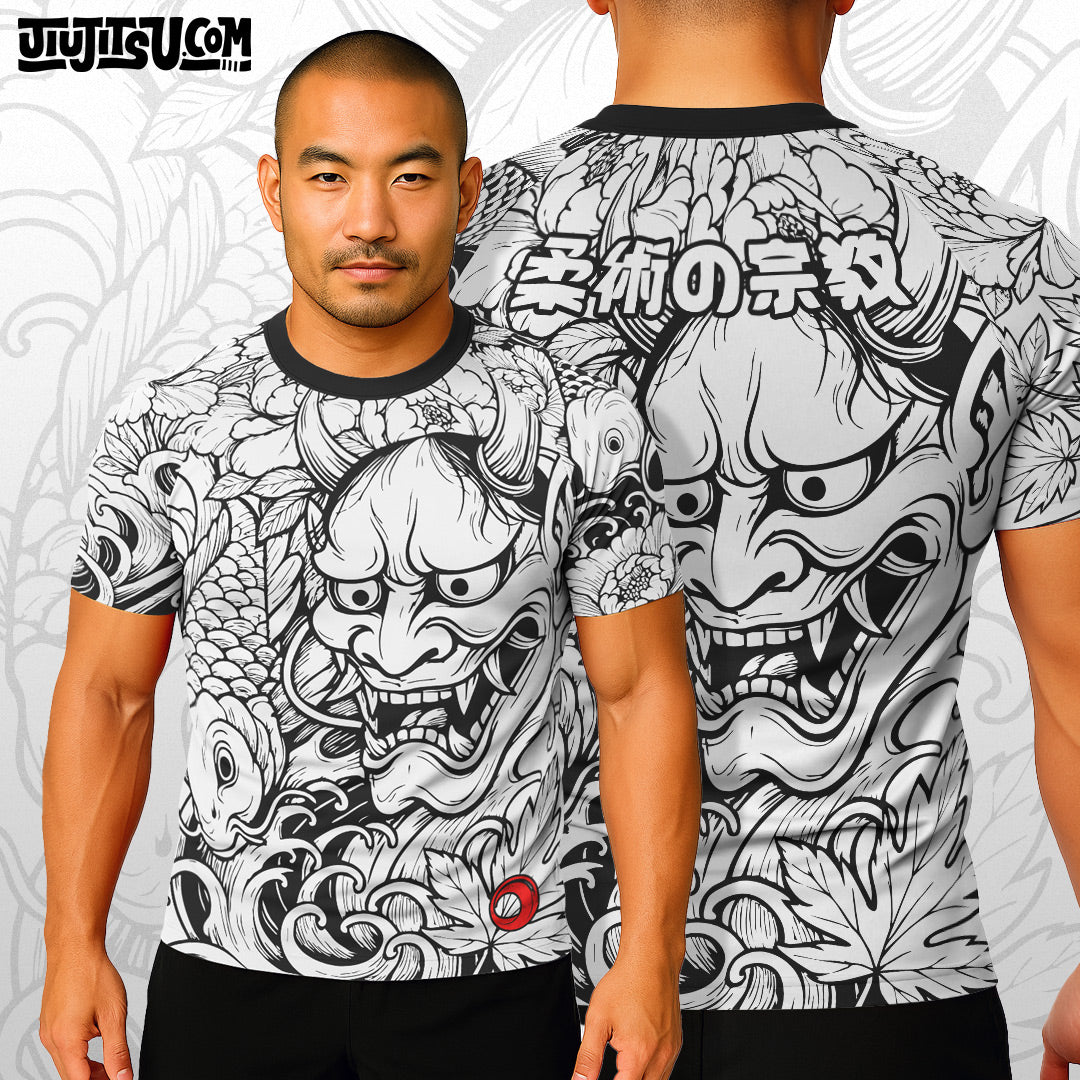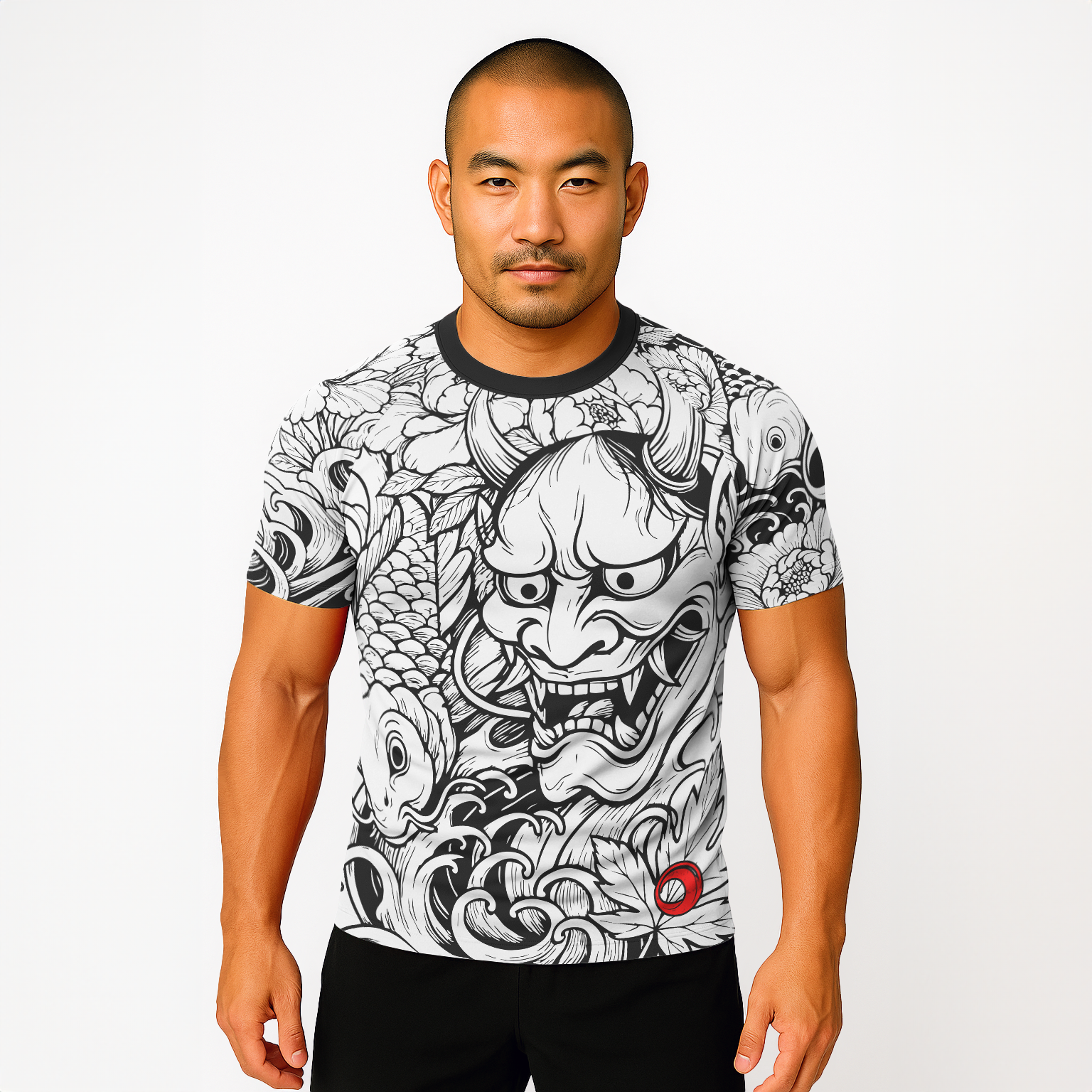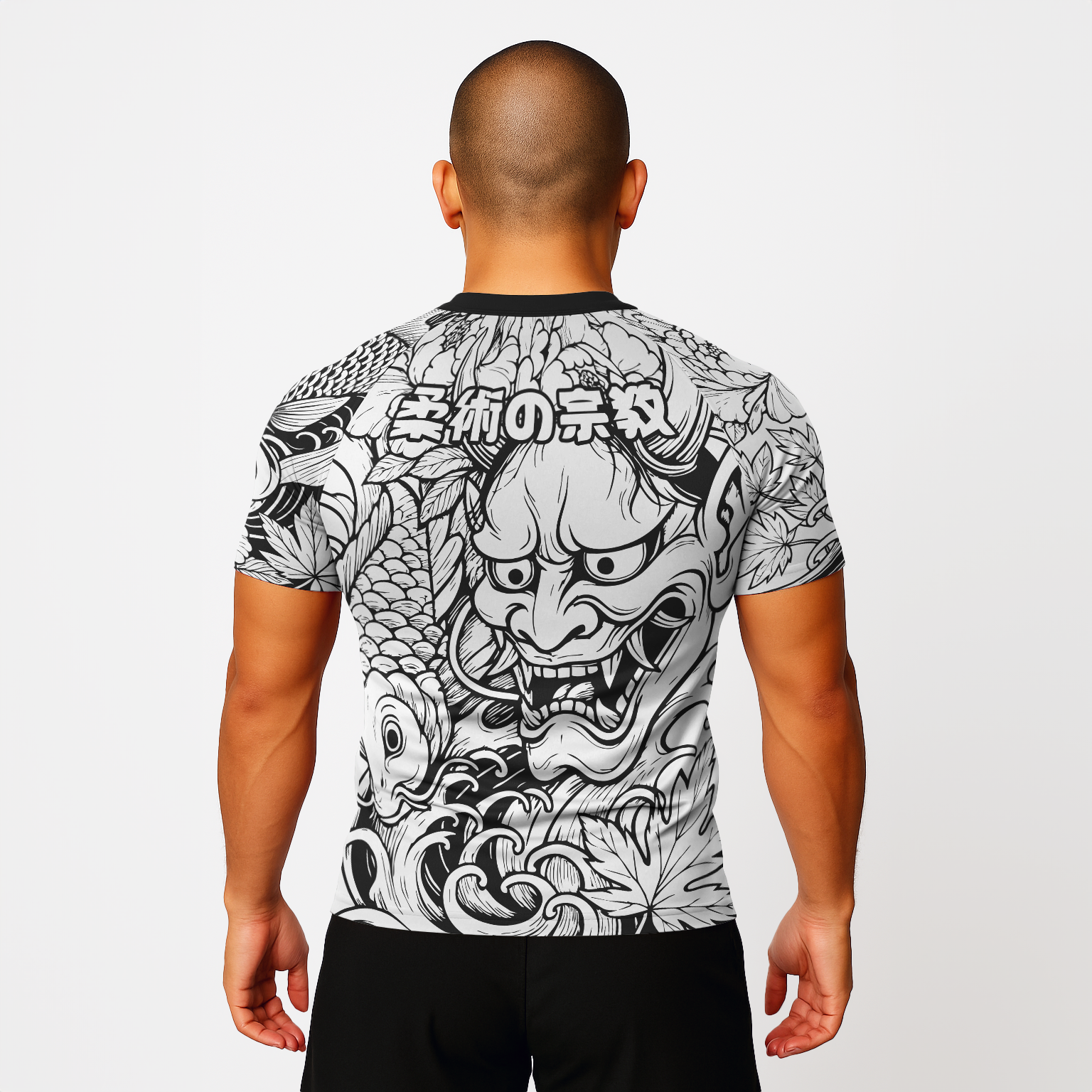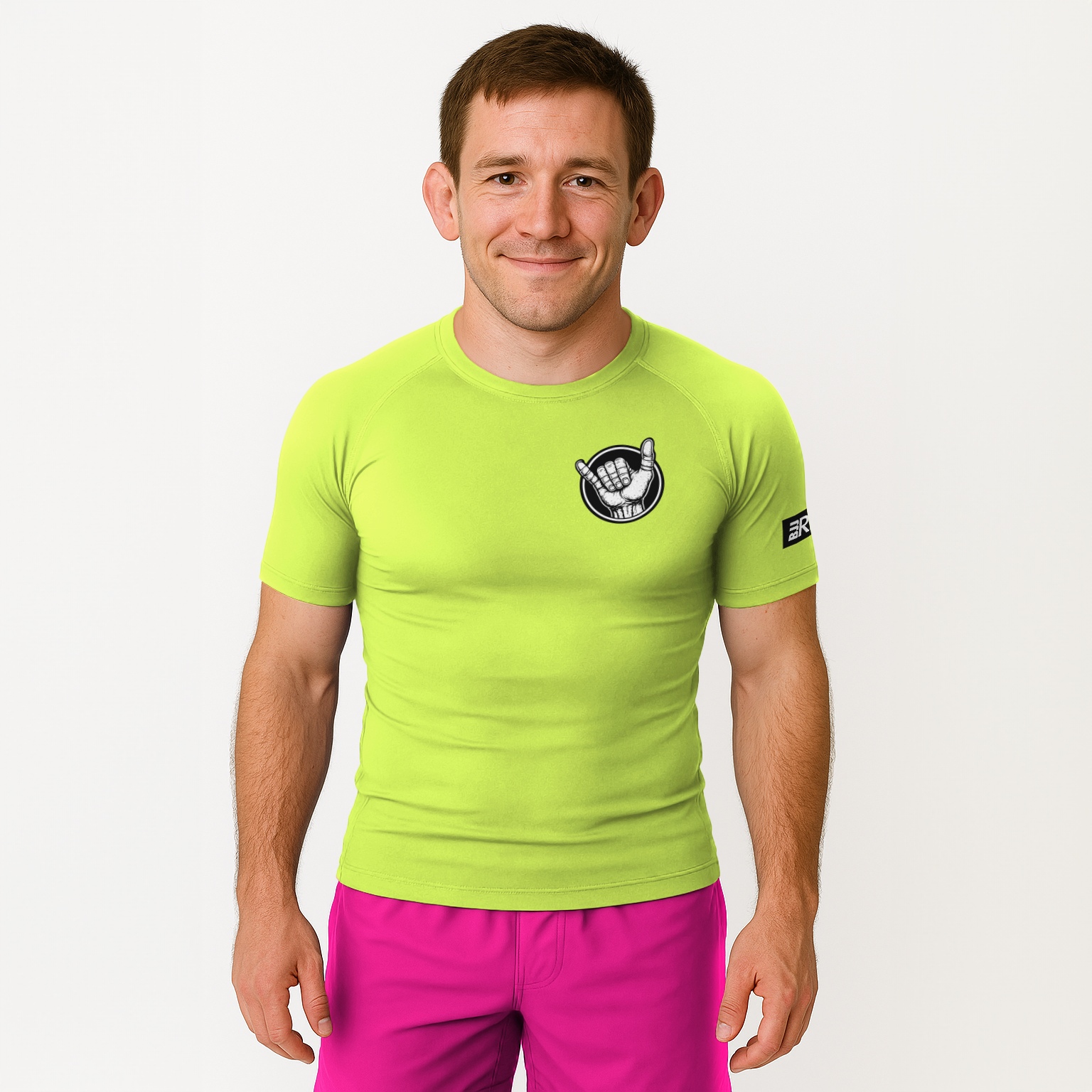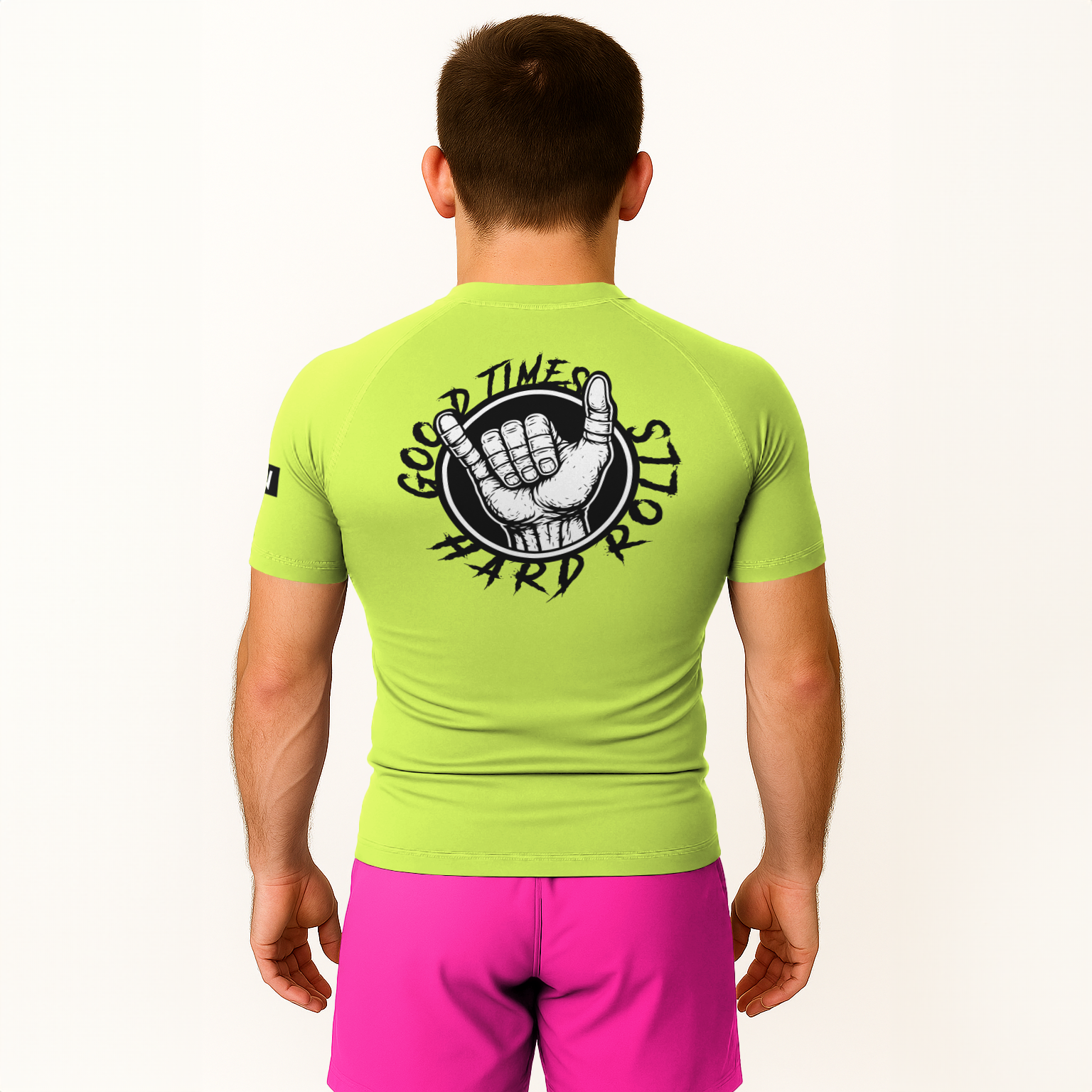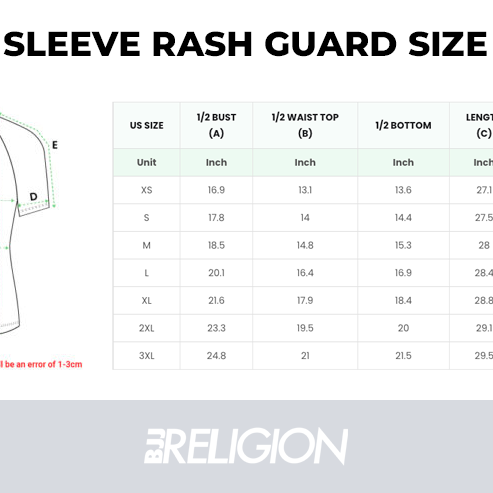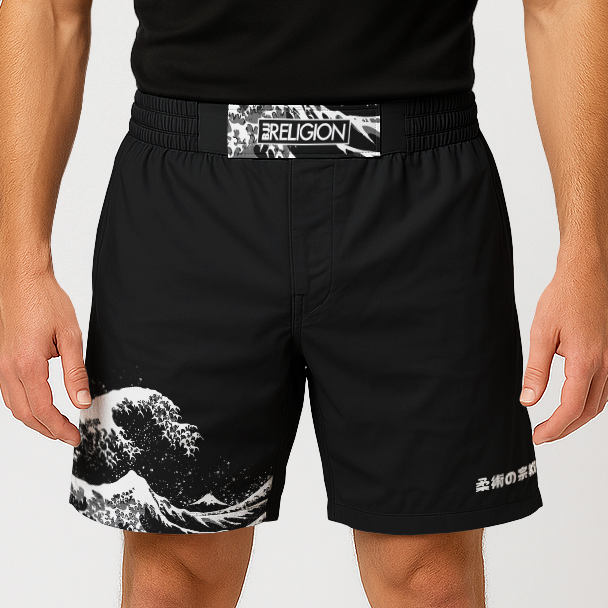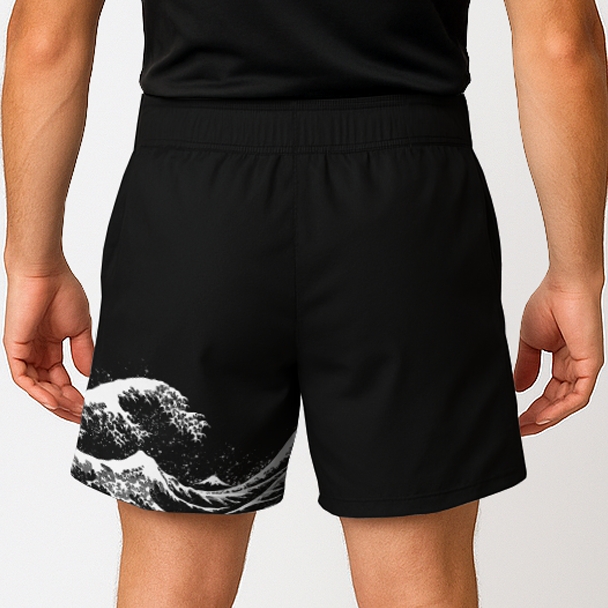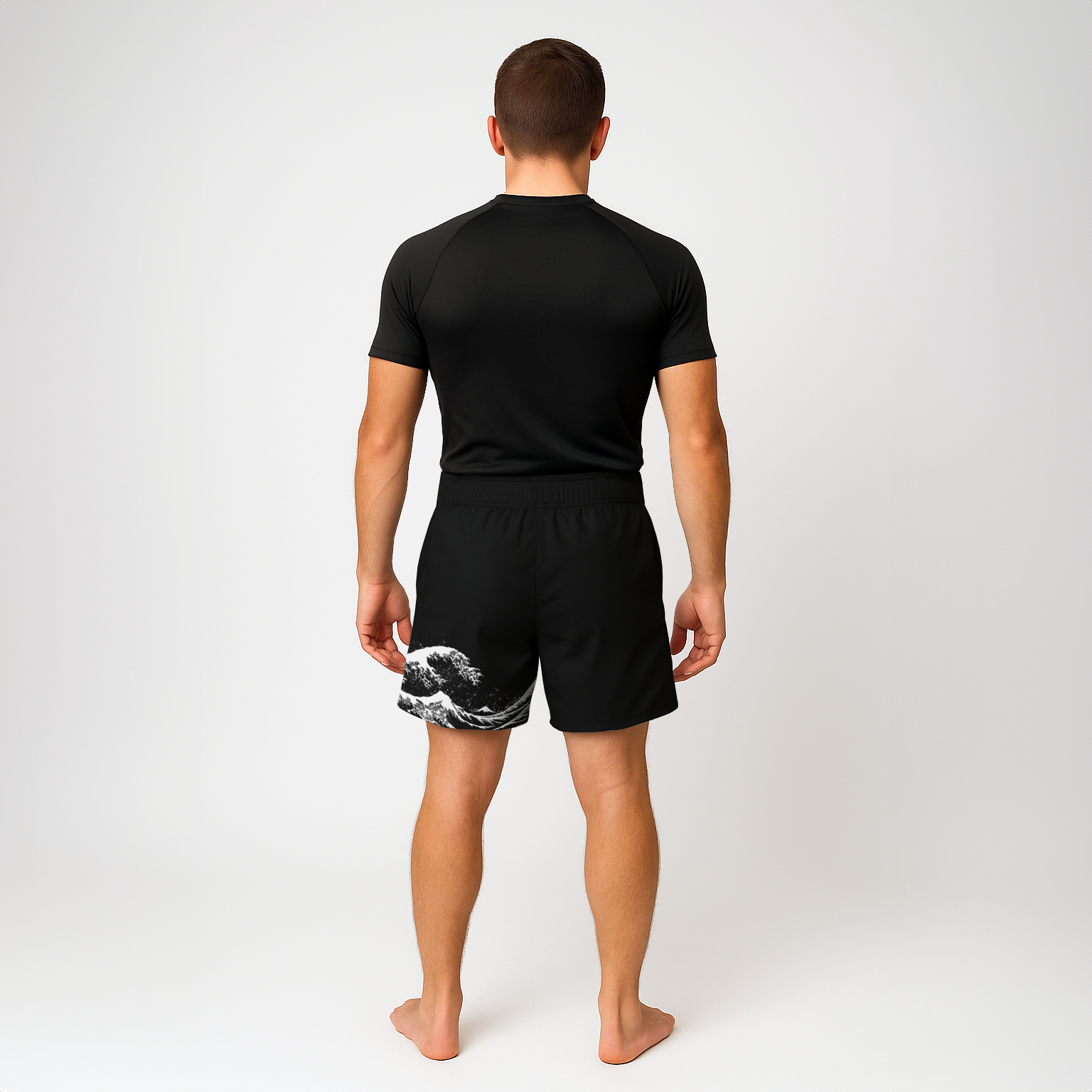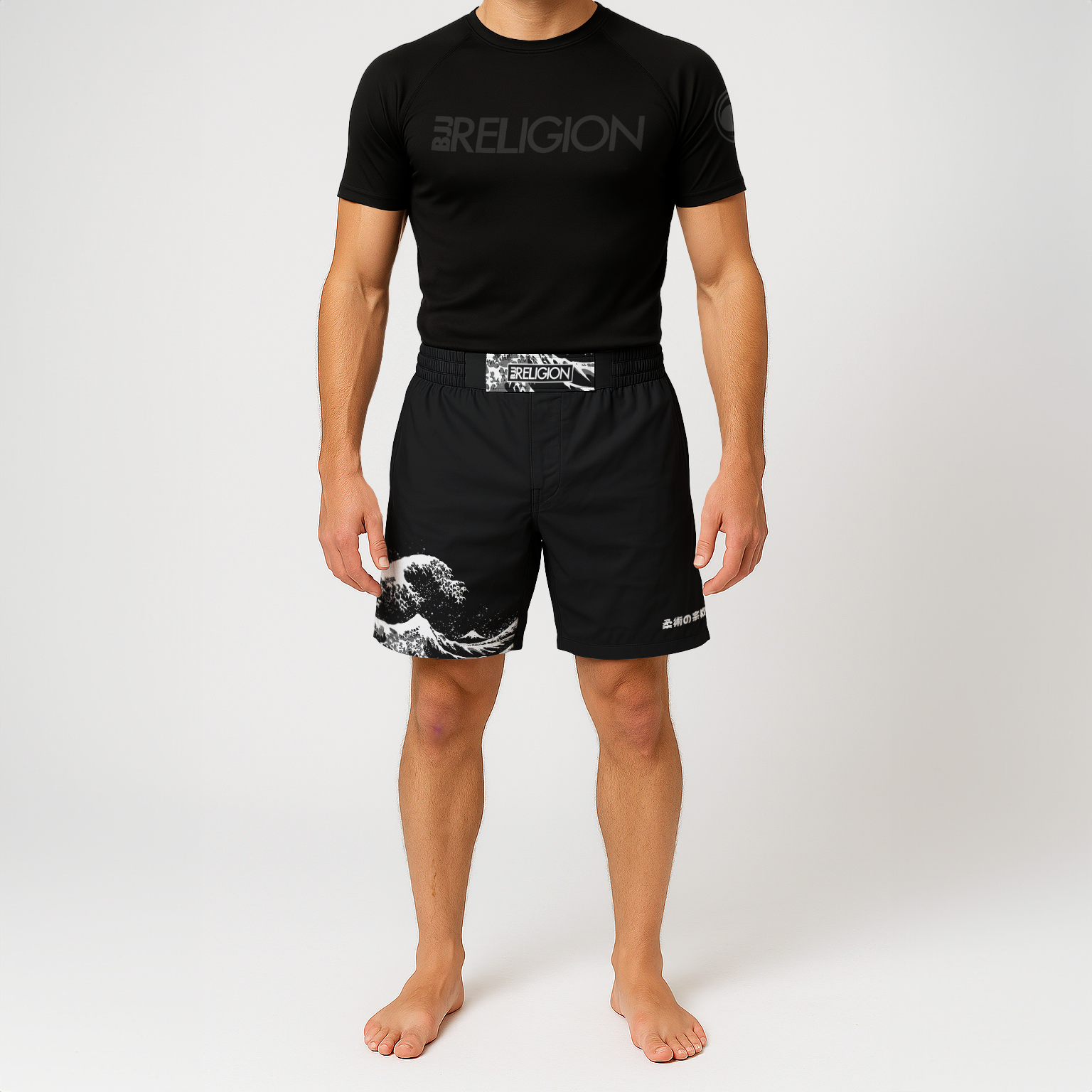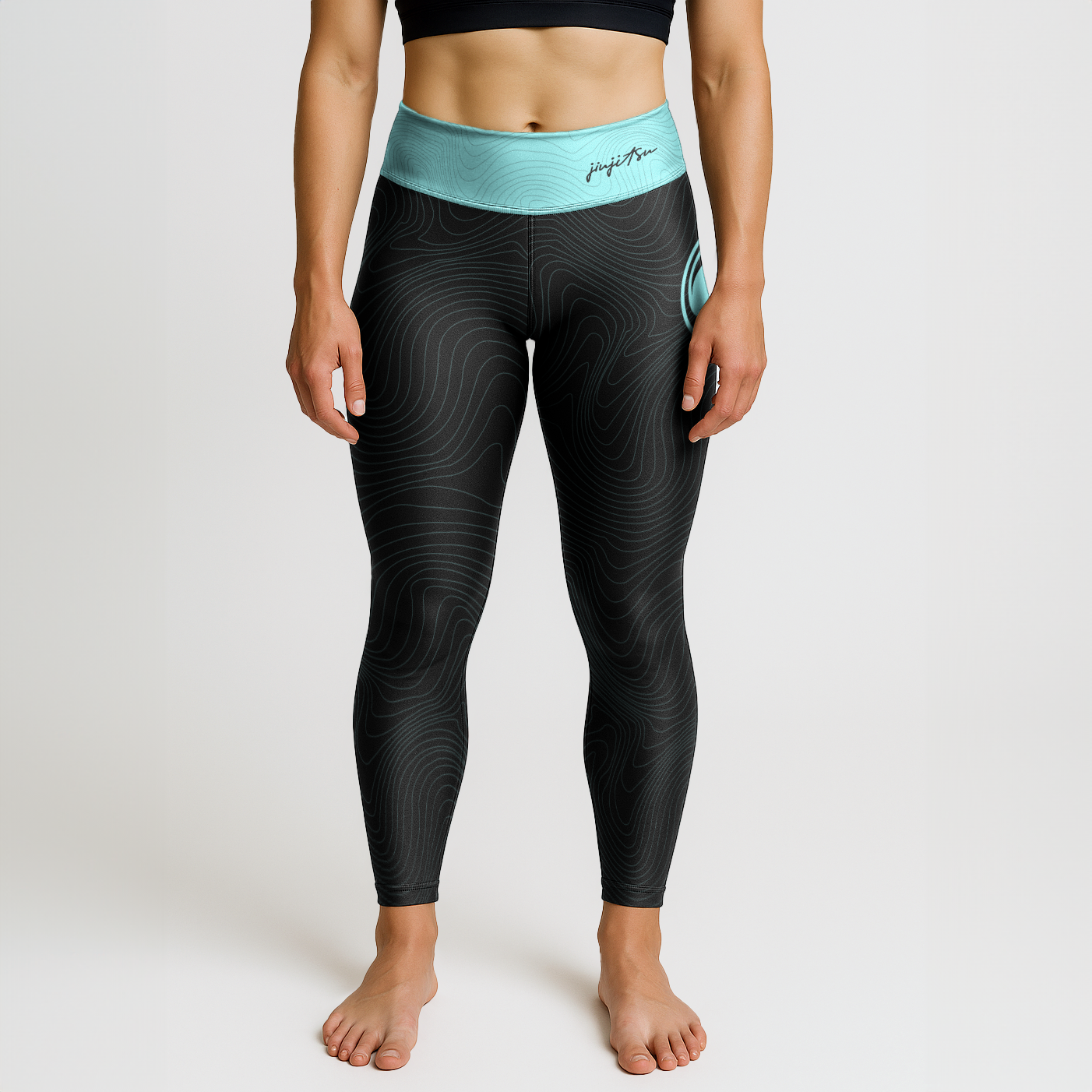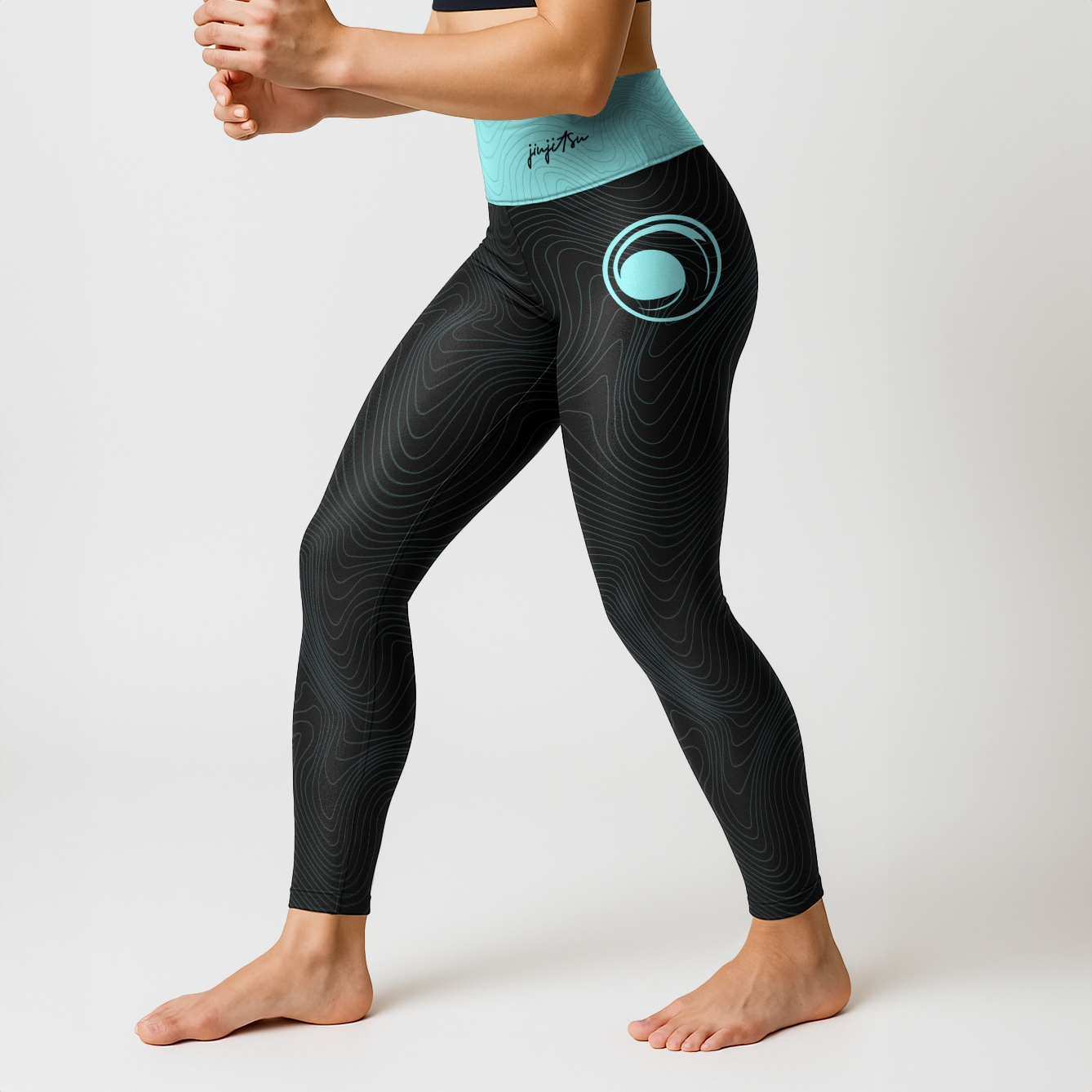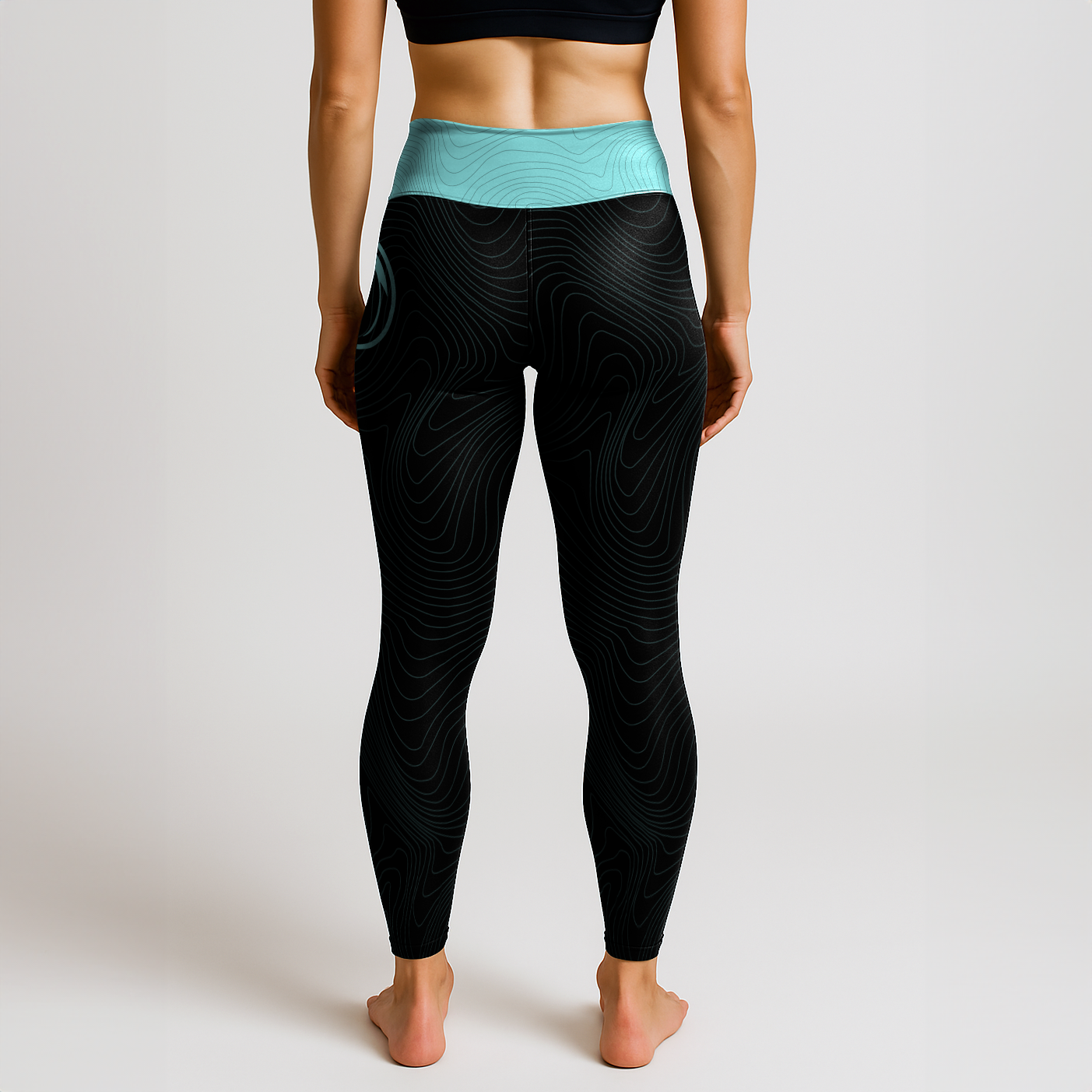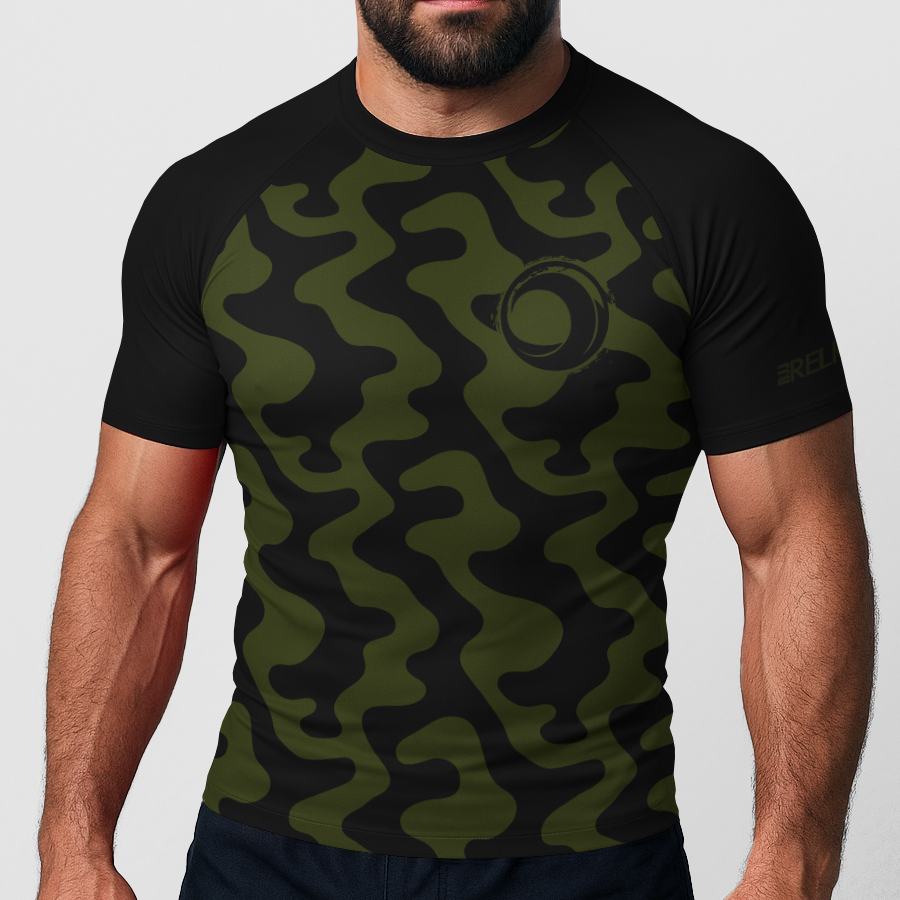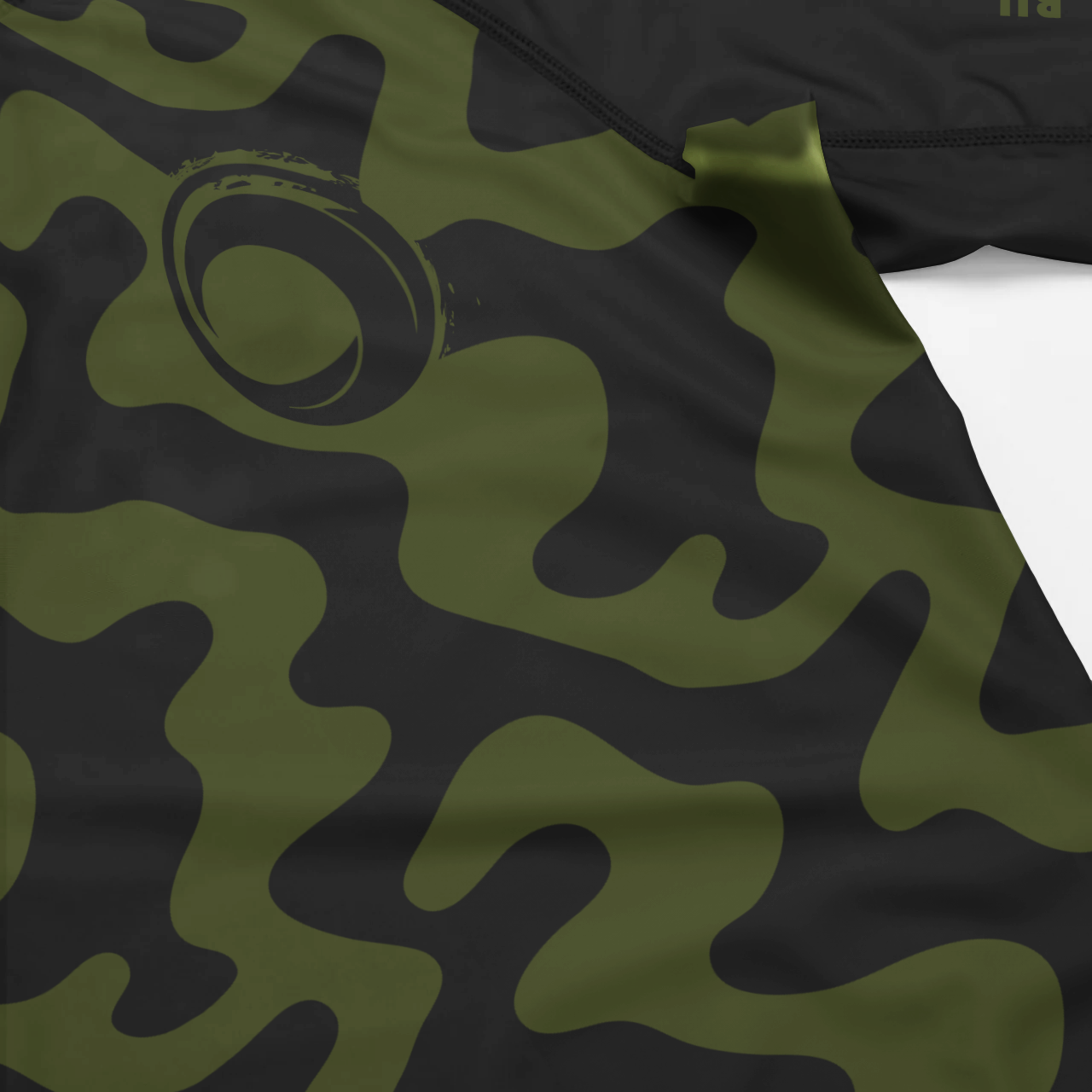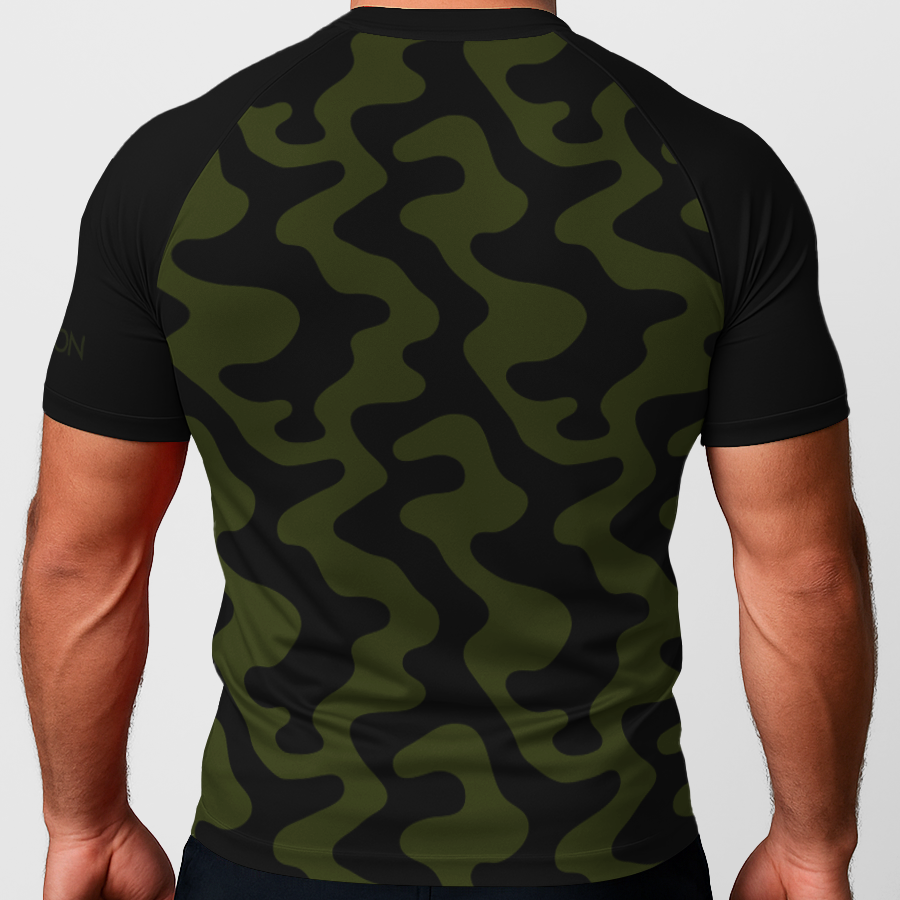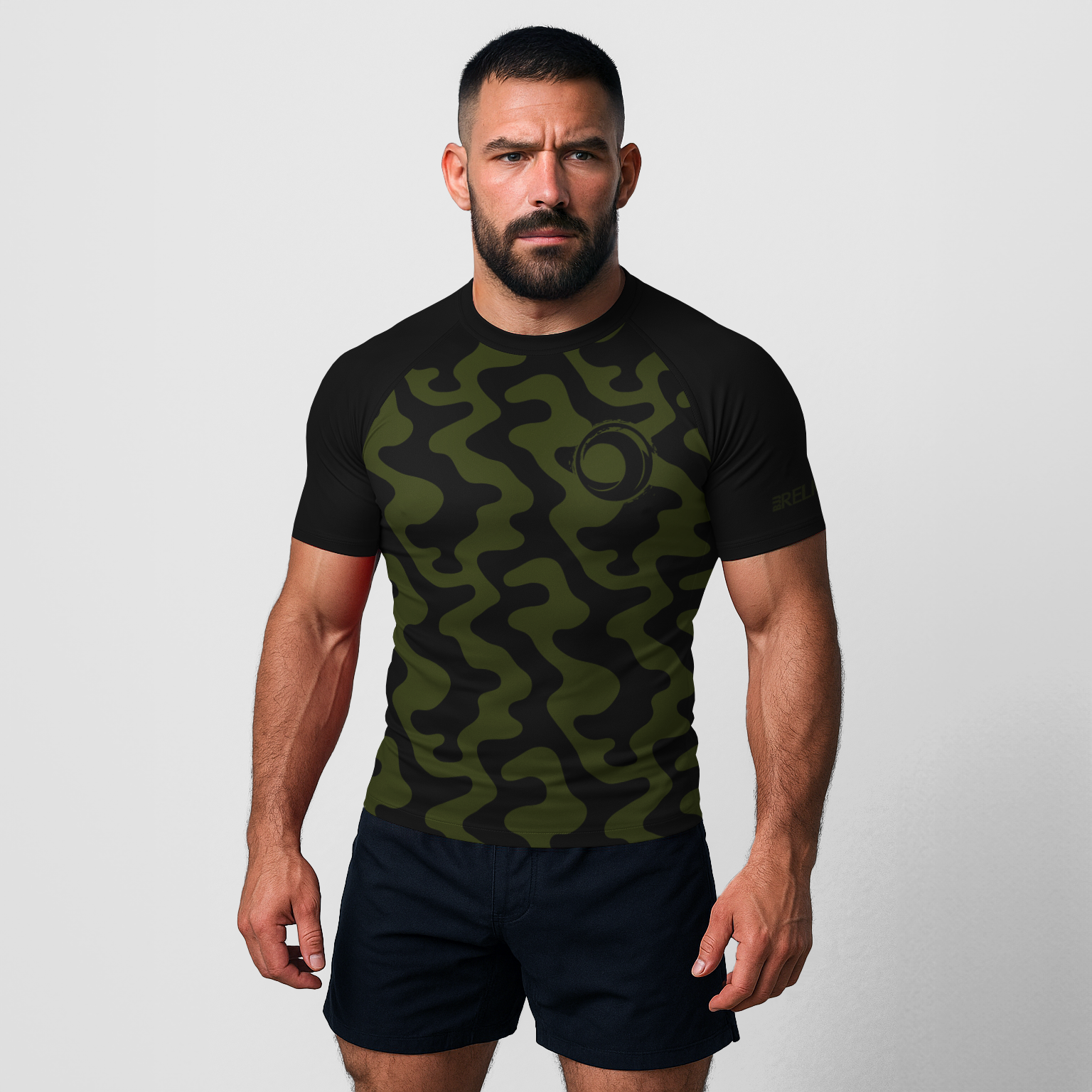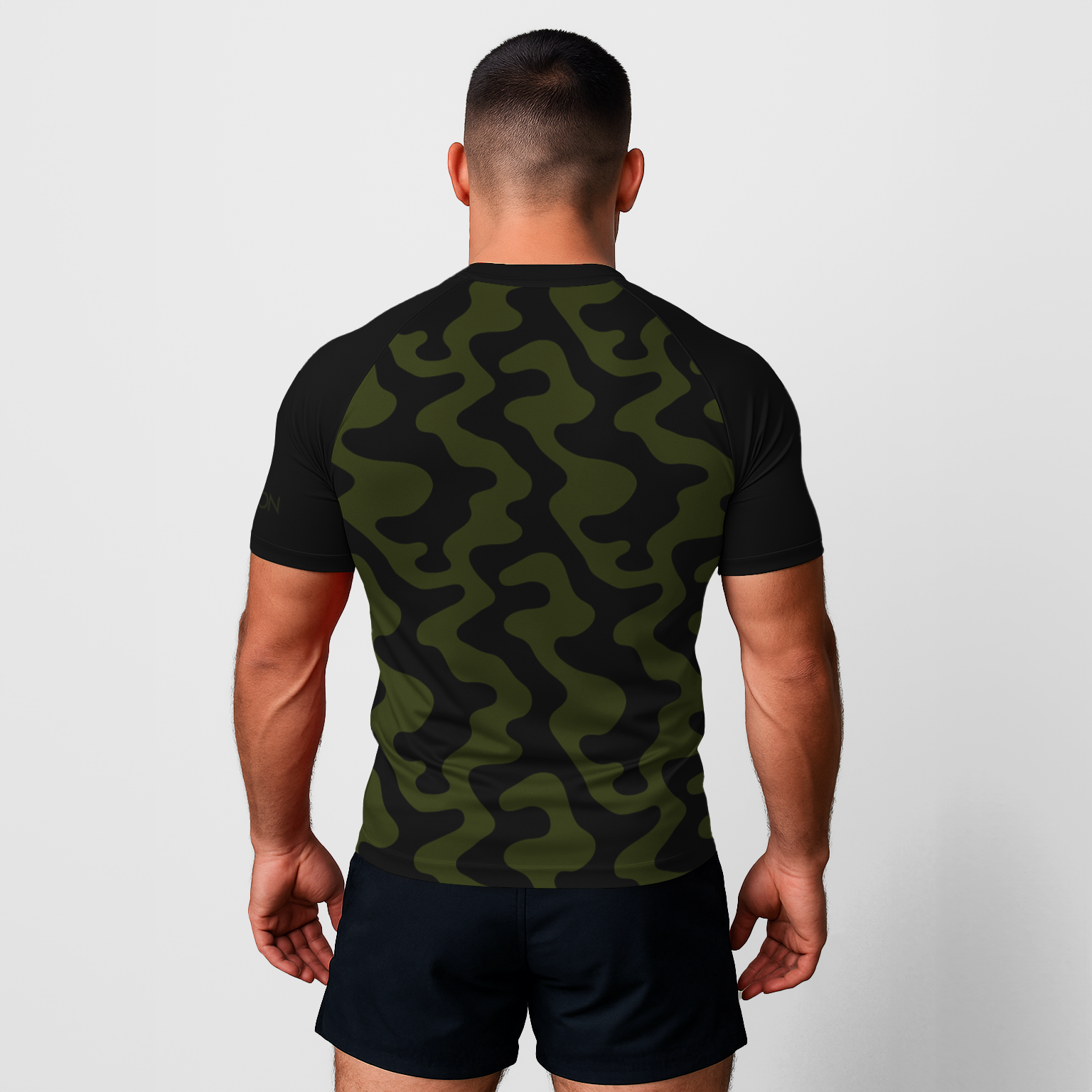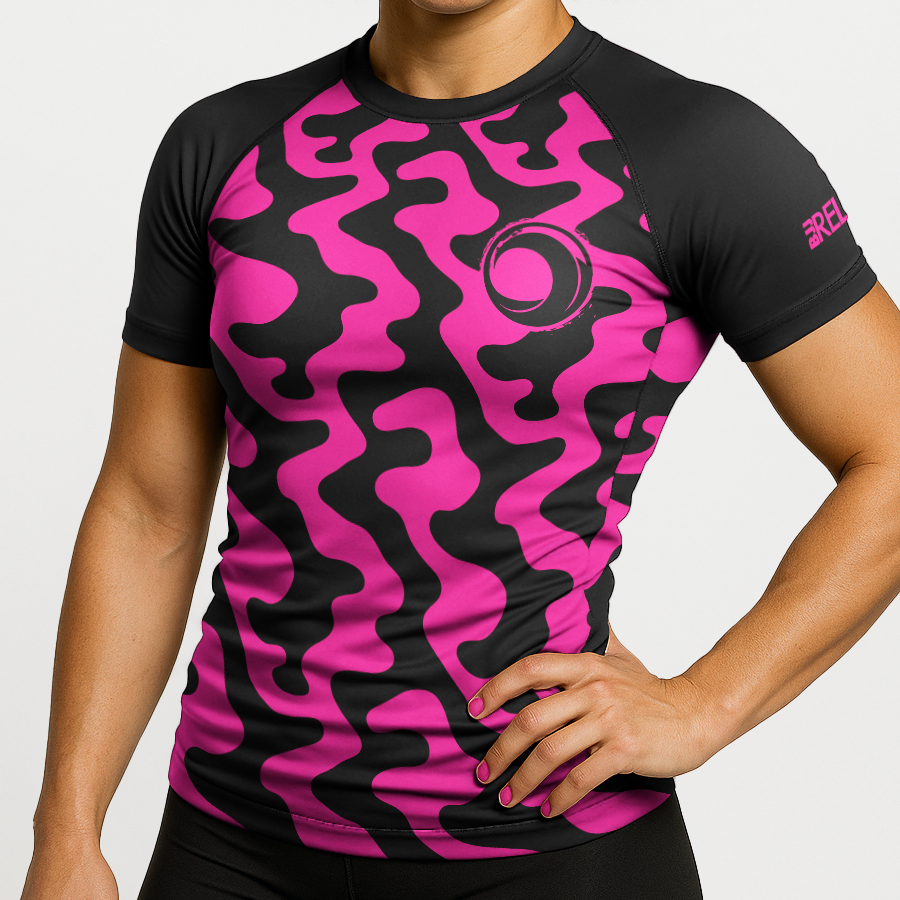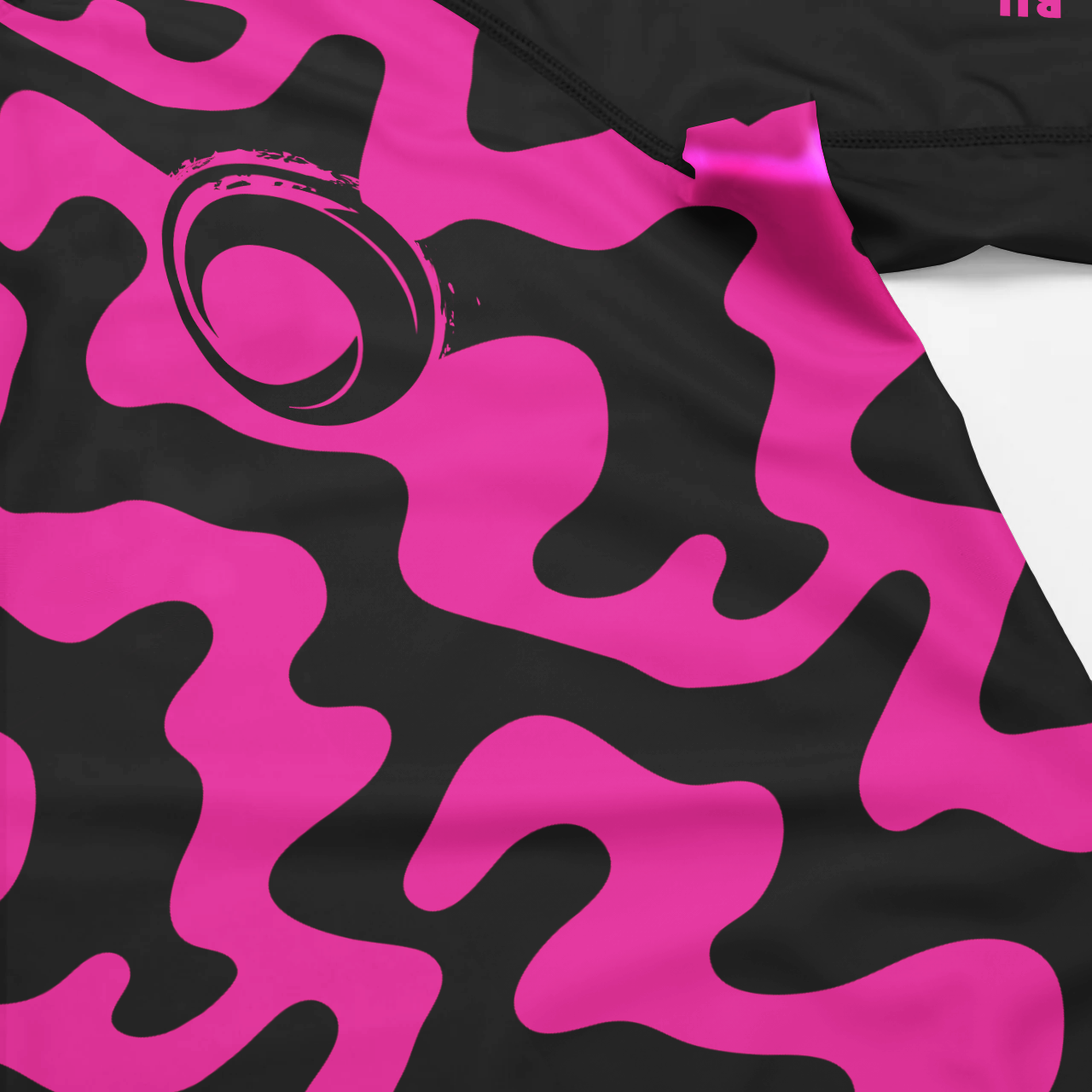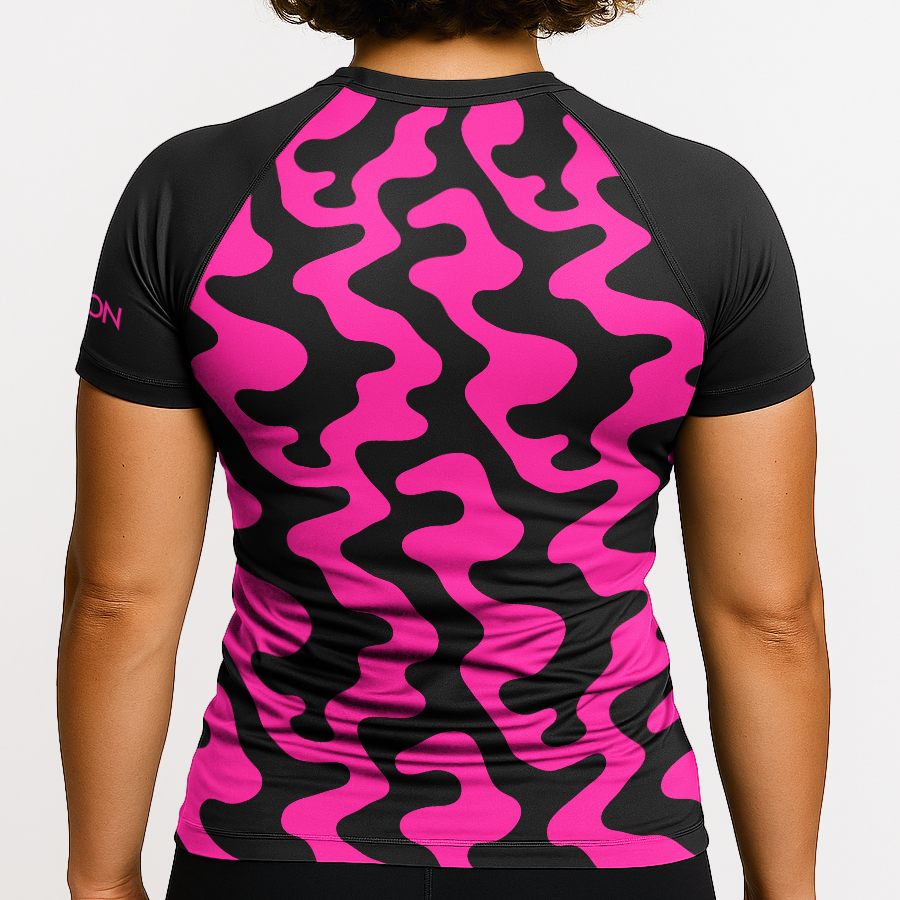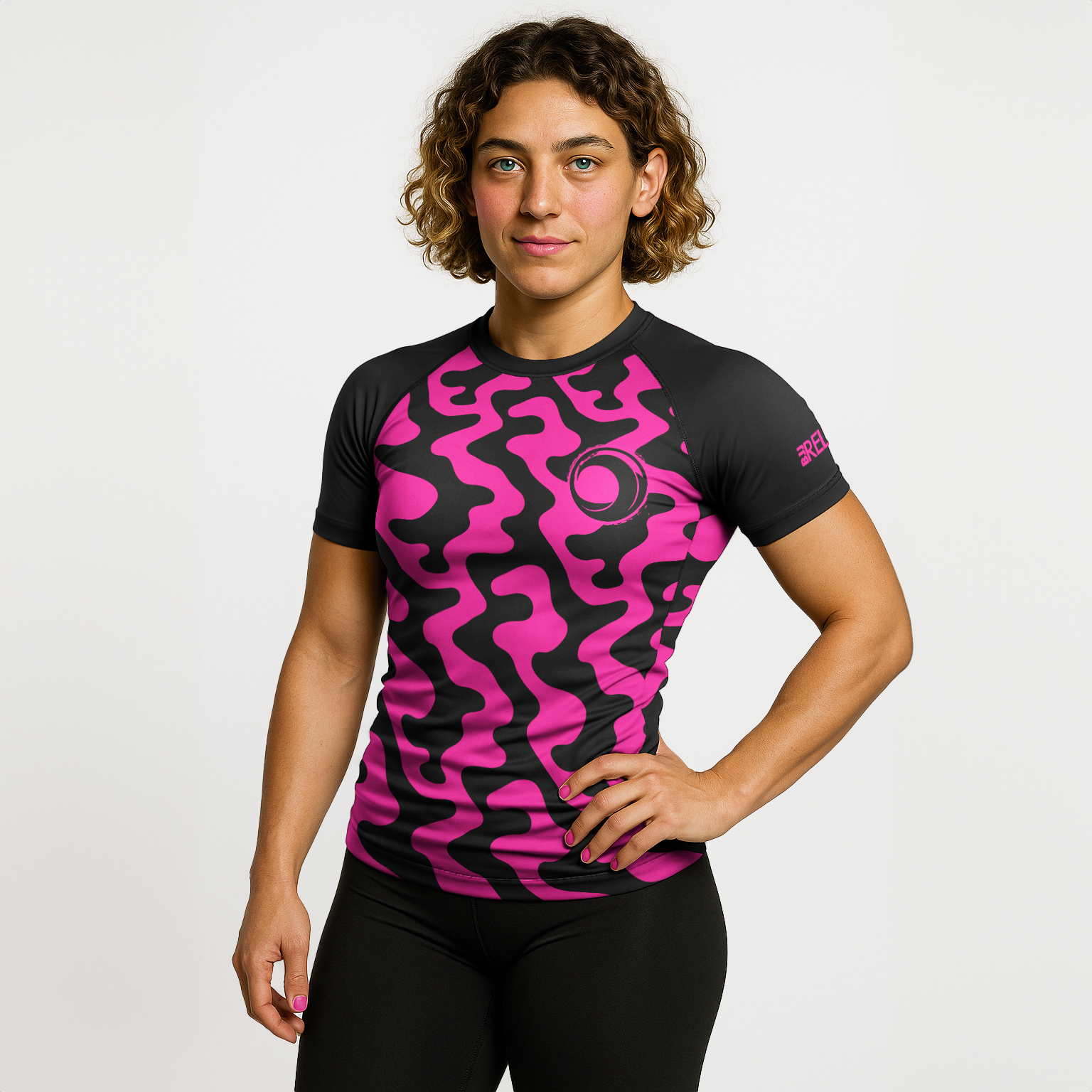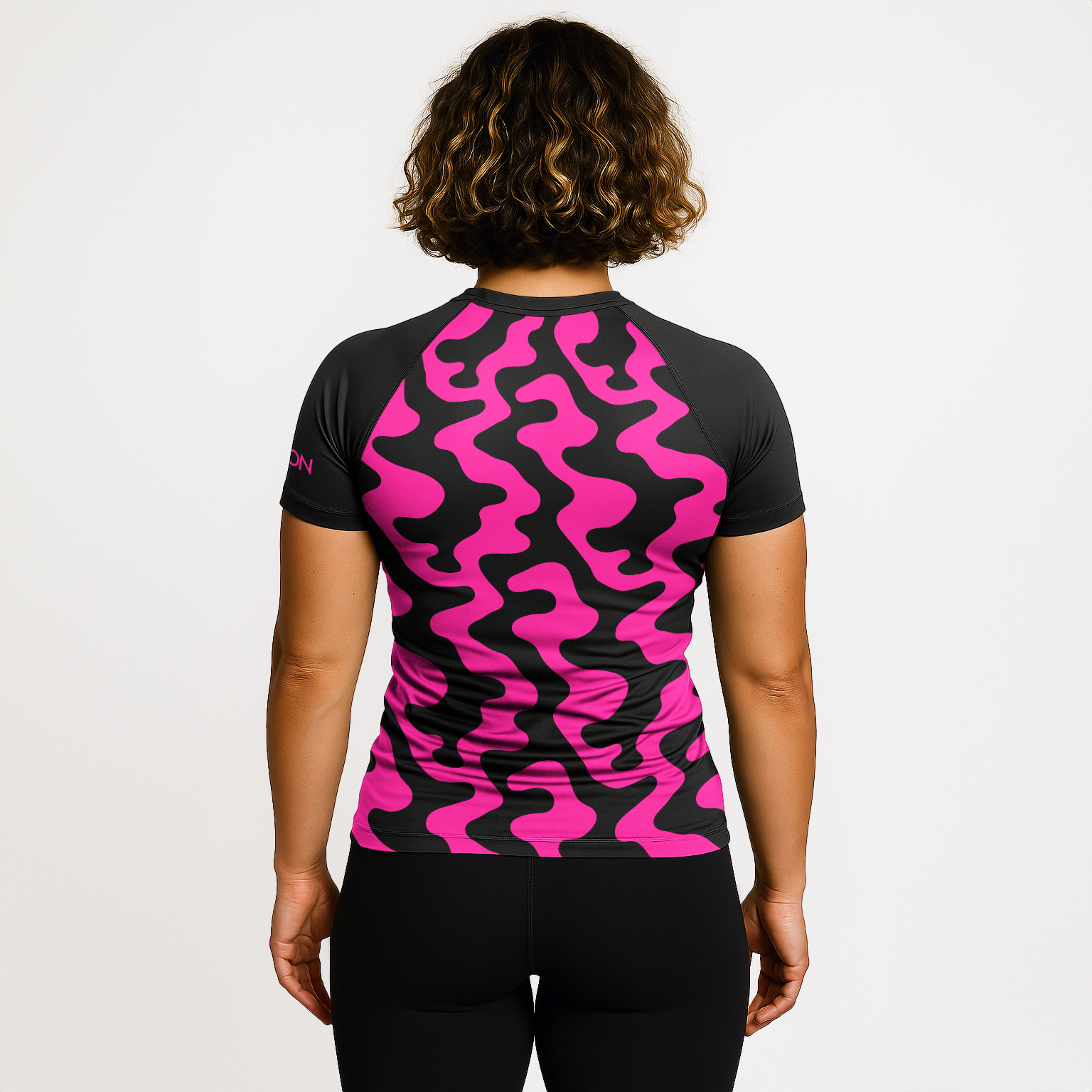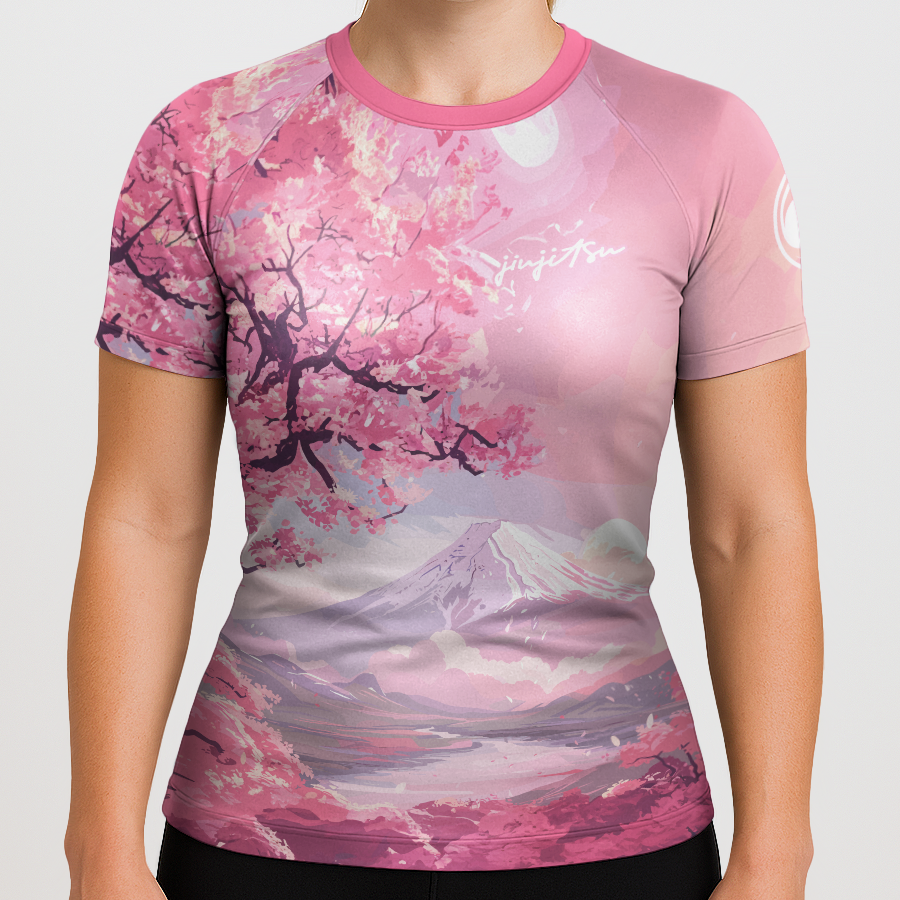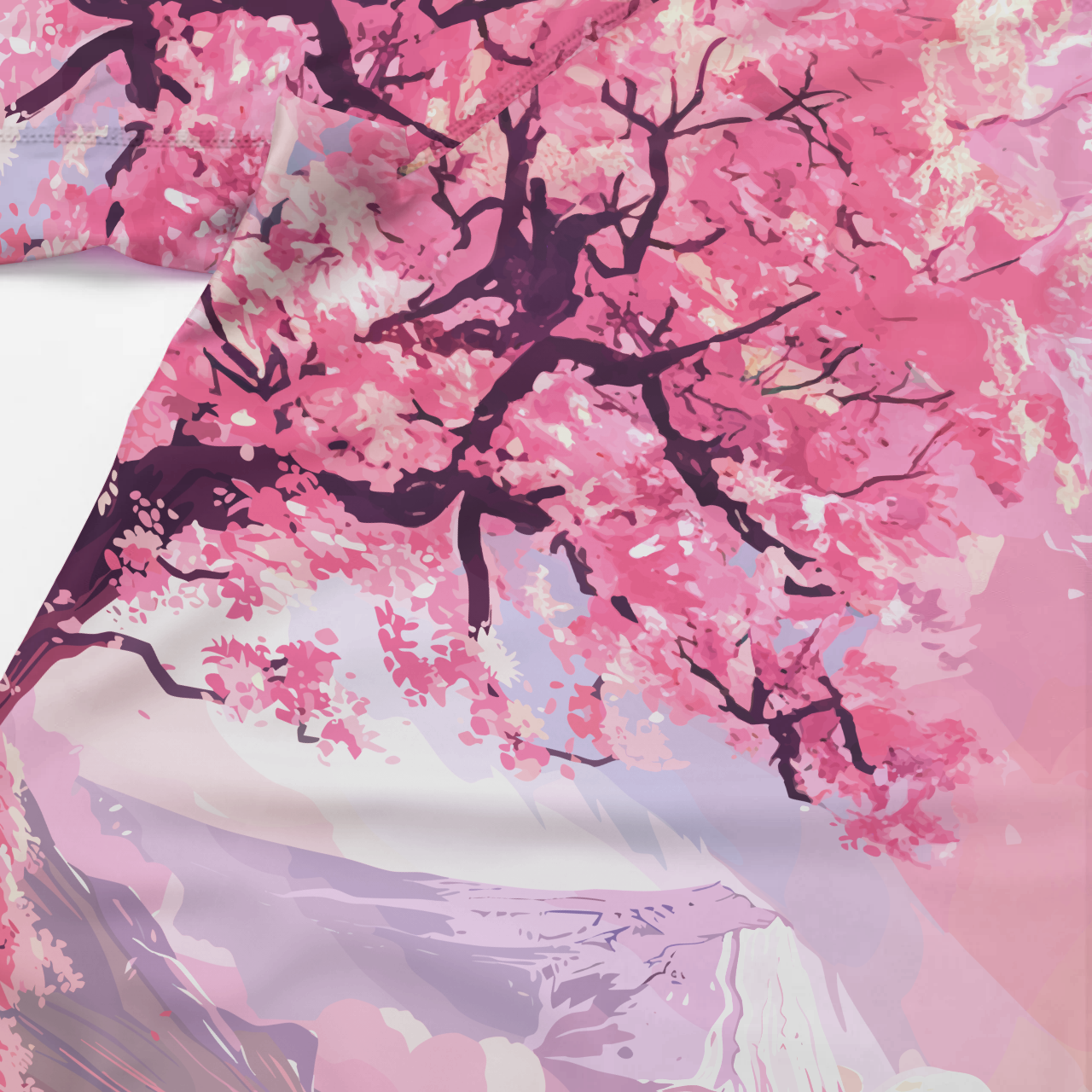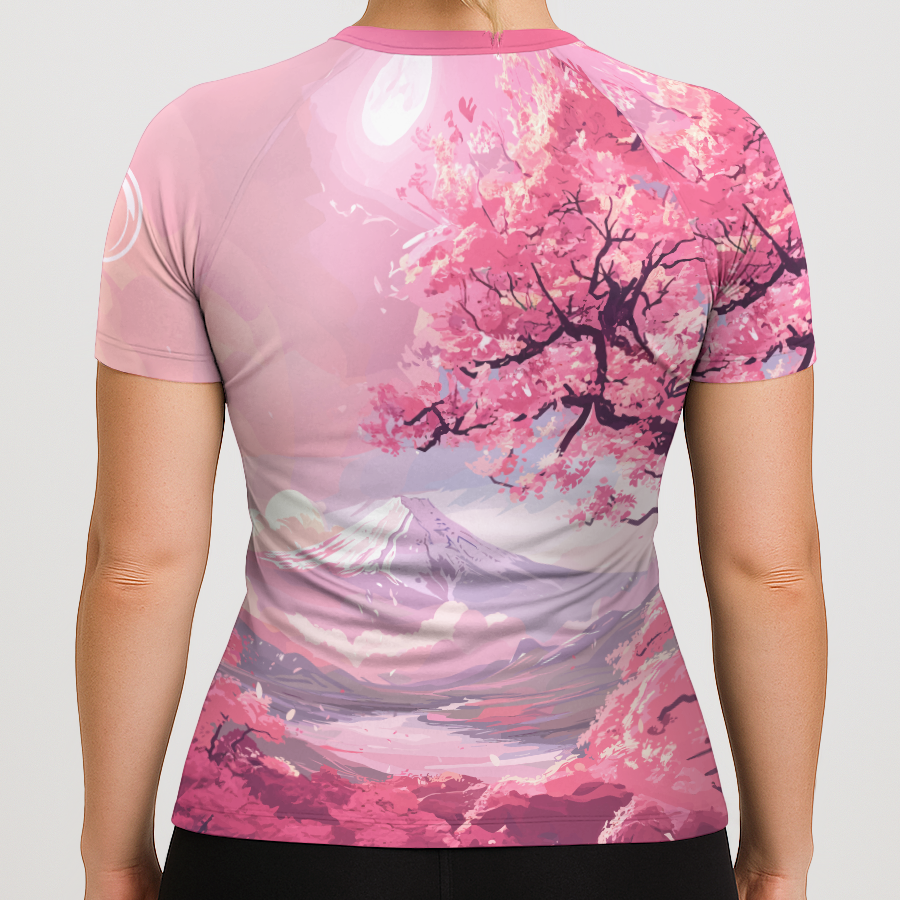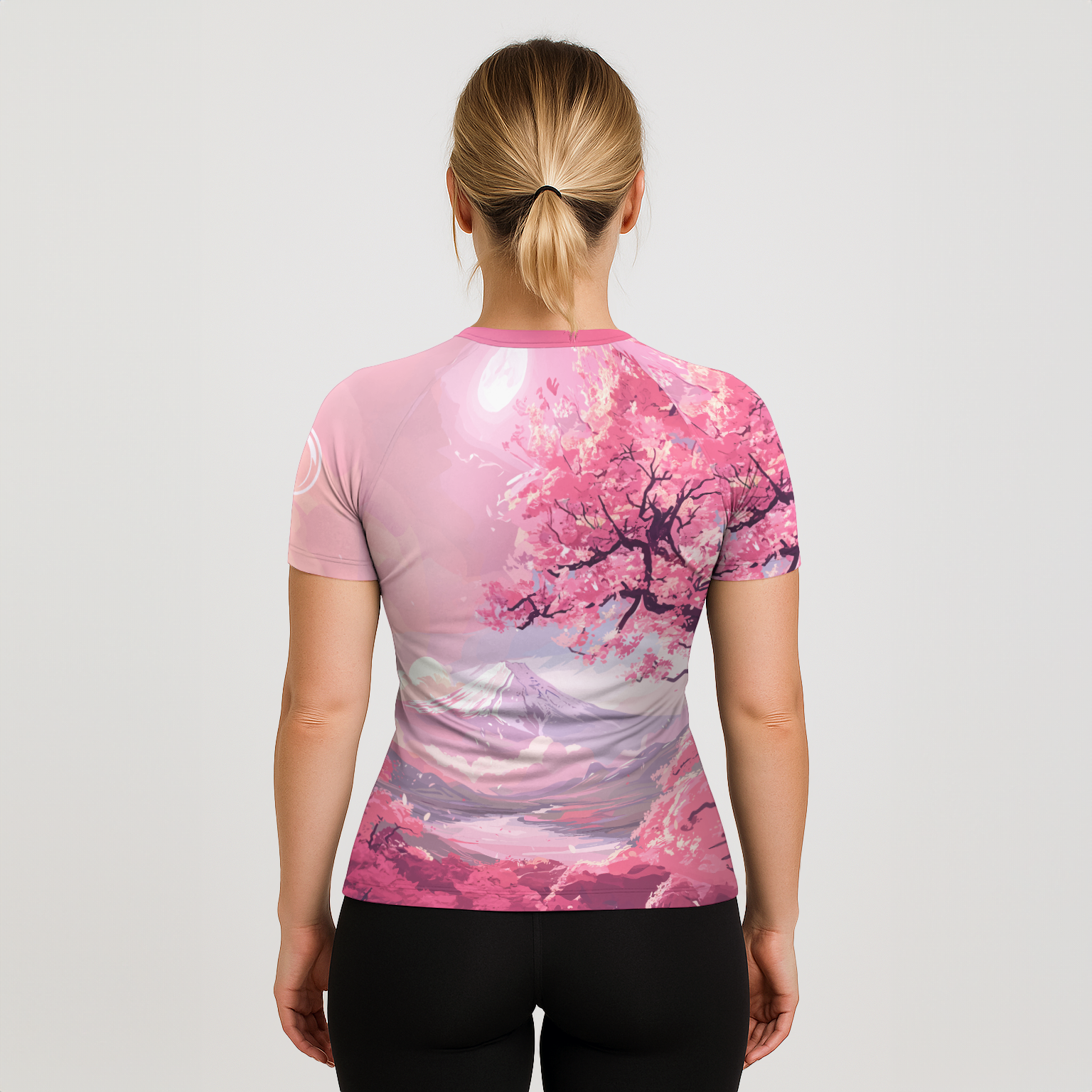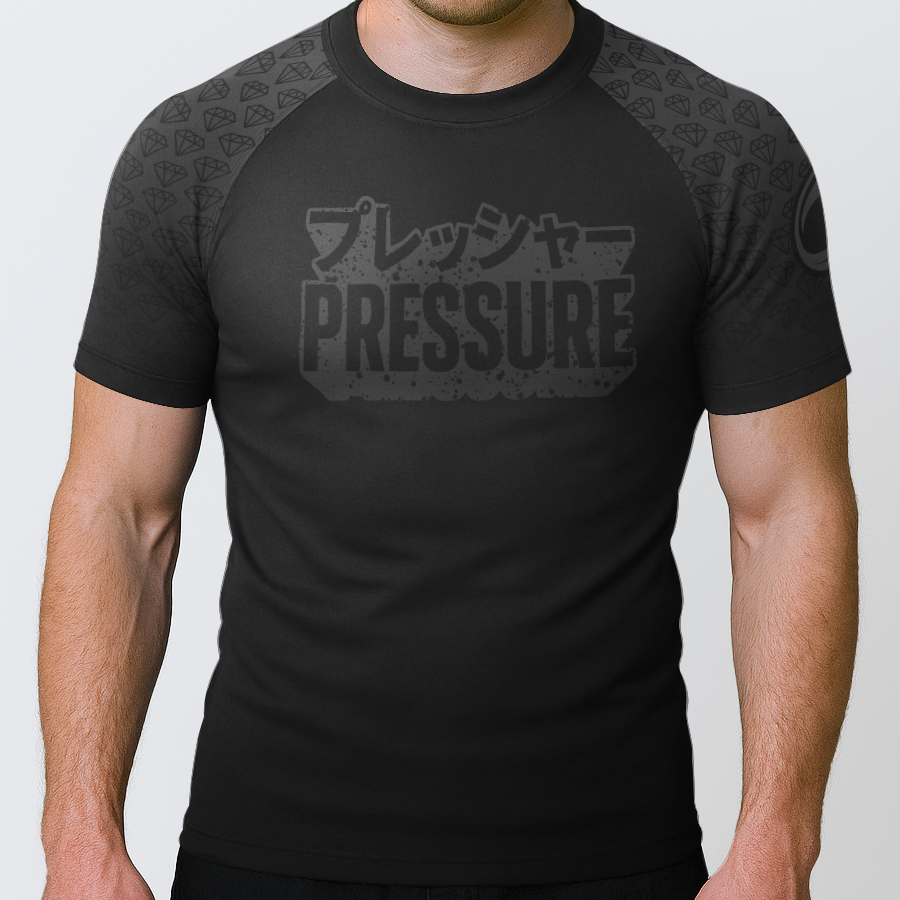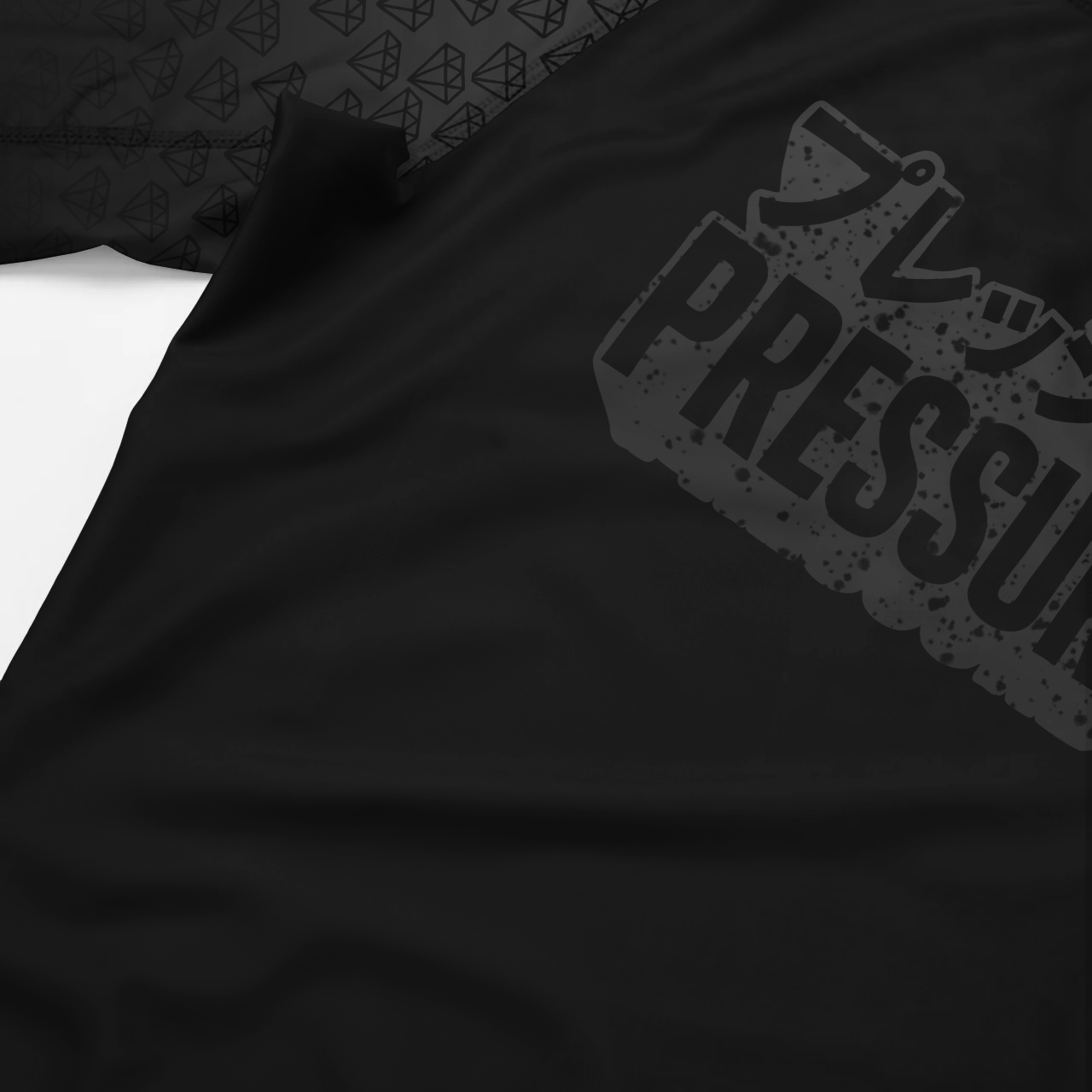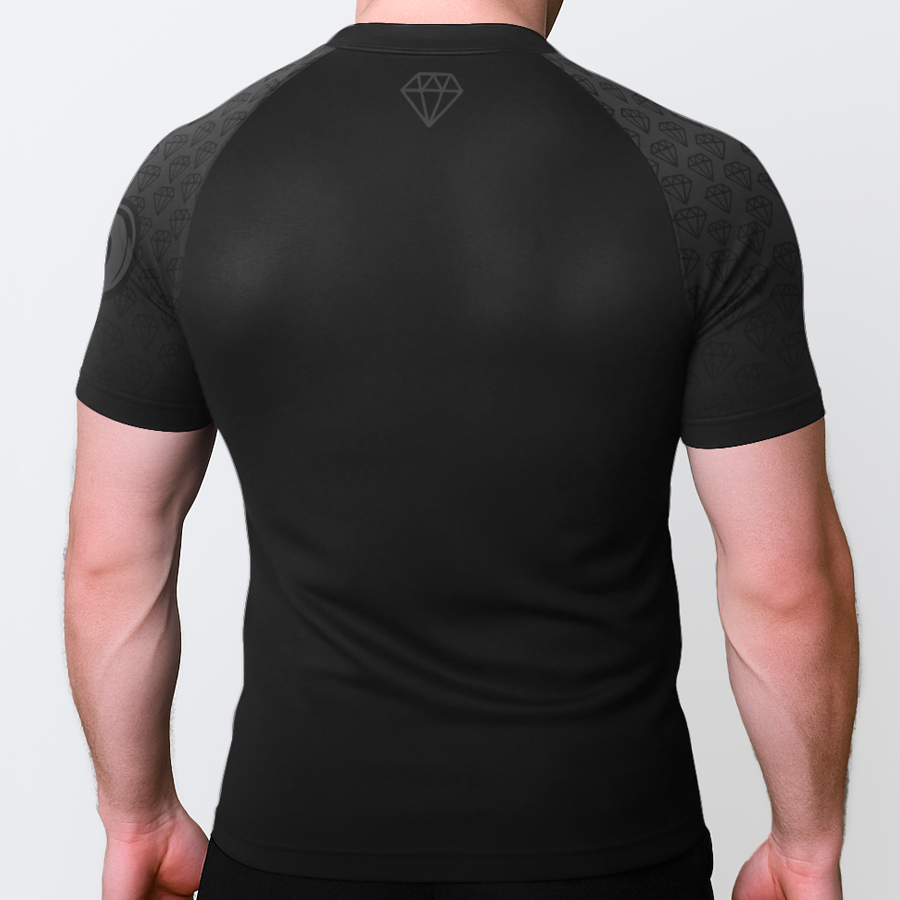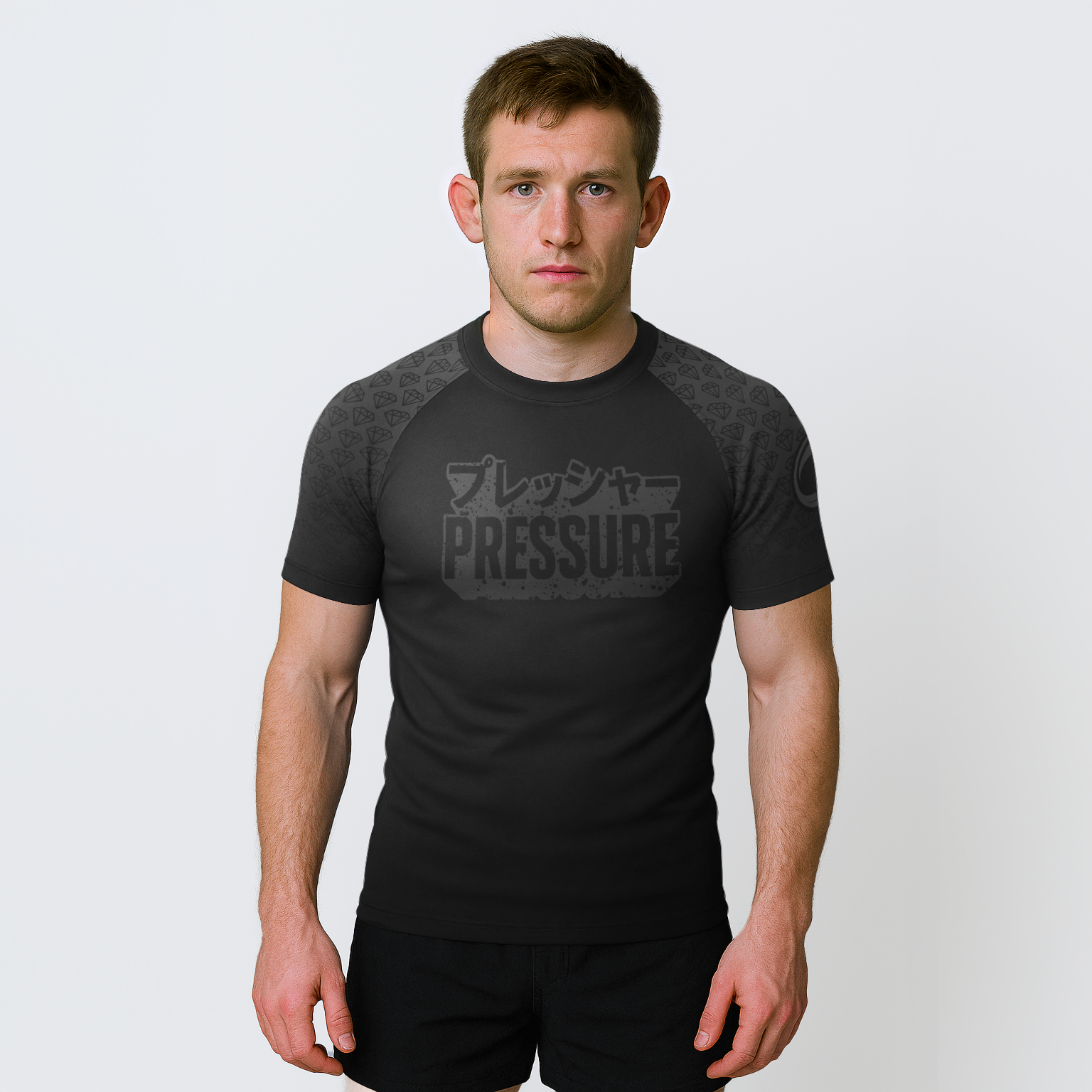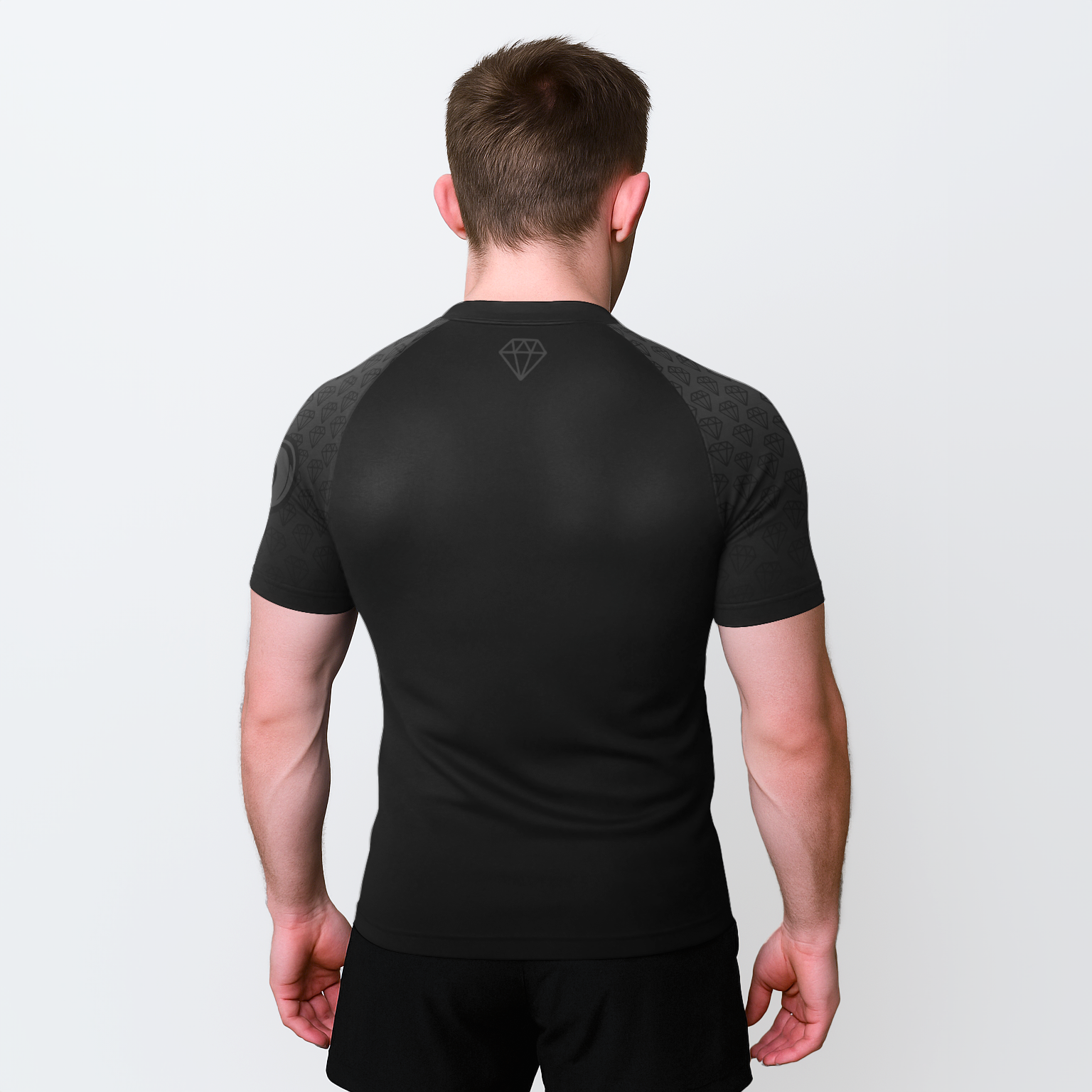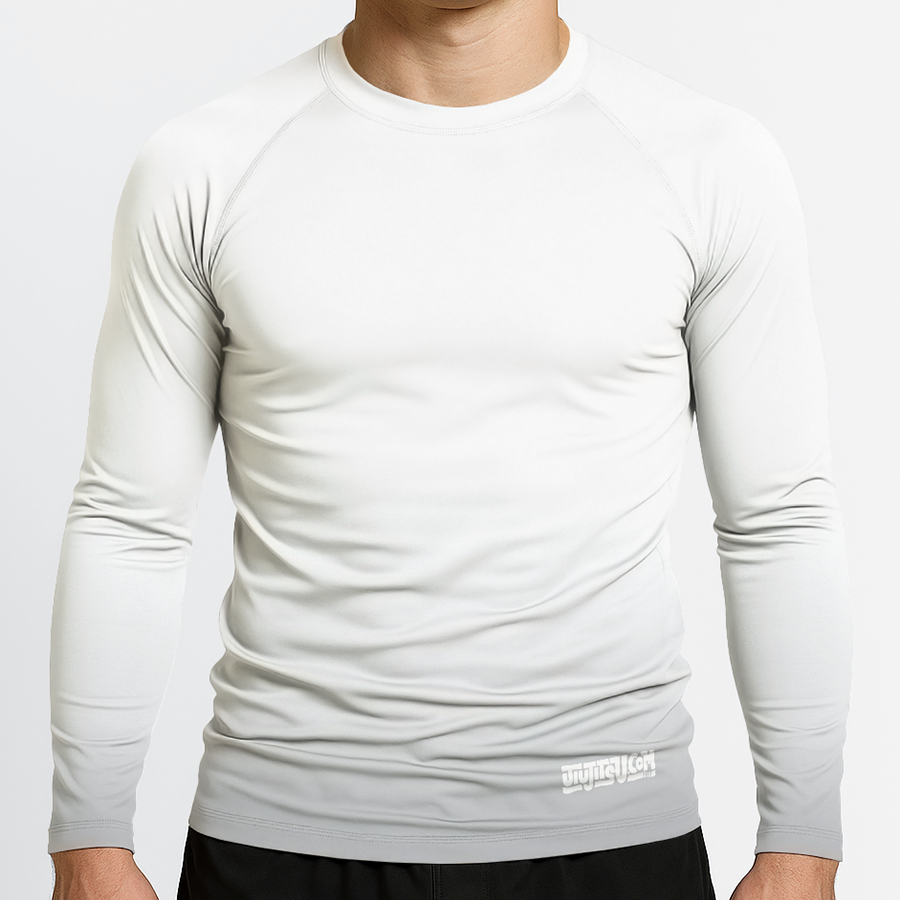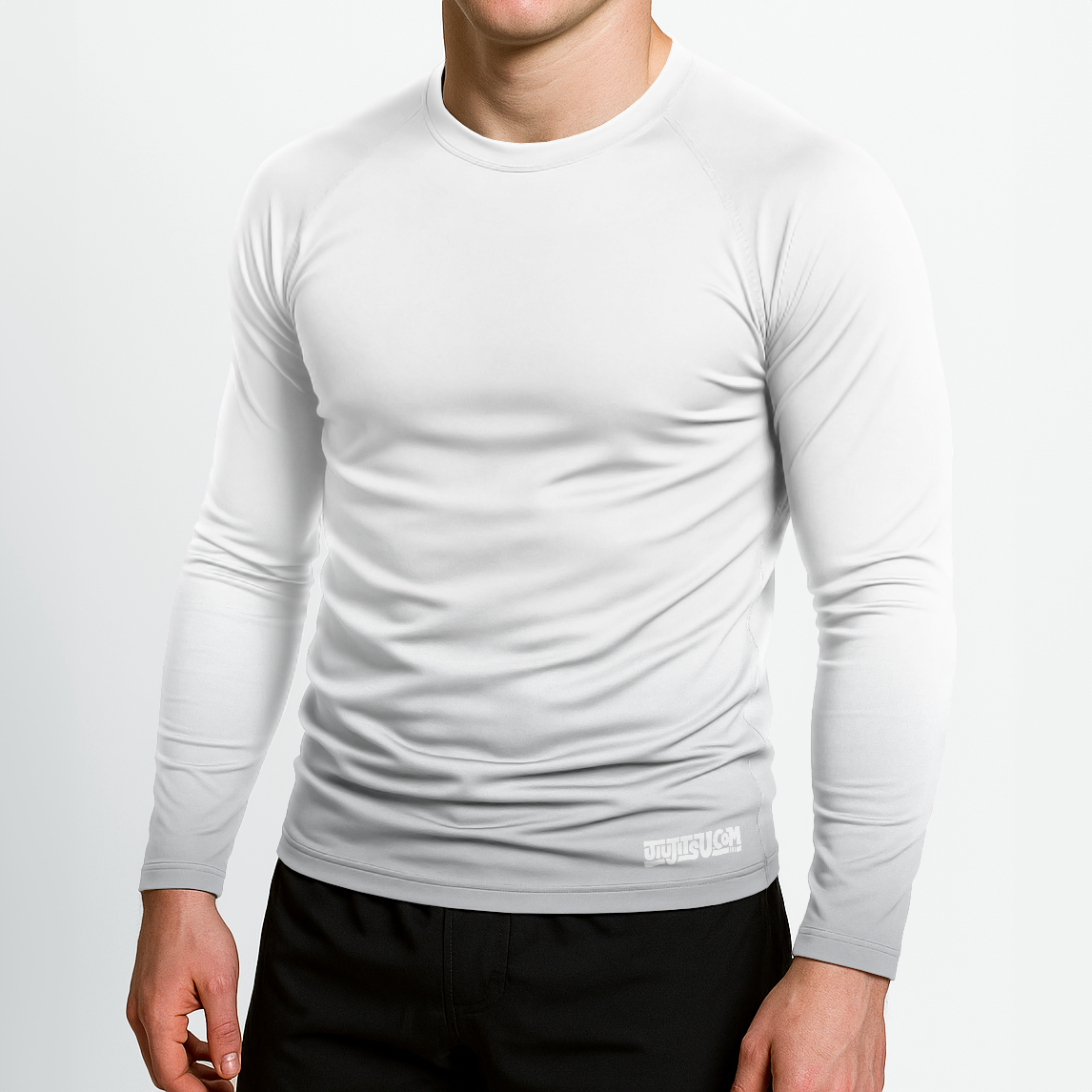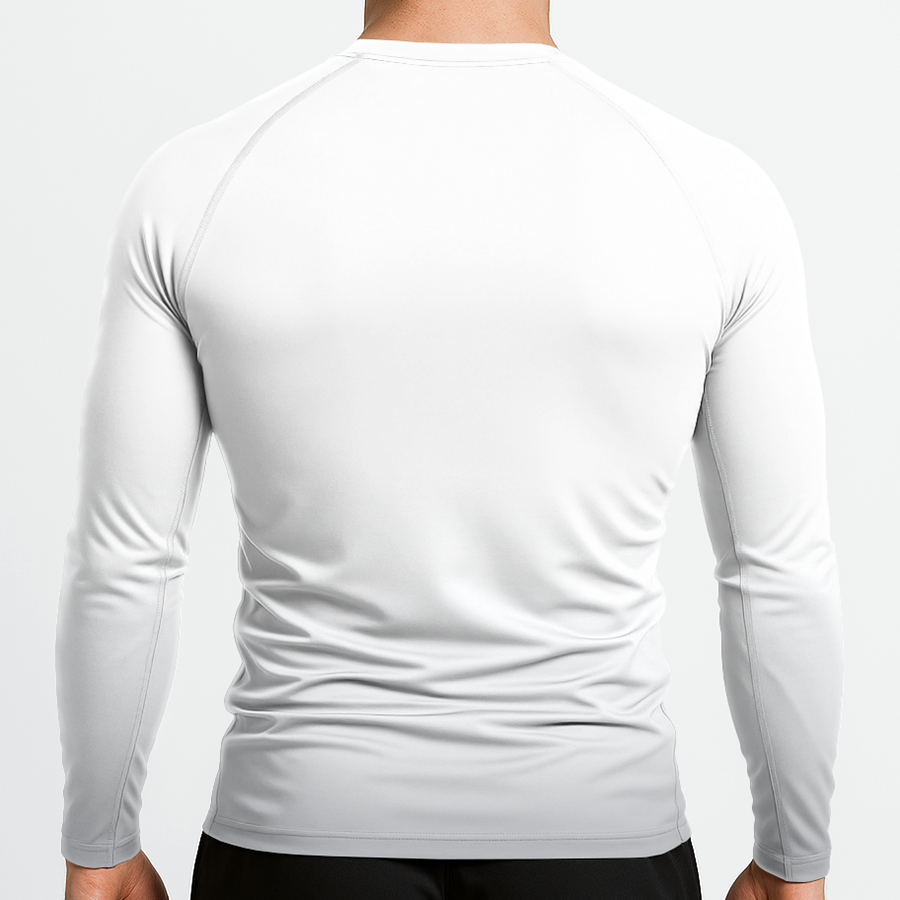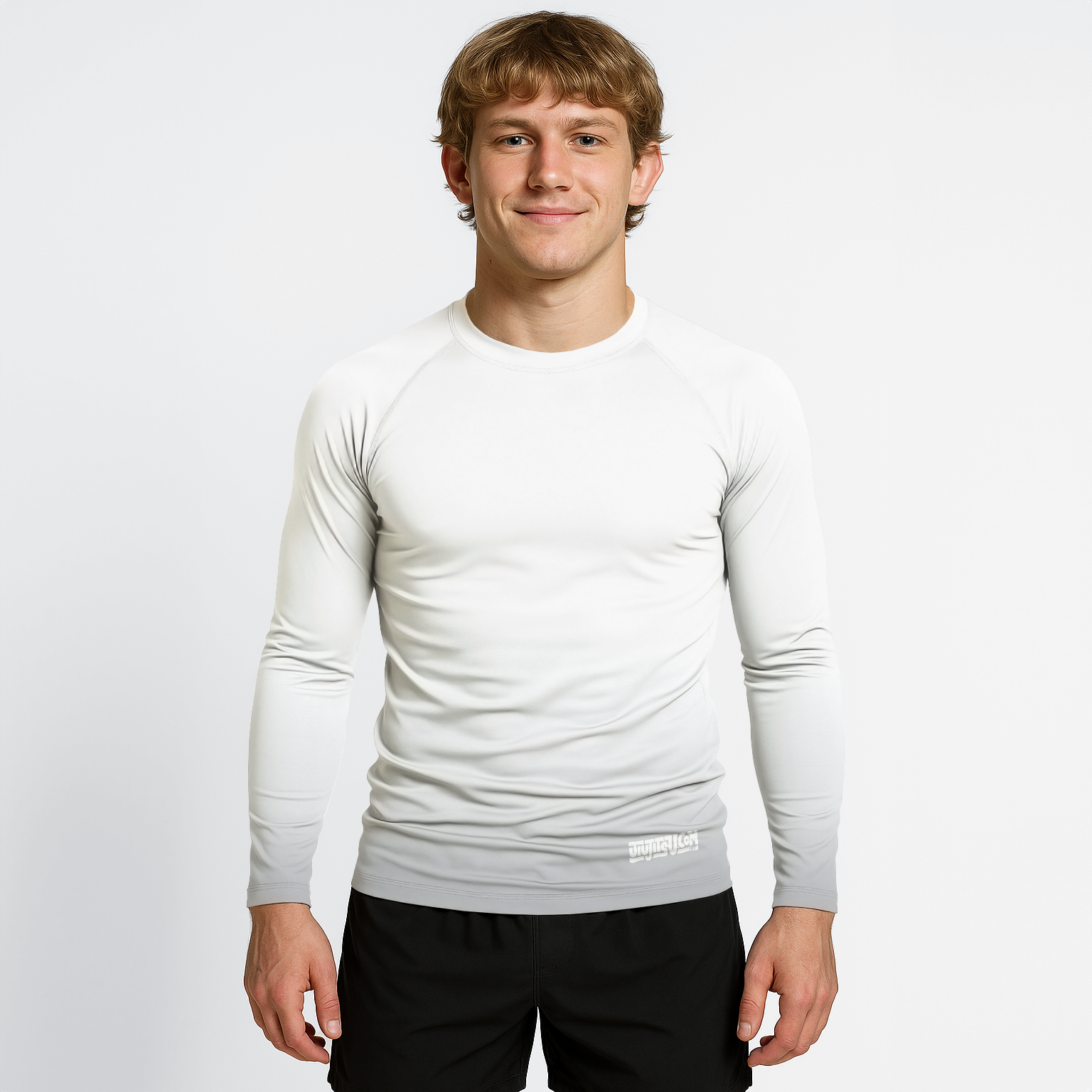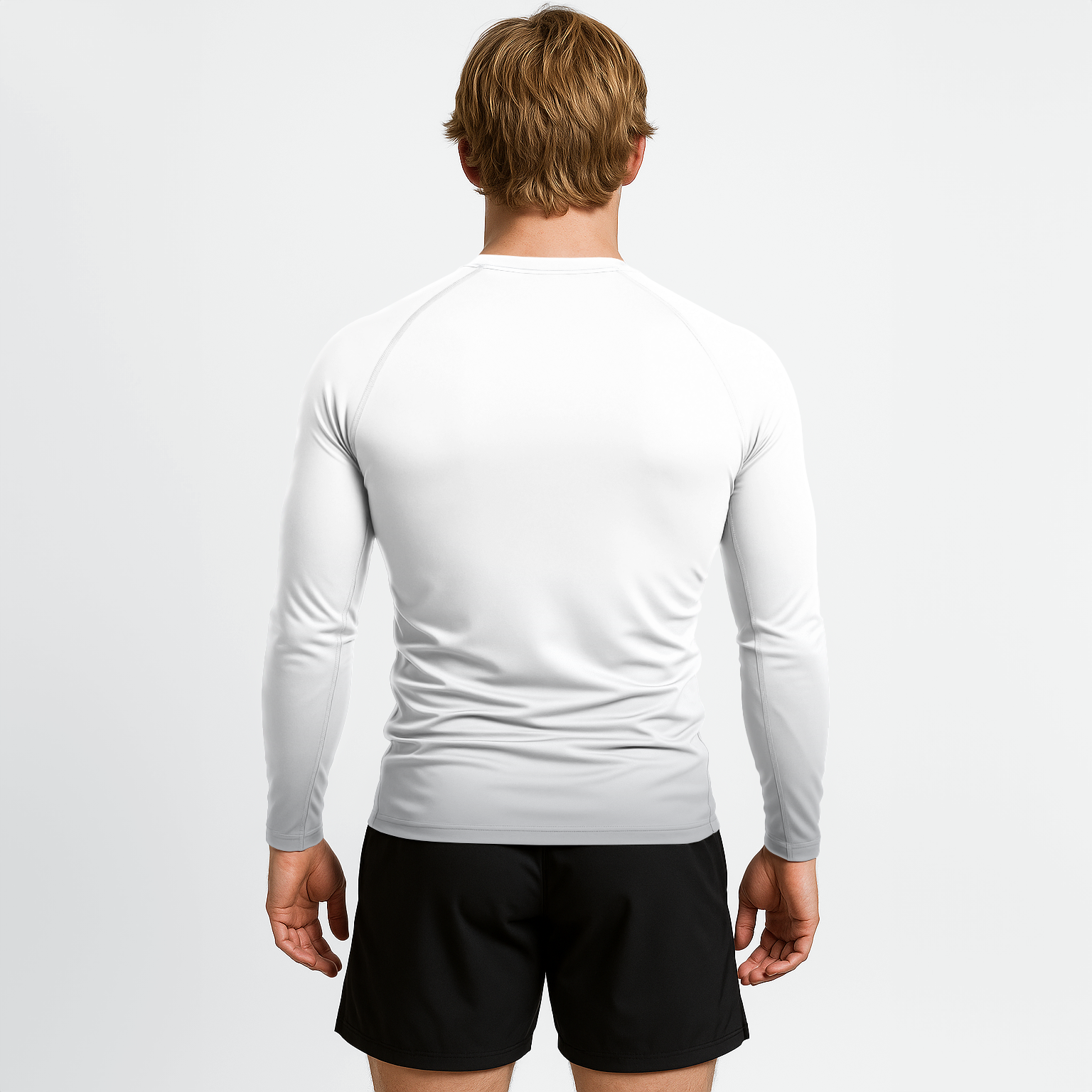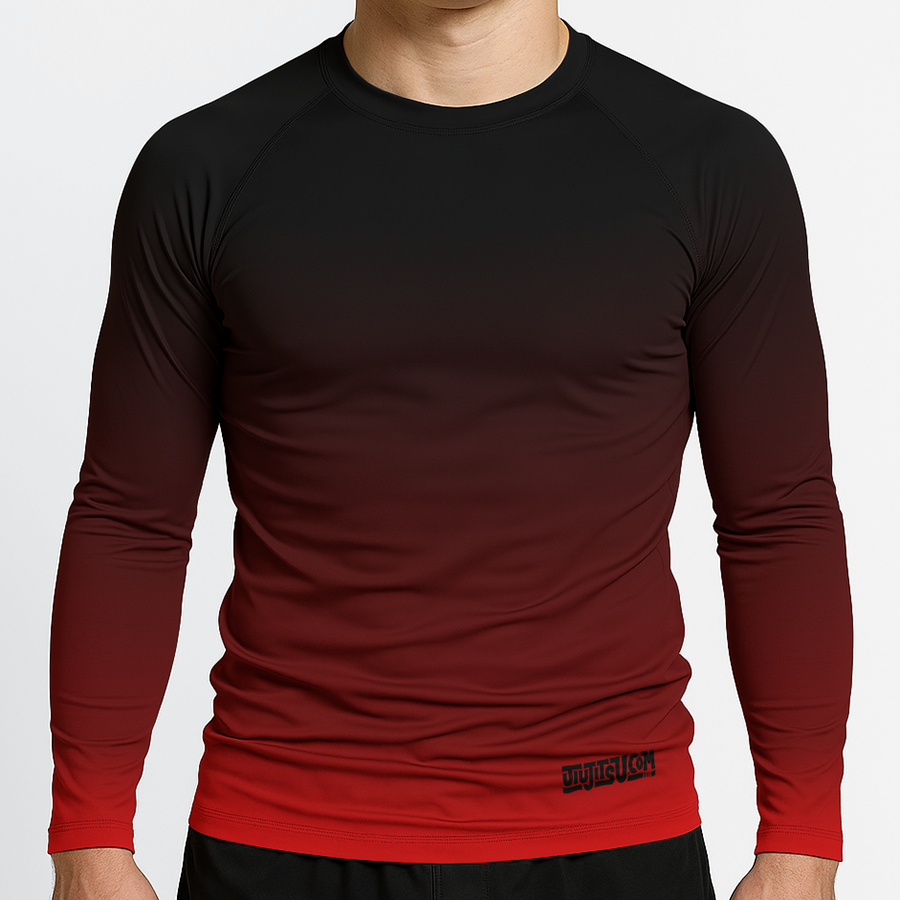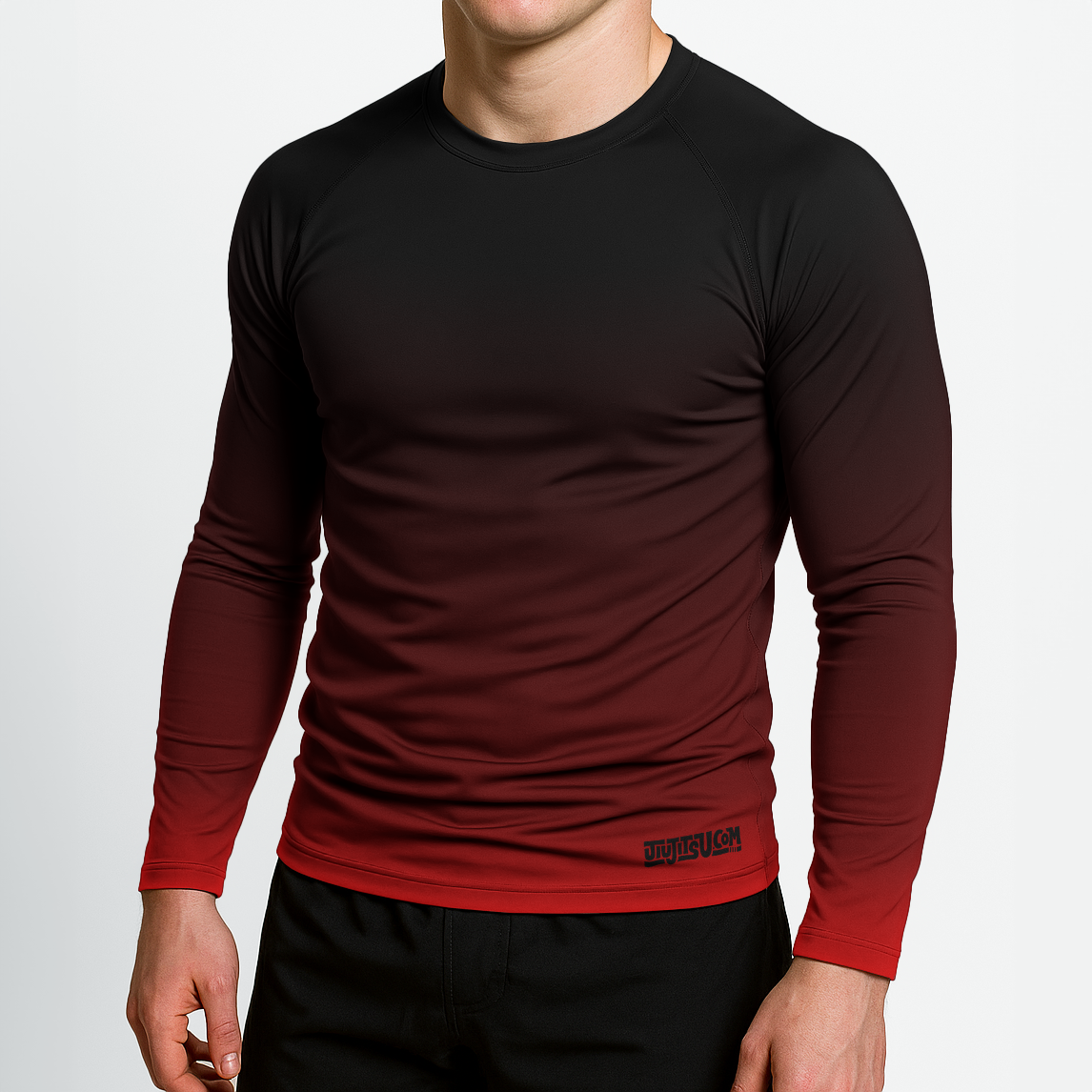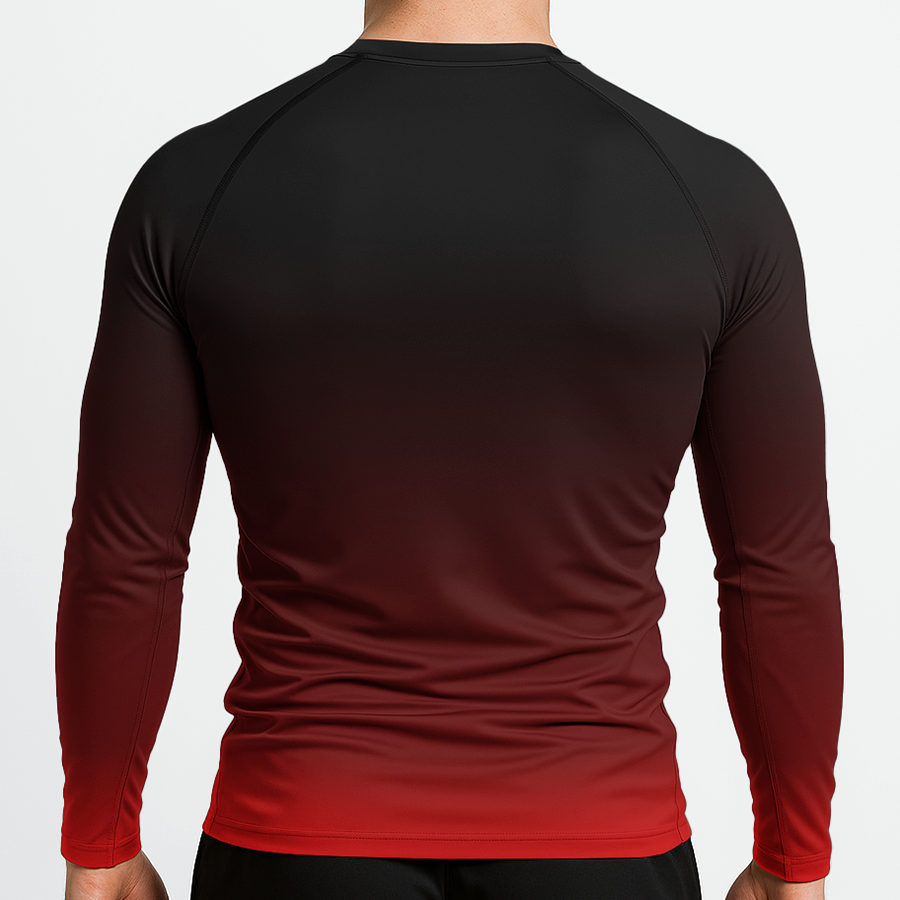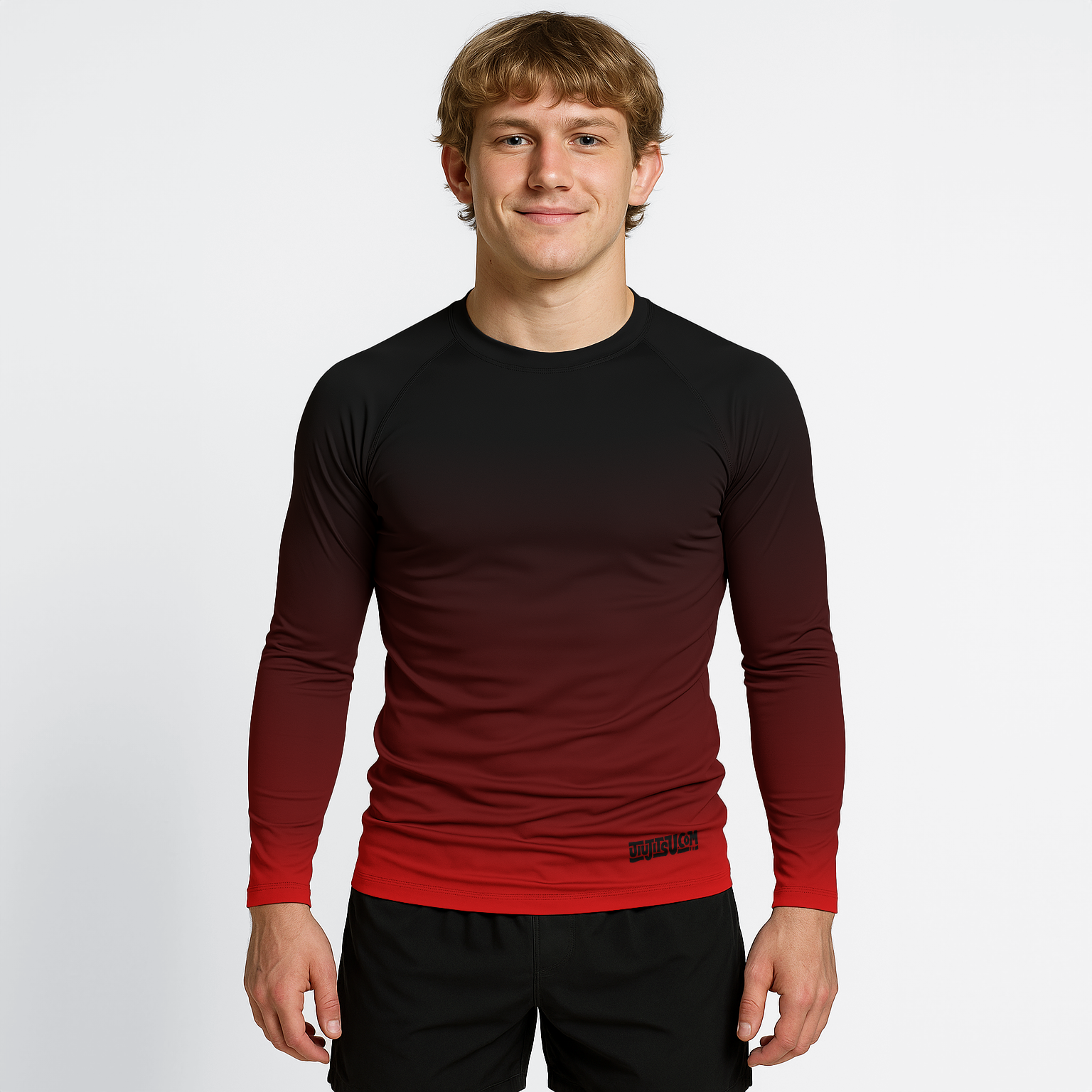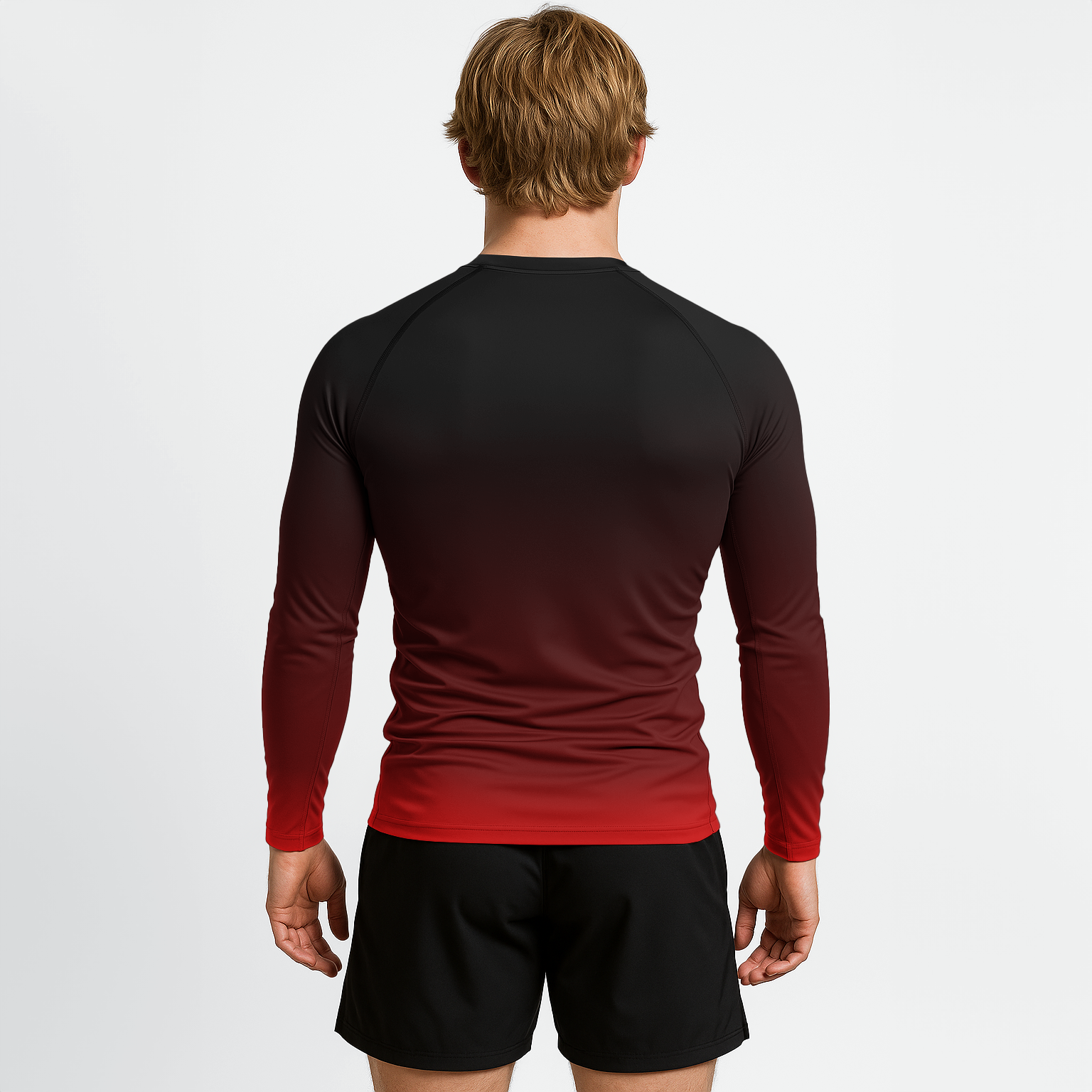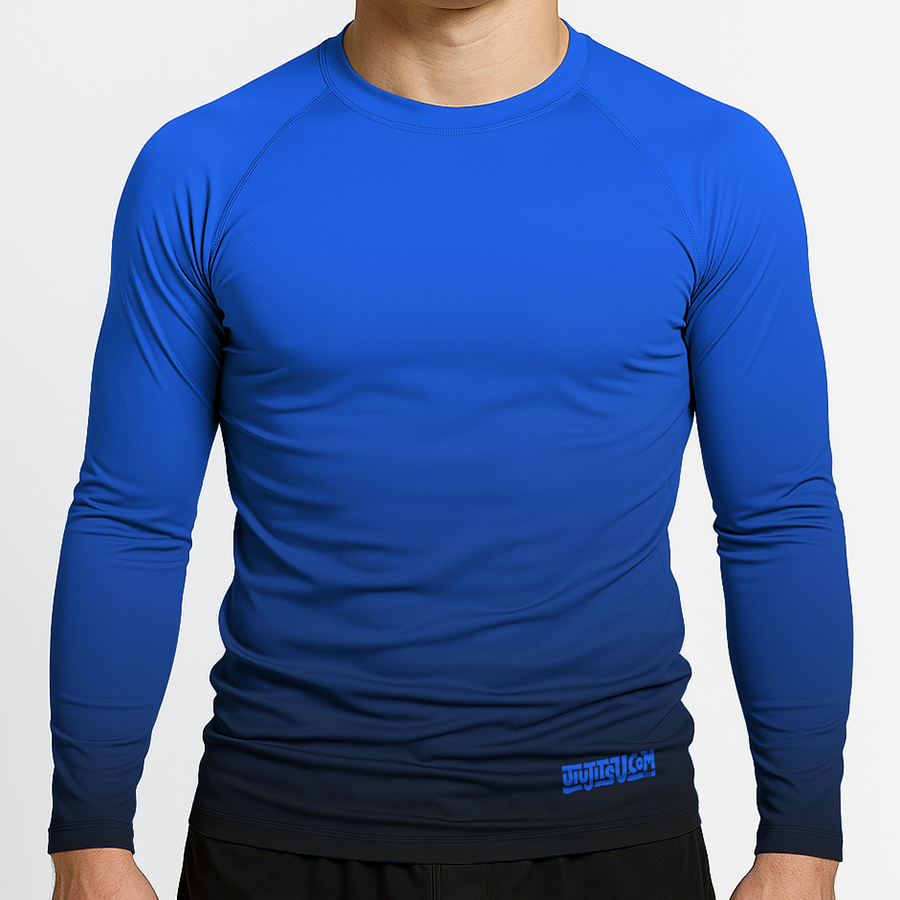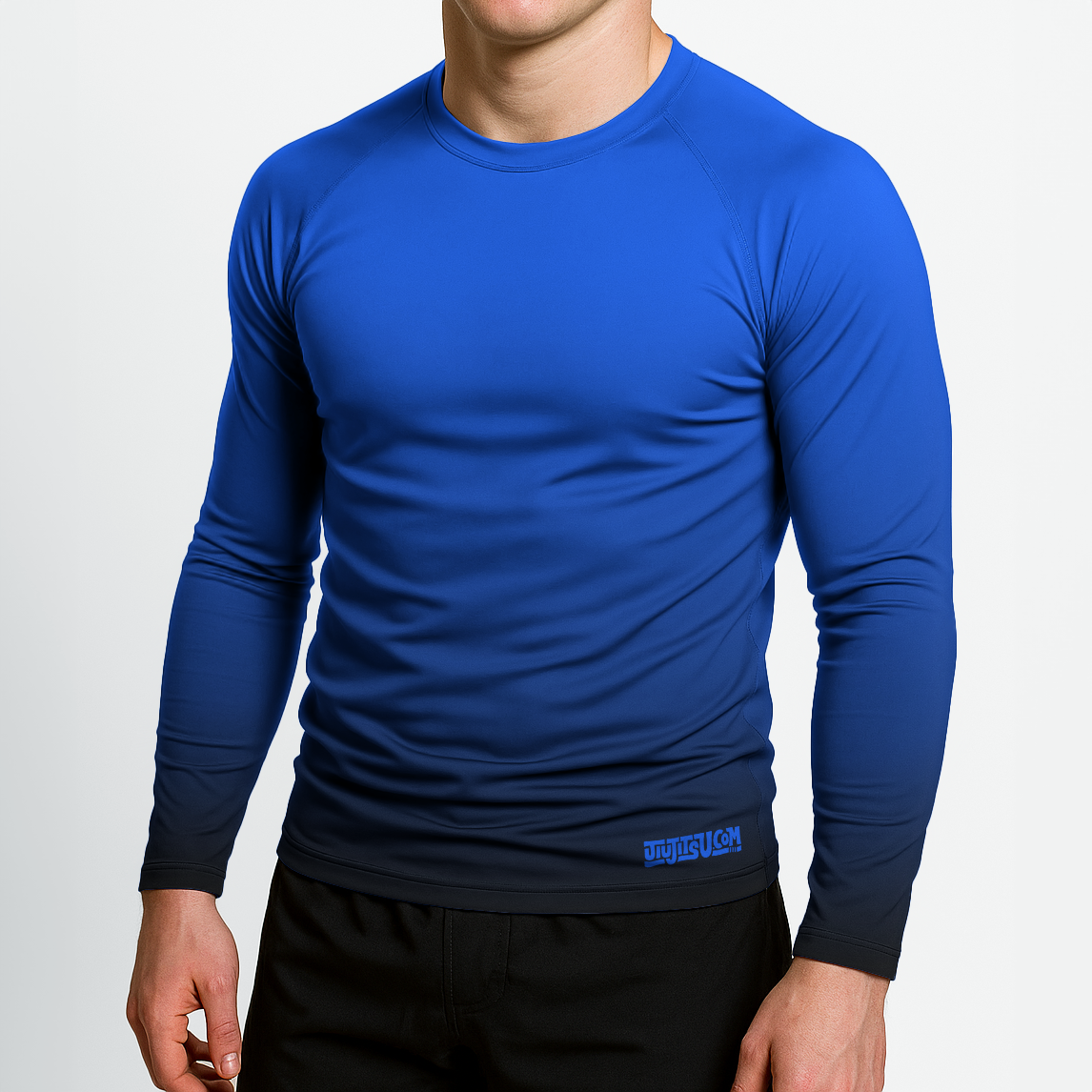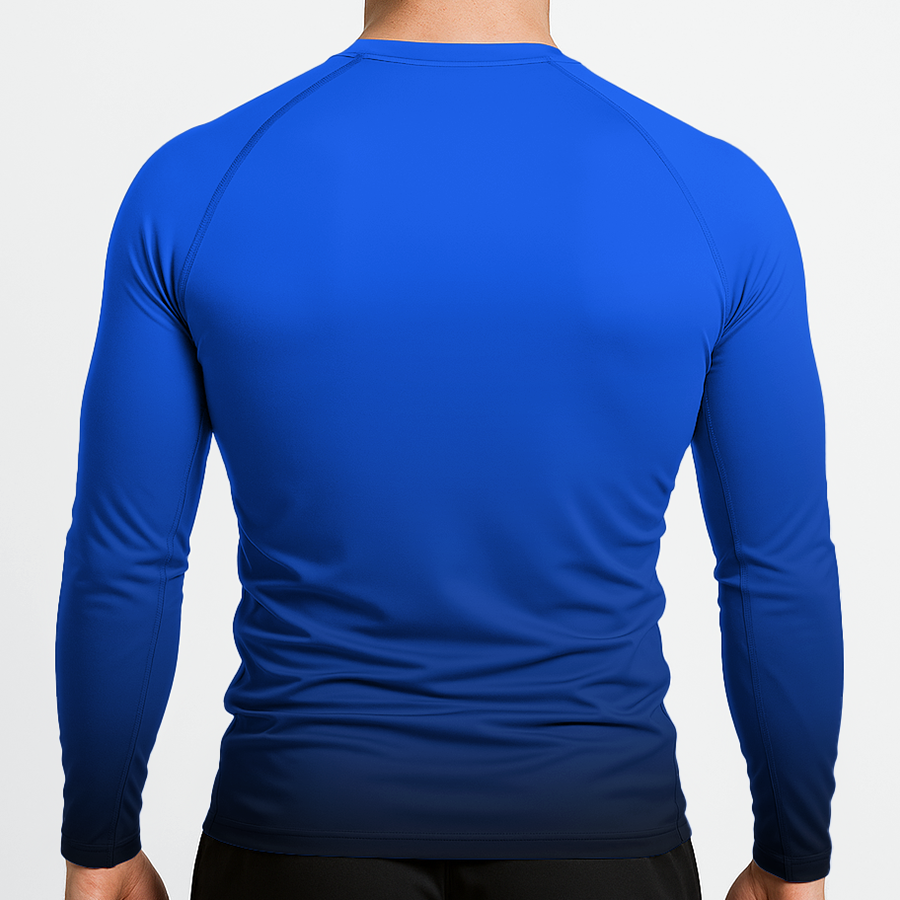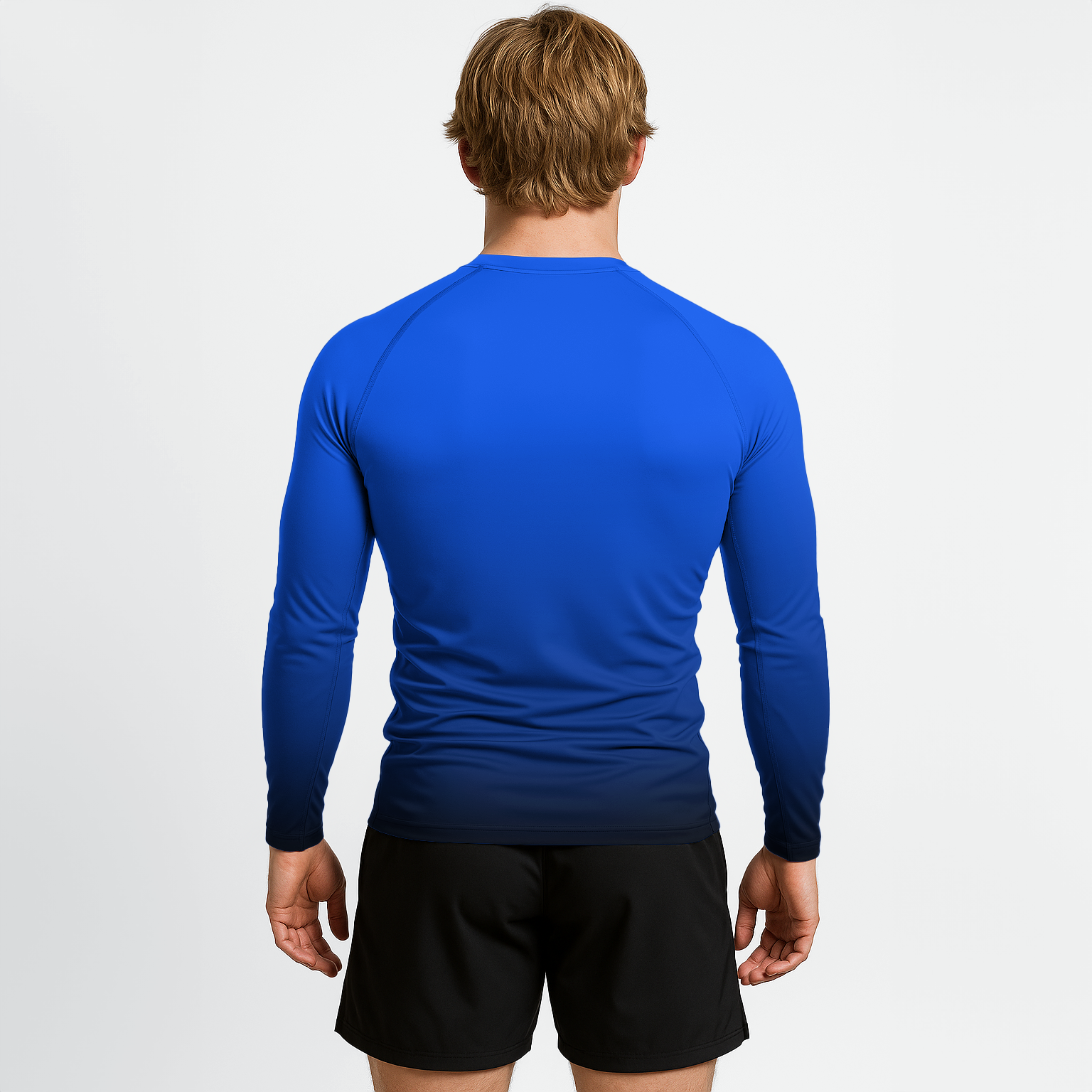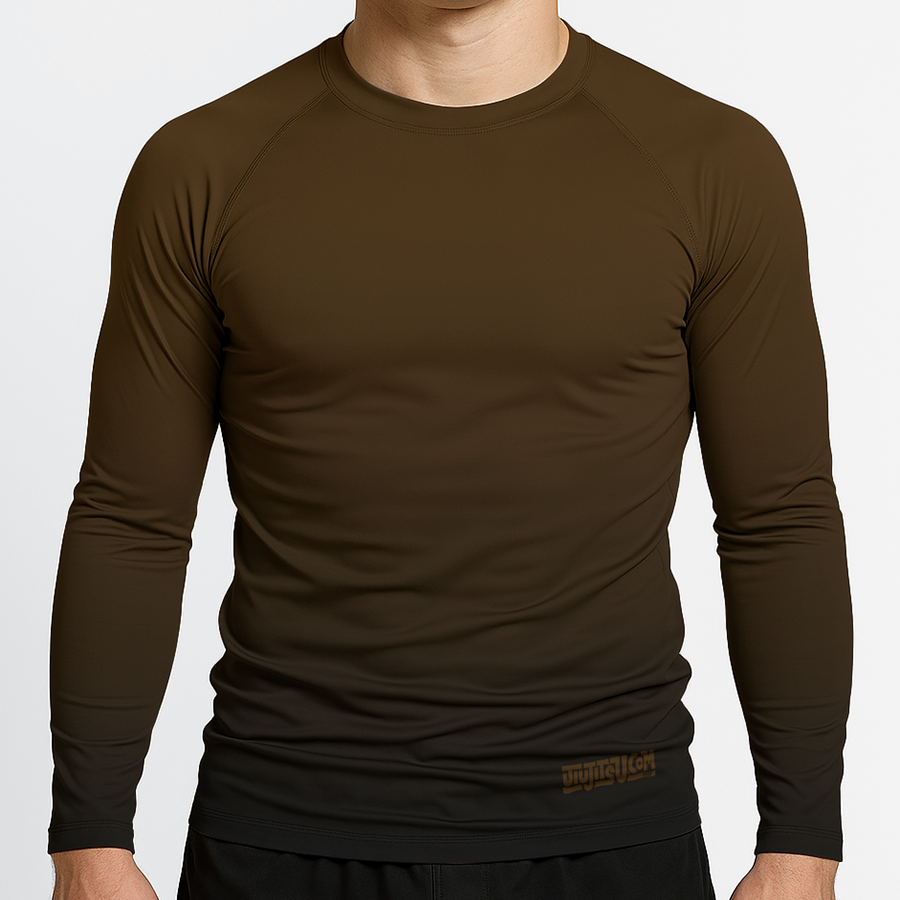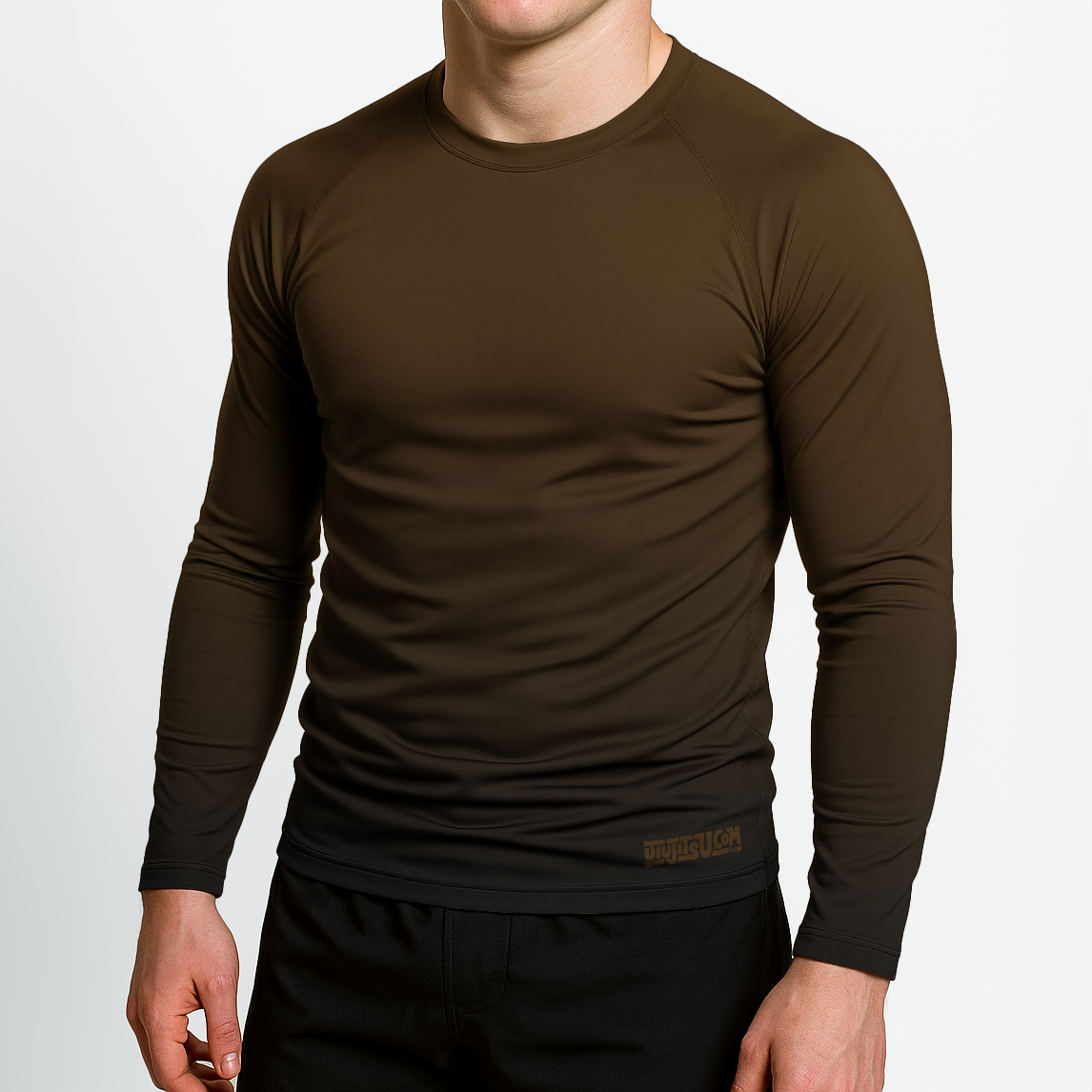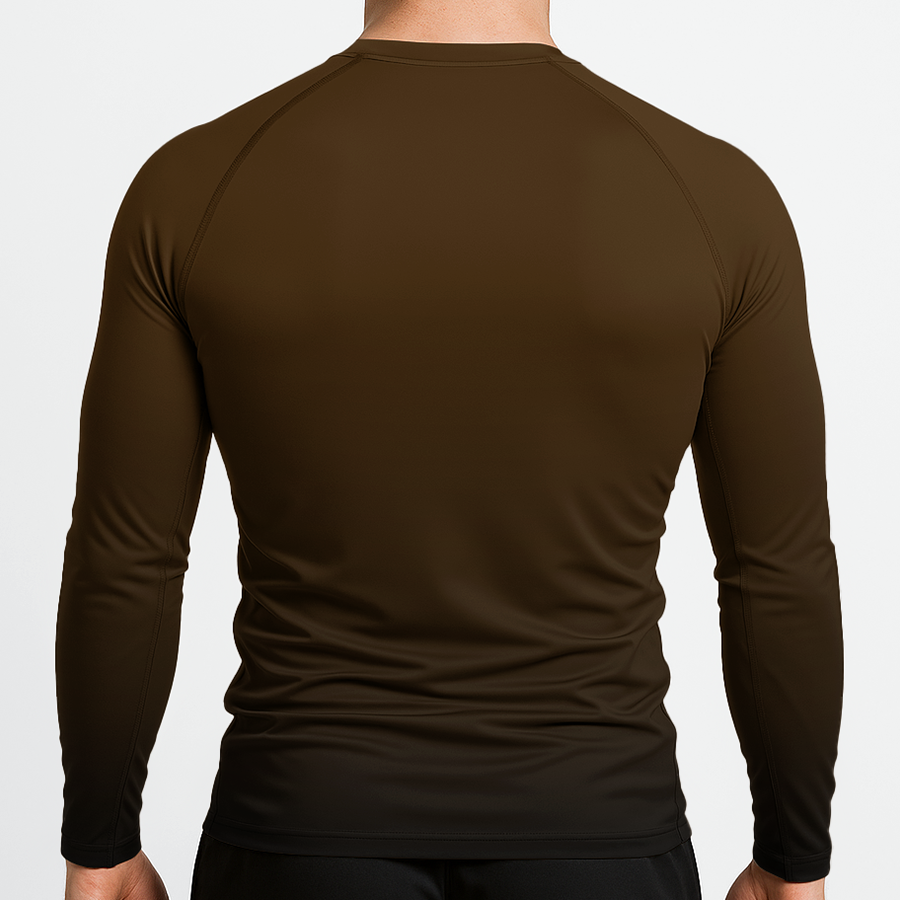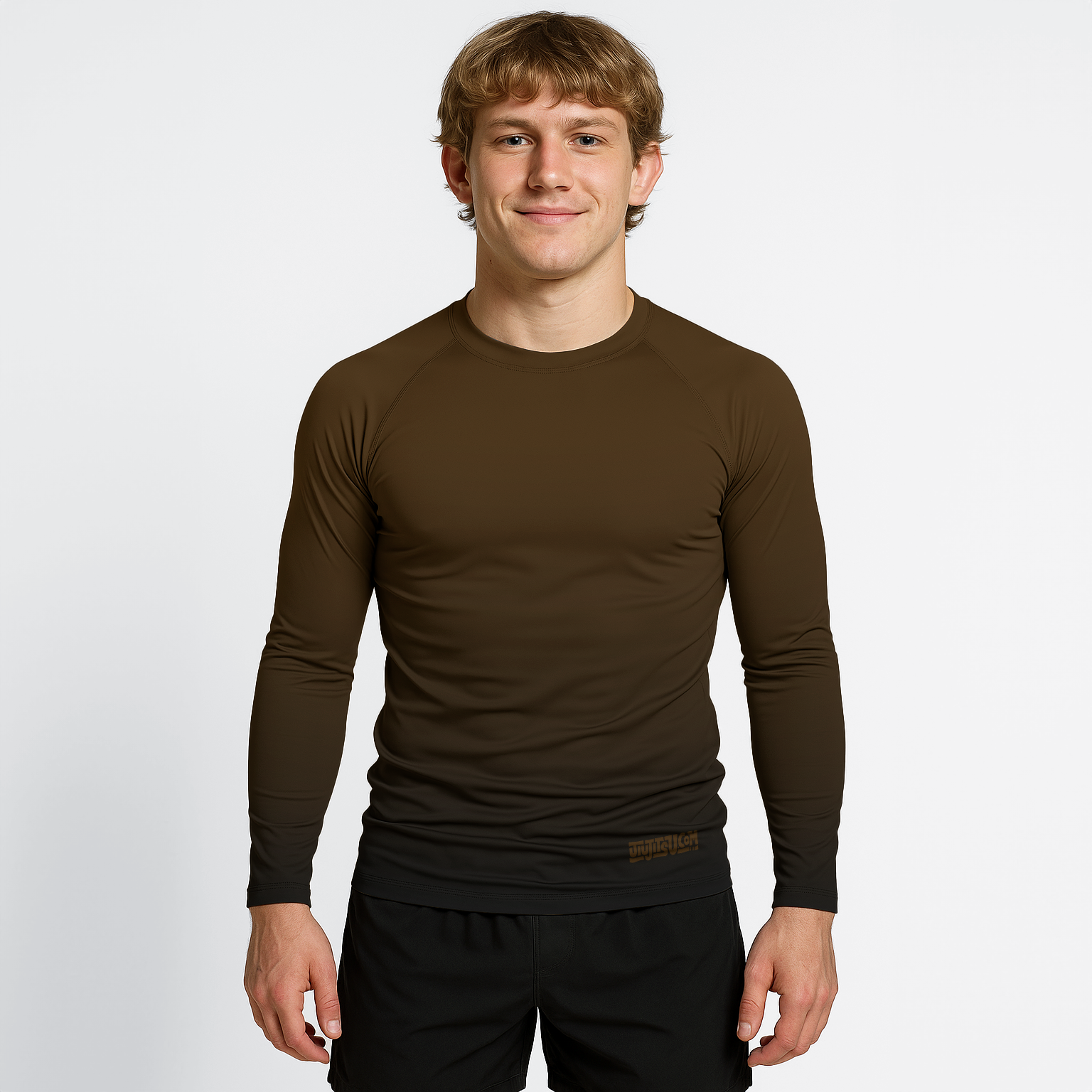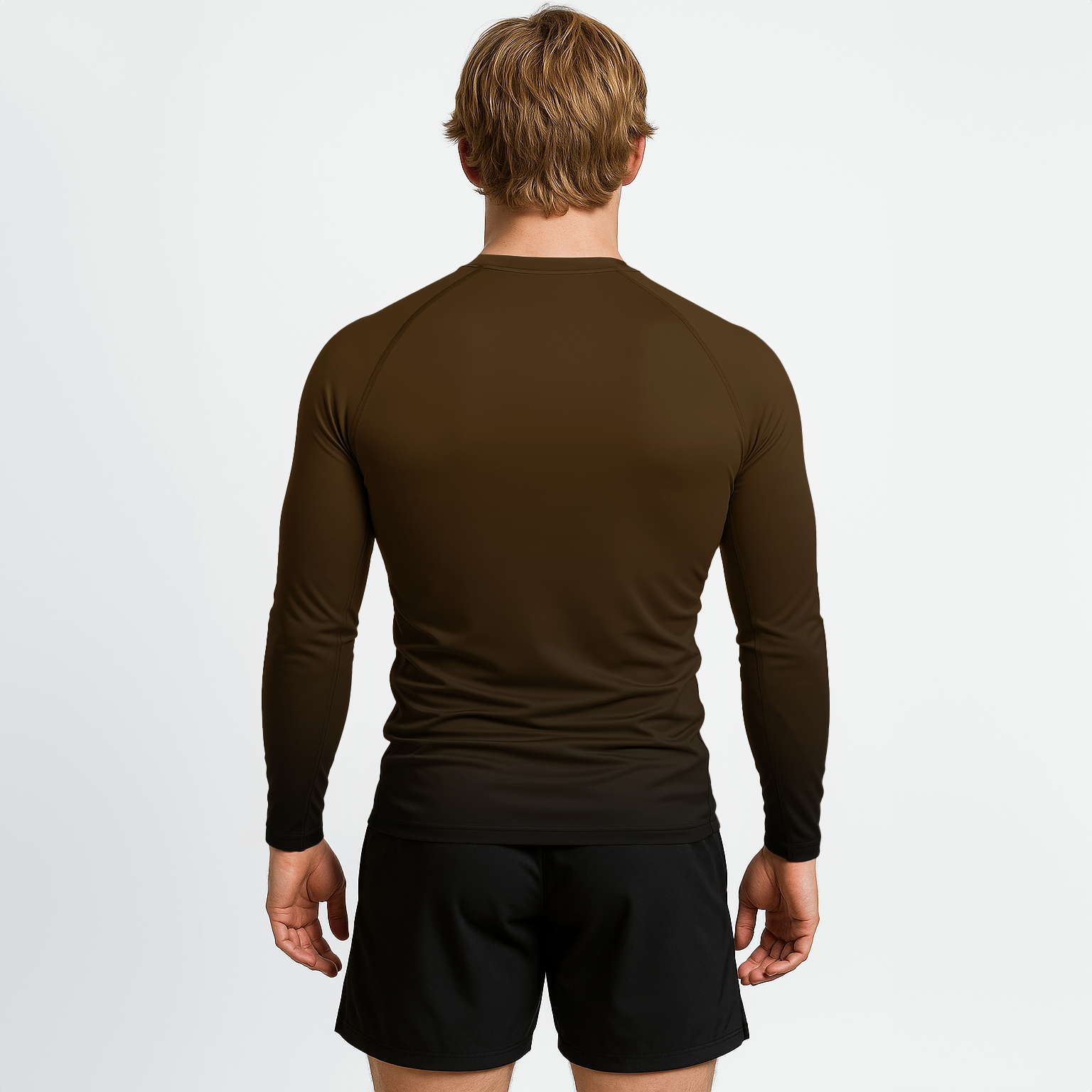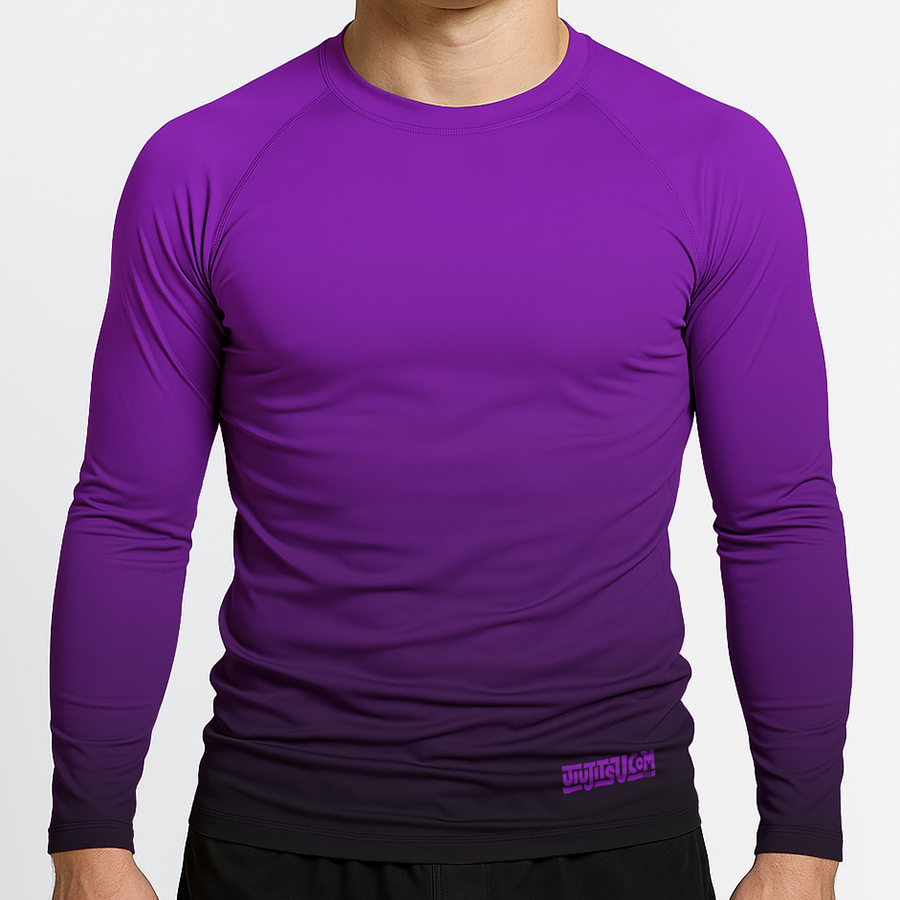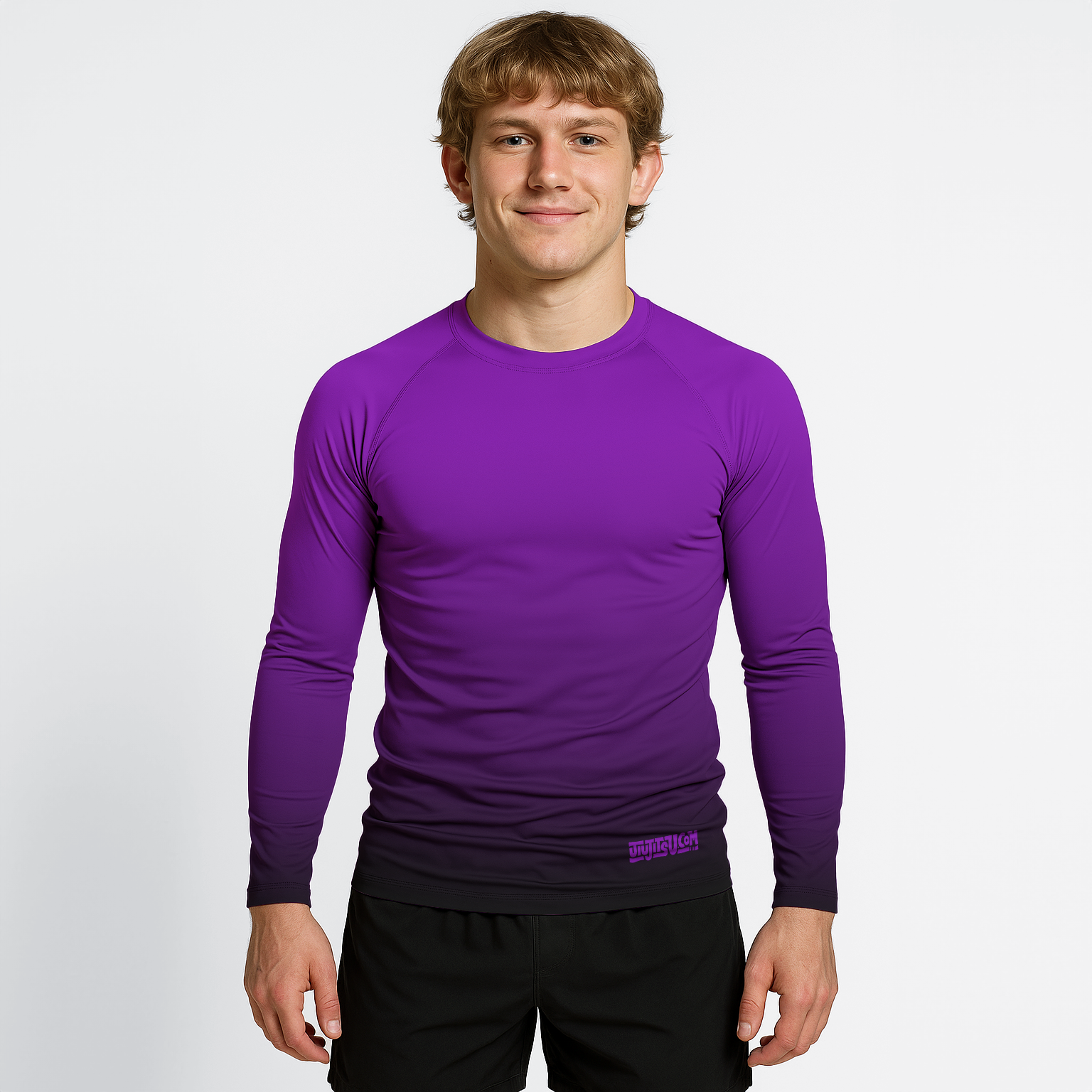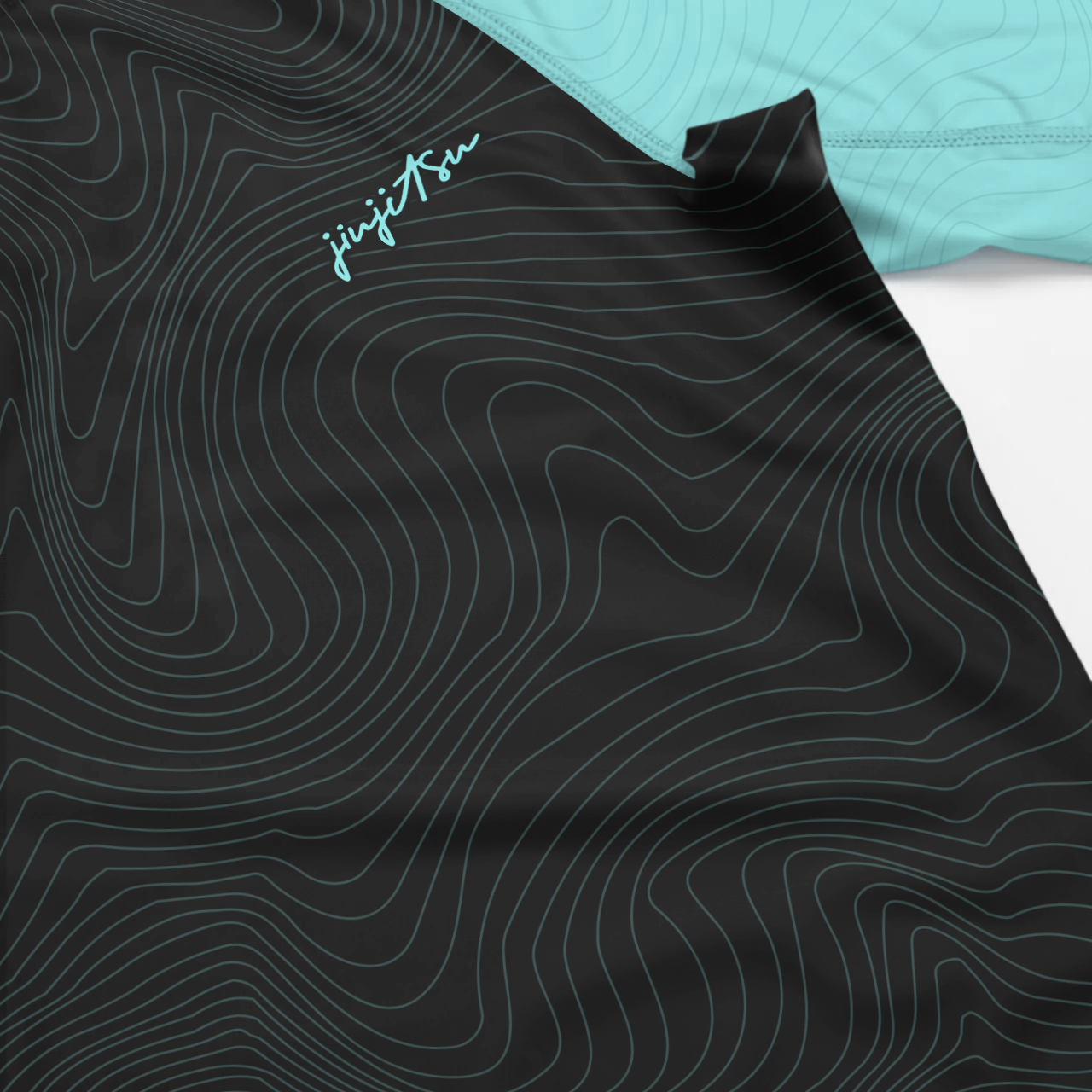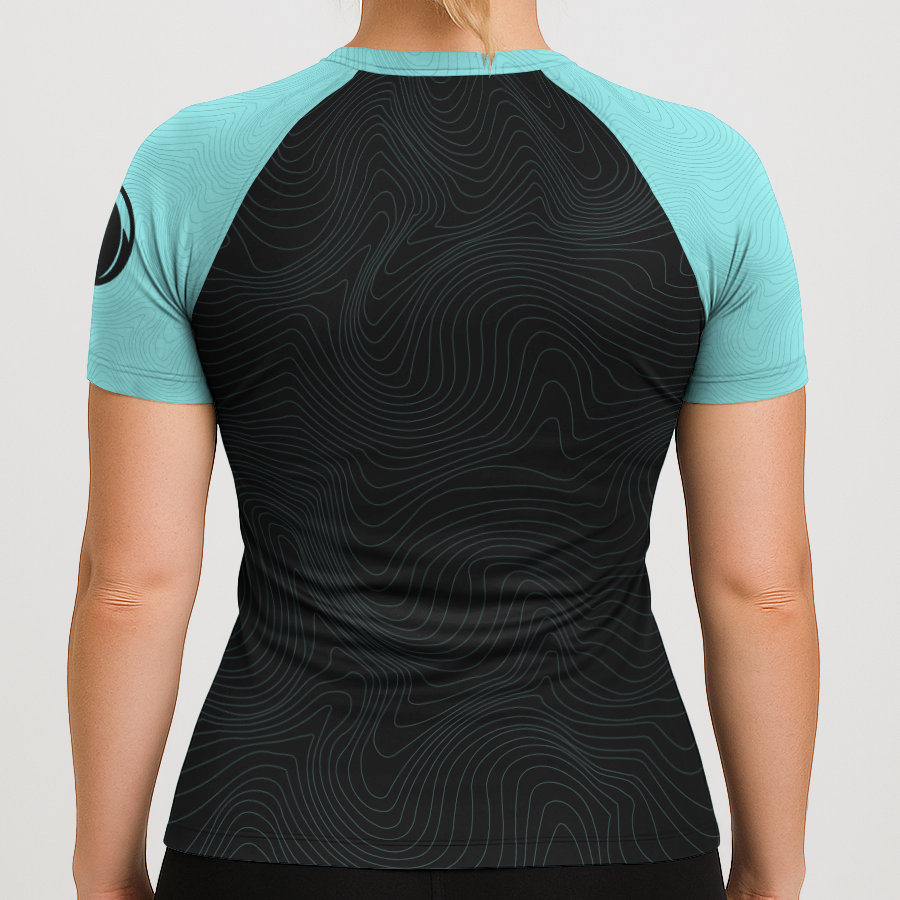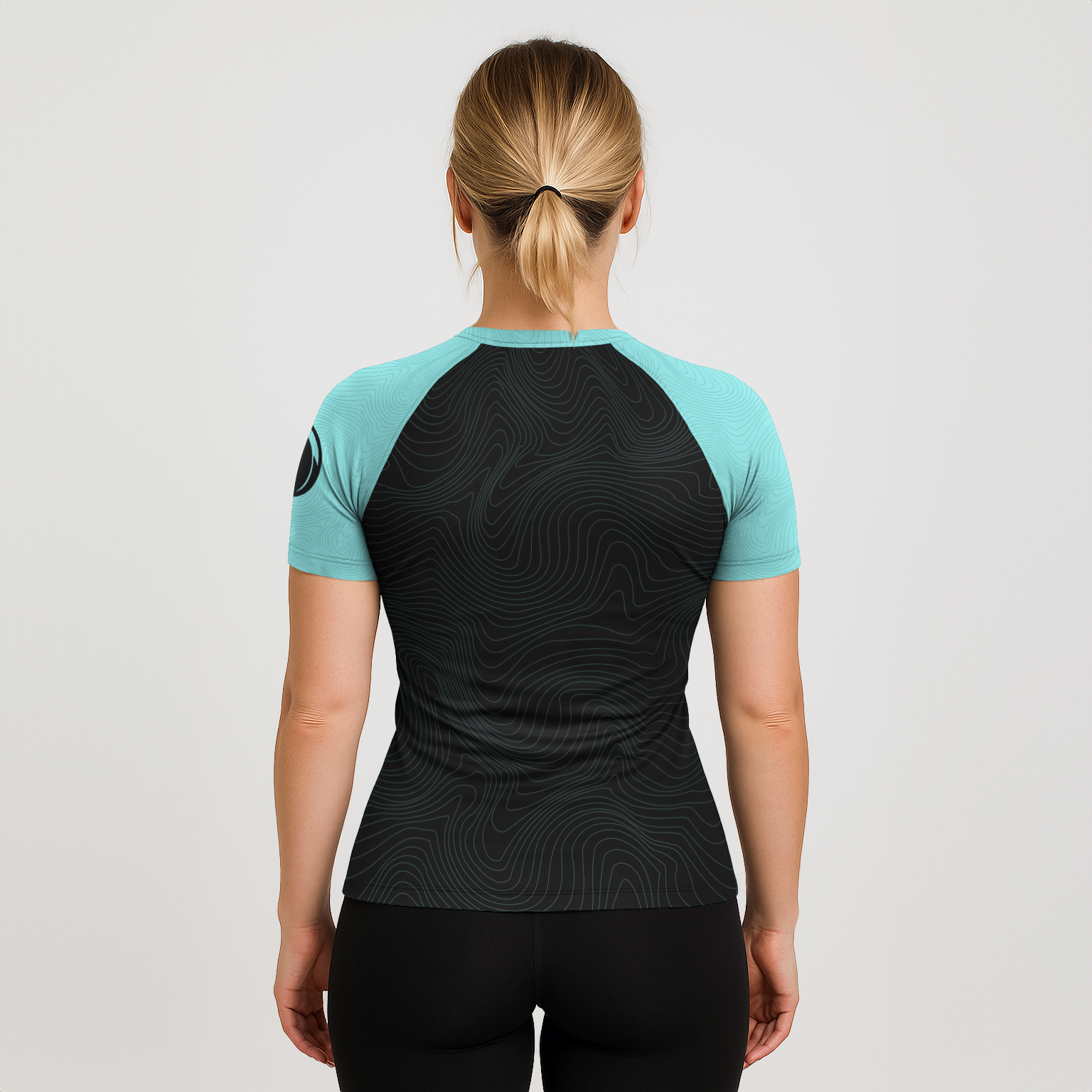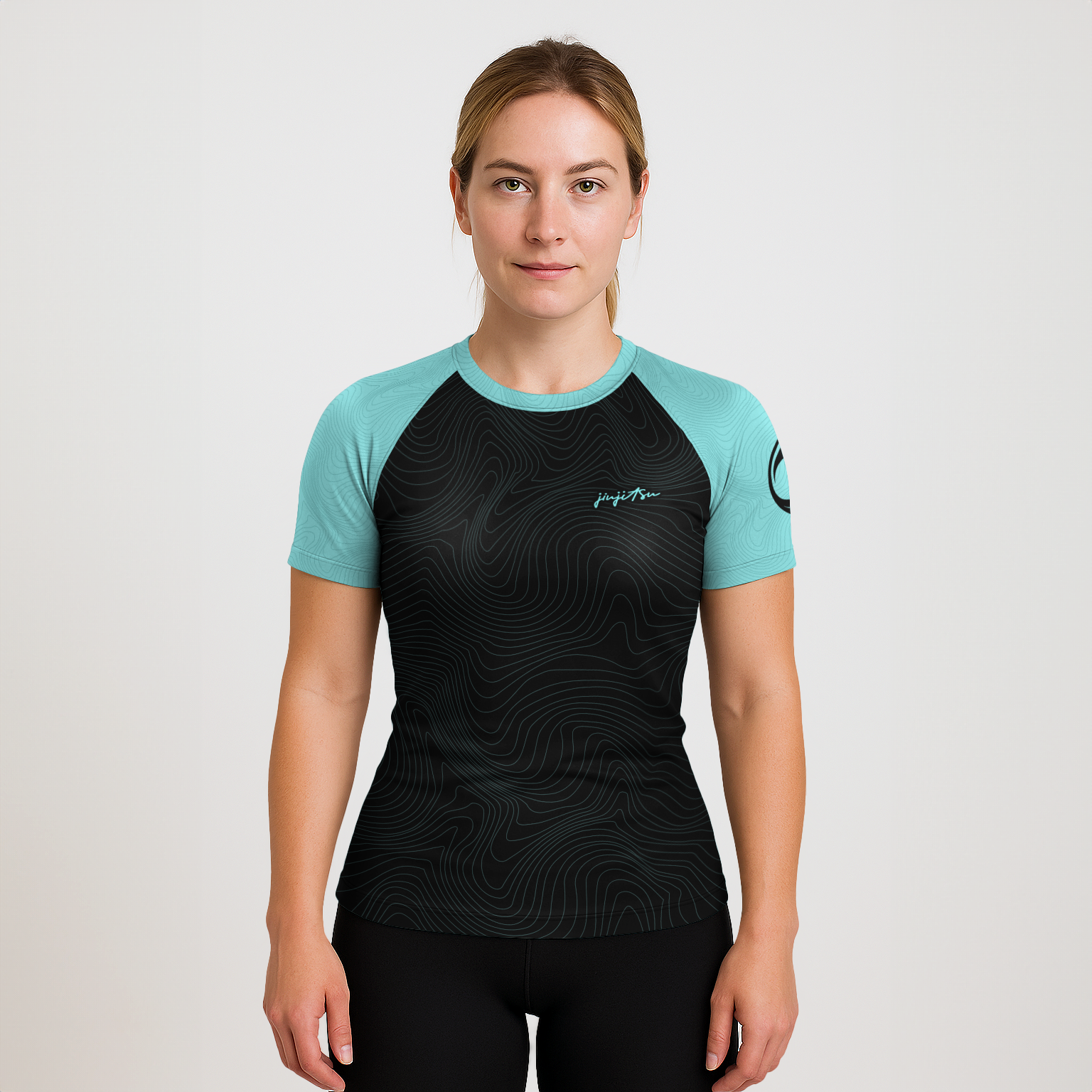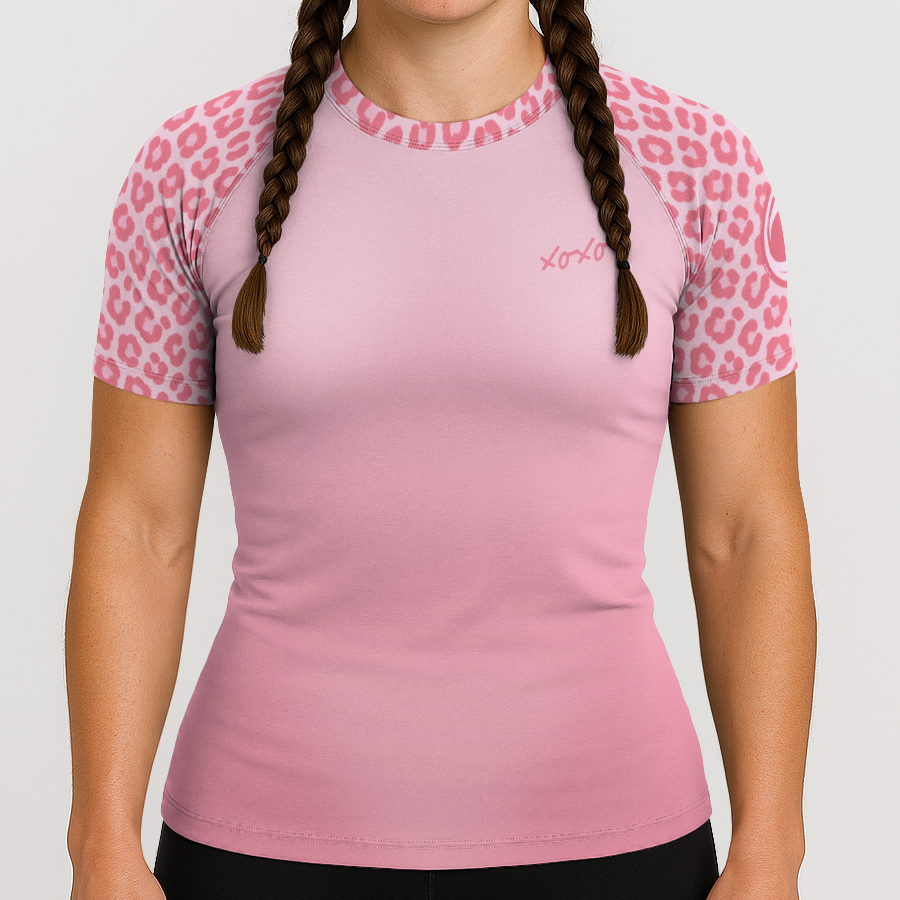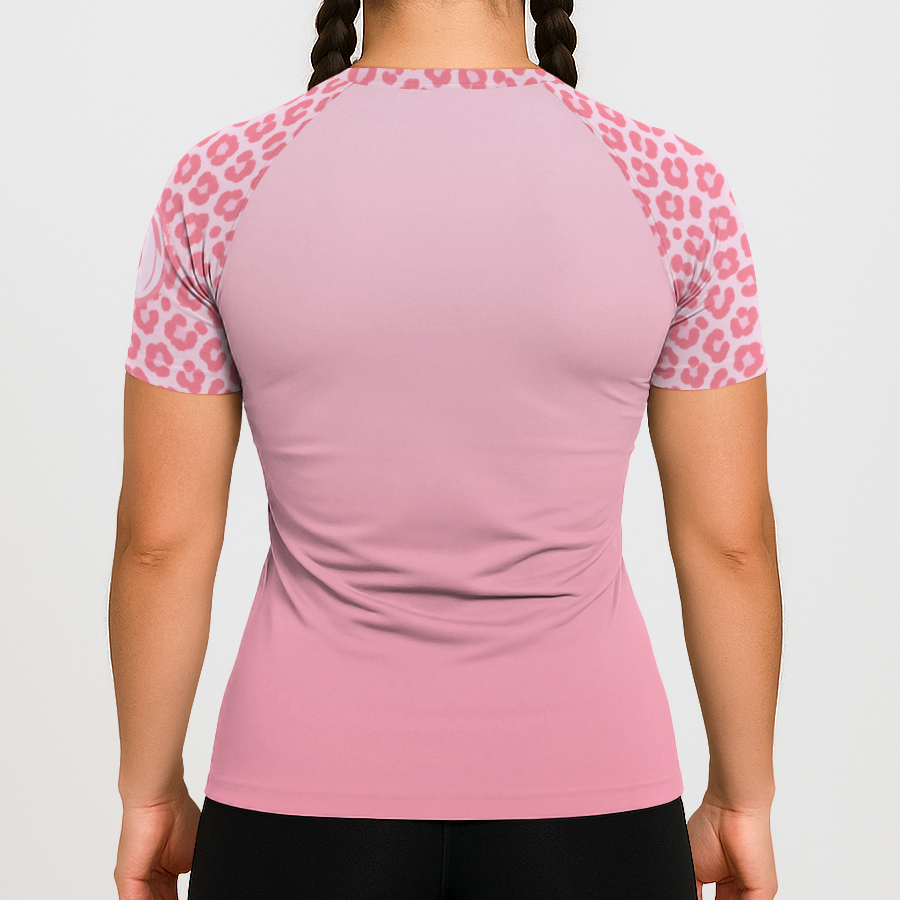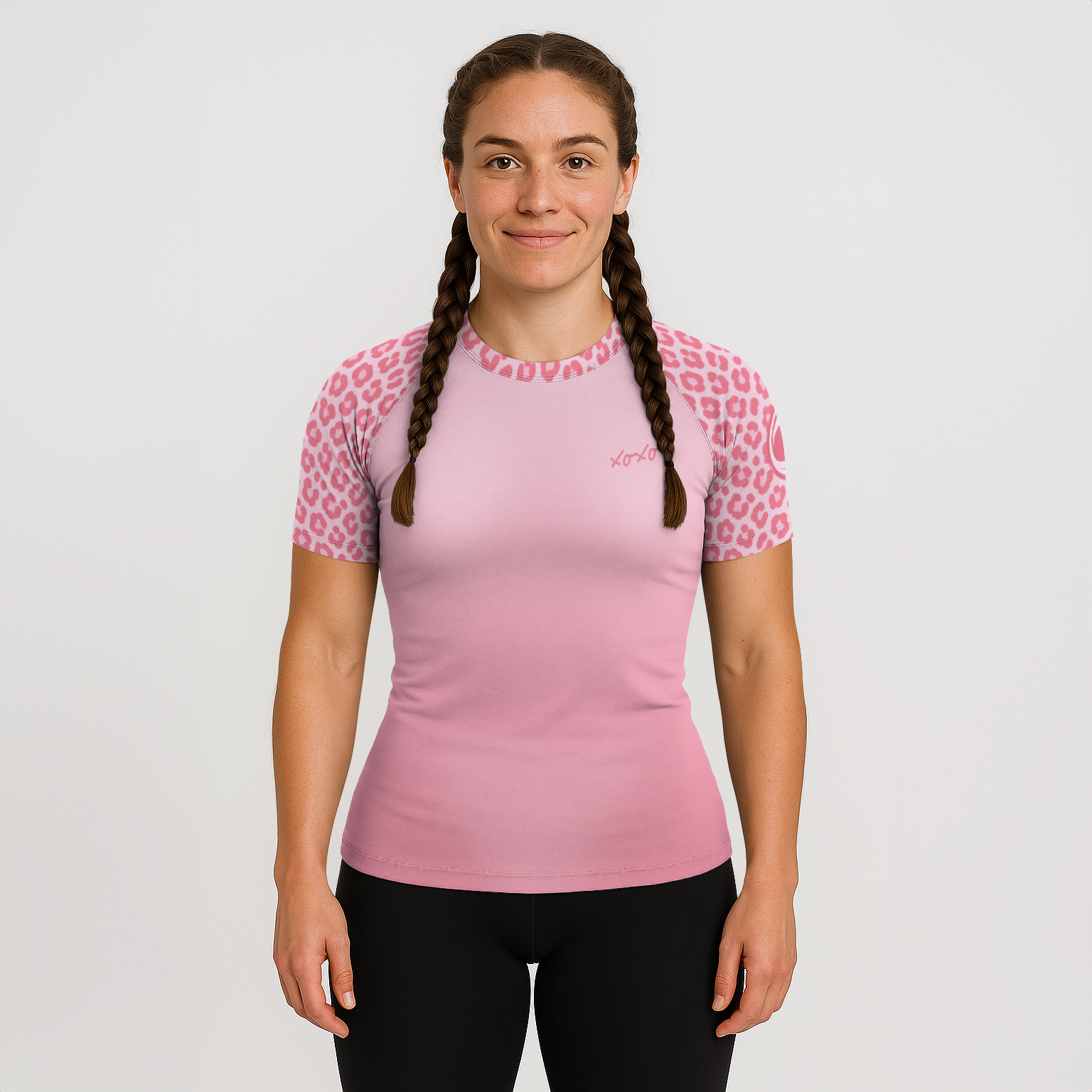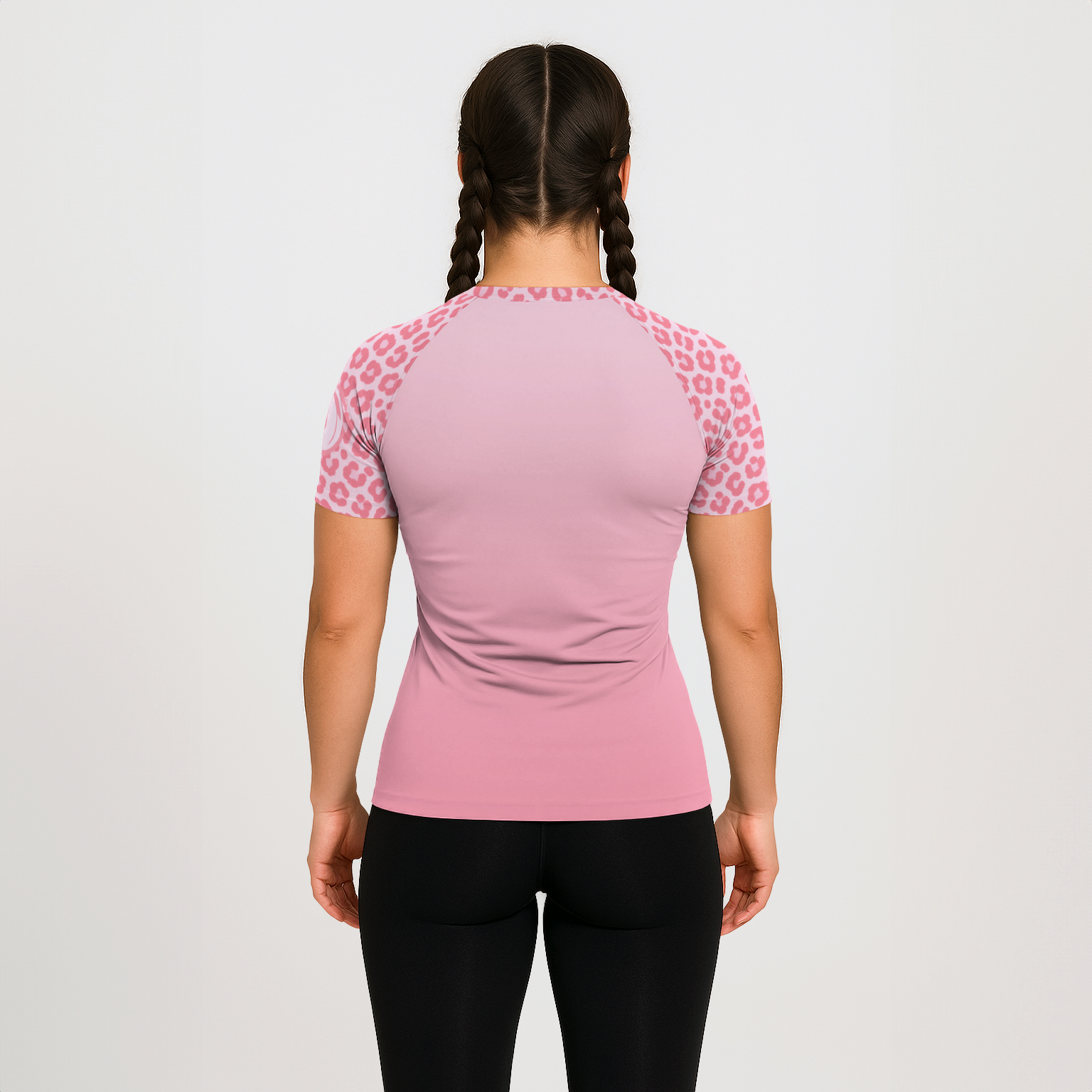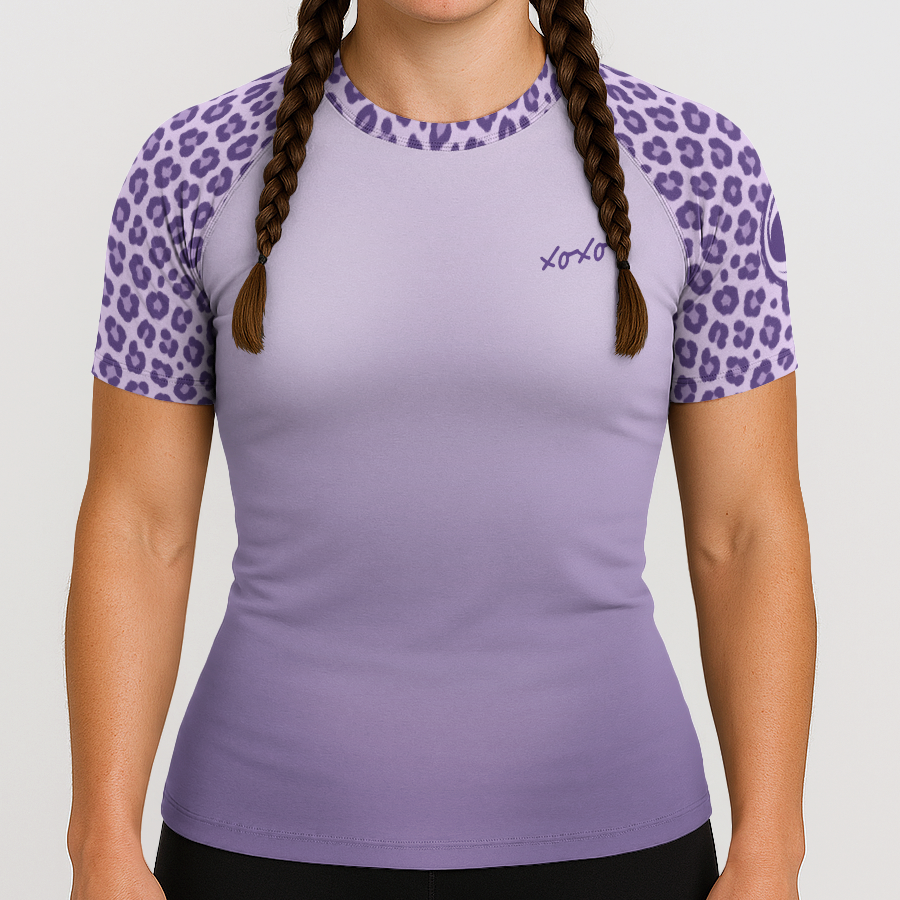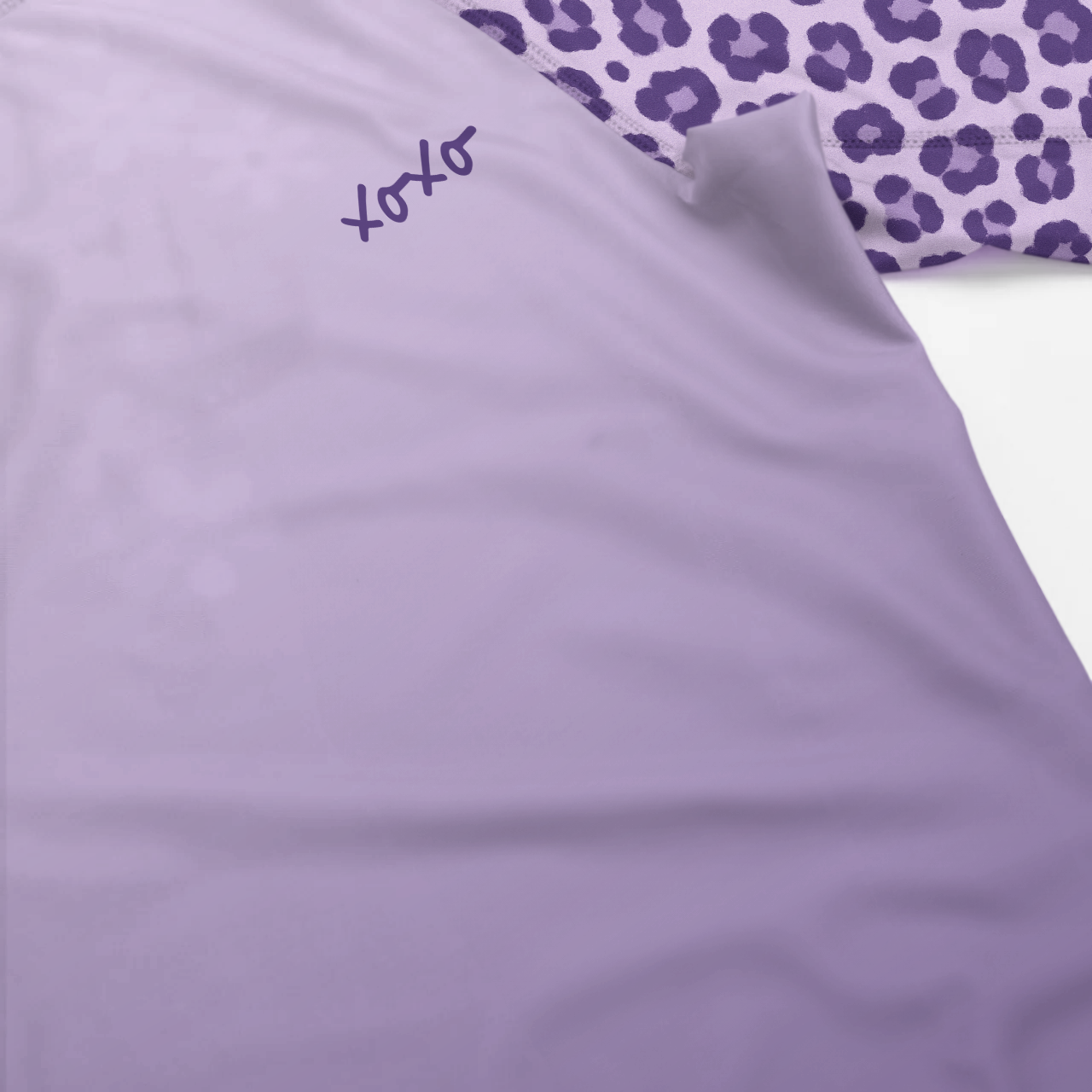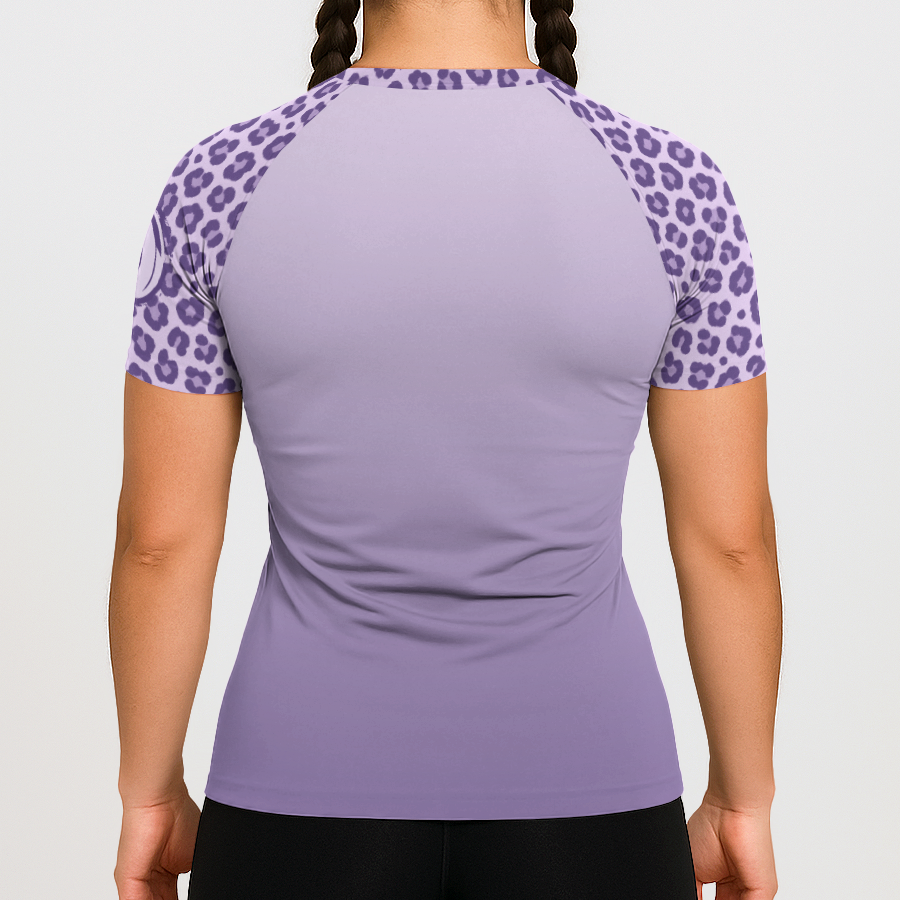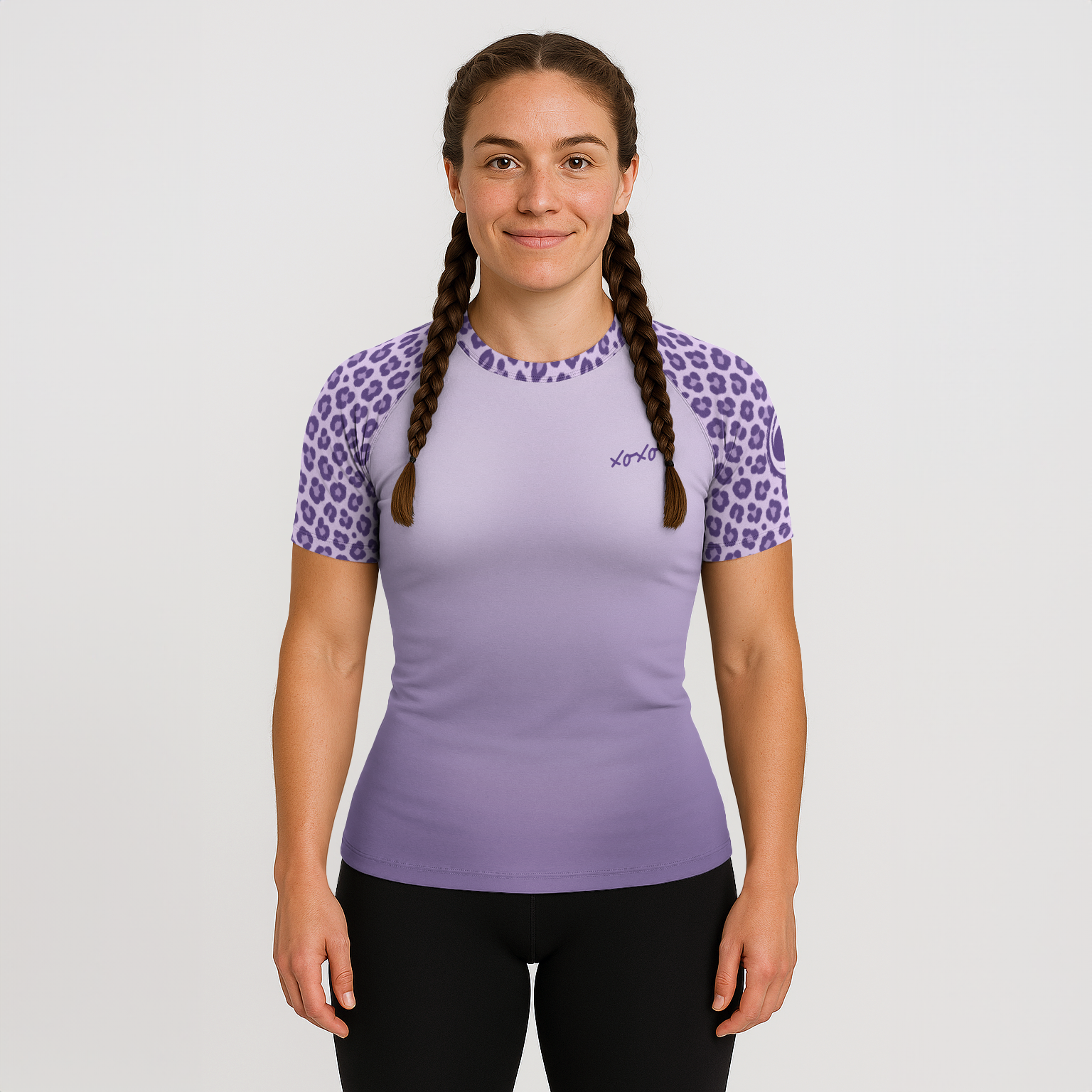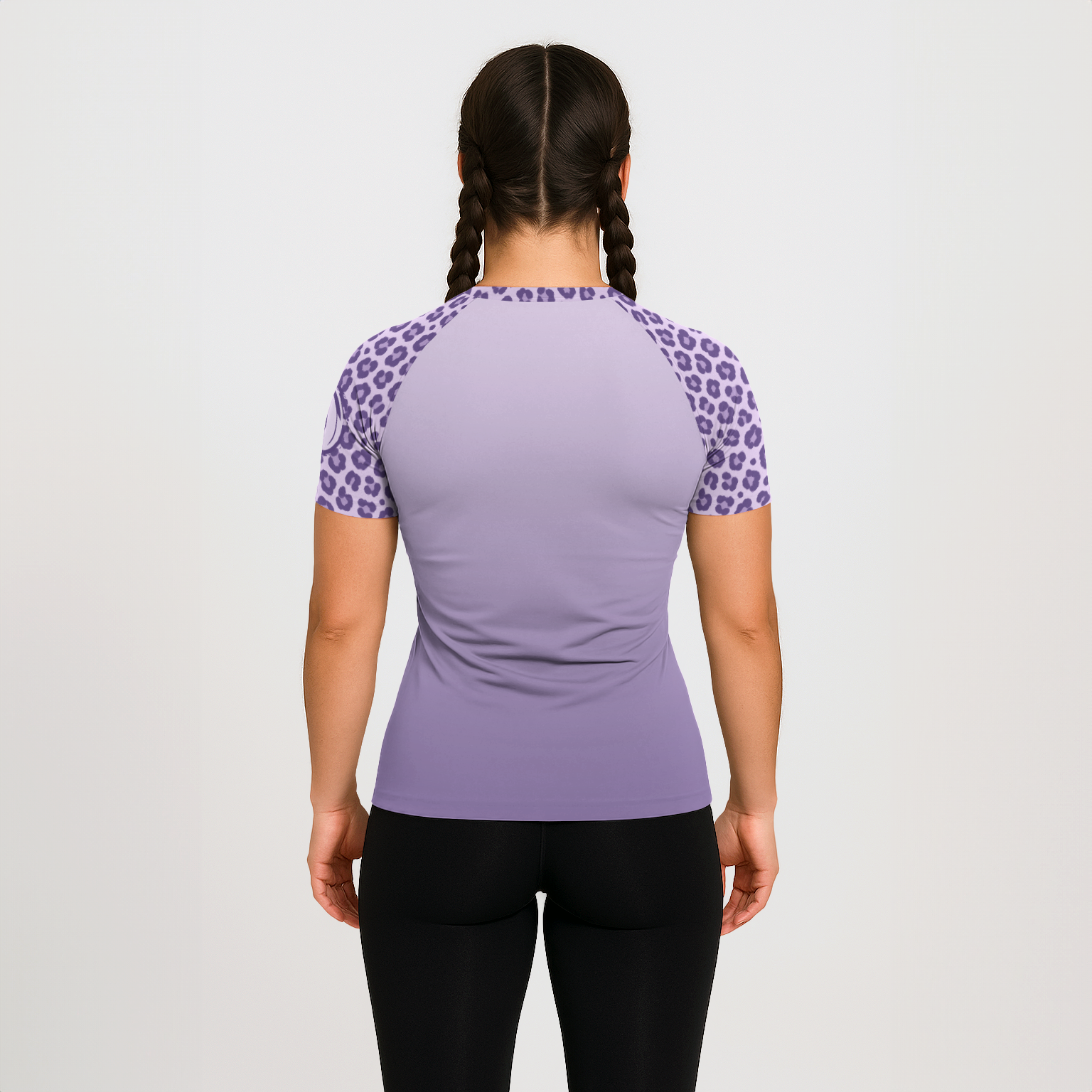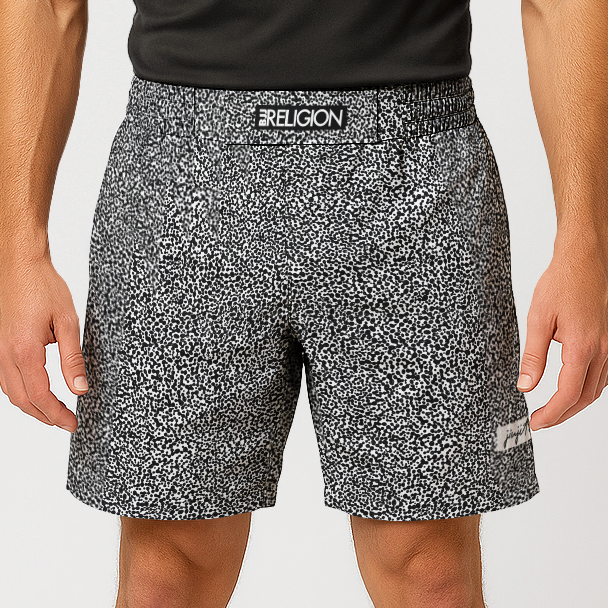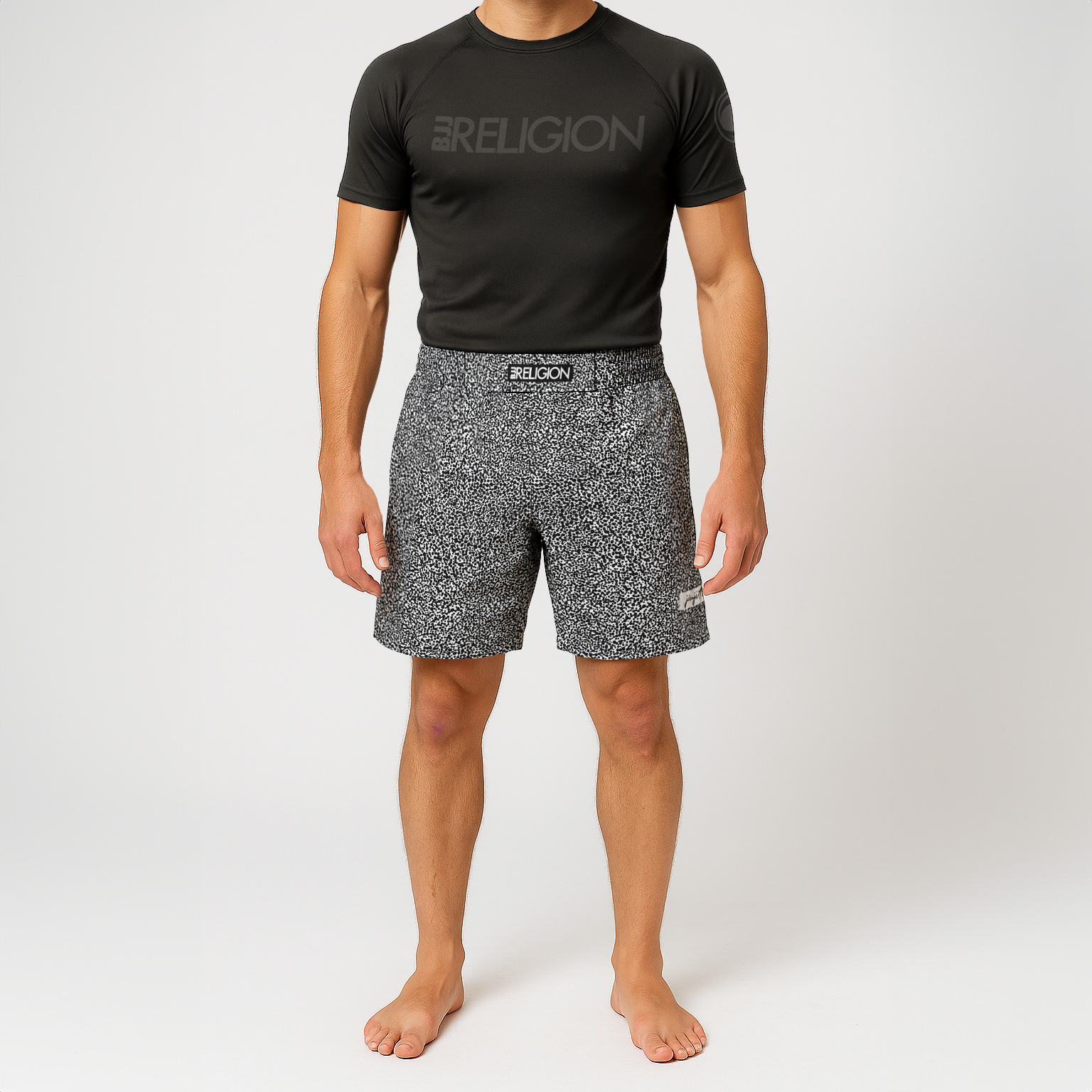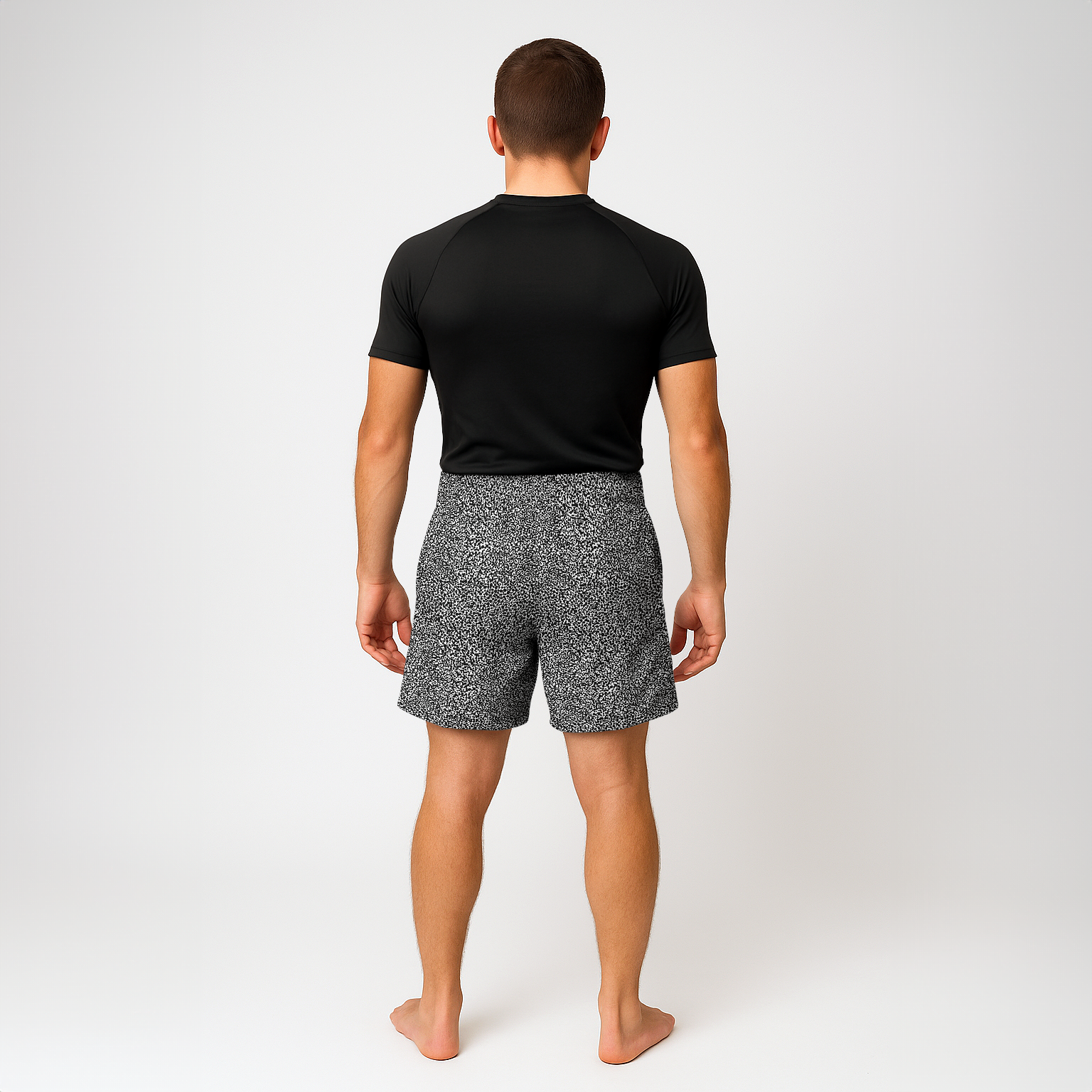Top vs Bottom Position In BJJ: Which is Better?

Almost as controversial as Gi vs NOGI - there's ongoing debate within Jiu Jitsu - top versus bottom position - splits the community not just on strategy but also on philosophy, often reflecting a divide between the old school and the new generation. The old school teams like Carlson Gracie, often advocate for the top position. Arguing that top control embodies the roots of BJJ: control and pressure.
In contrast, the bottom position has found its champions among the new wave of BJJ practitioners. We get it, there is nothing funner to watch than Nicholas Meregali with his super dynamic and creative attack focused guard play, or Adam Wardzinski sweeping his way through brackets with his butterfly guard game.
Whether you align with the old school pressure-based dominance and foundational values of the top game or embrace the innovative and agile approach of the bottom game, understanding these perspectives offers a deeper appreciation for the rich tapestry that is Brazilian Jiu Jitsu.
Dominance of Top Positions in BJJ

When you hit the mats, there's a battle for dominance that begins before a single submission is ever attempted. In Brazilian Jiu Jitsu, scoring that top position isn't just about points; it's about asserting control and setting up shop to unleash your game plan. Let’s talk mount and side control, two spots where you're not just winning but running the show.
Mount Position - The Pinnacle of Control
The mount position in BJJ isn’t simply dominant, it’s the throne from which kings rule. Here, you’re parked on your opponent's chest with legs wrapped around their torso - a clear signpost saying "I've got this." It gives a sense of inevitability like gravity - it always wins. From here, opponents are limited as if trapped under an avalanche while your submission options bloom like wildflowers after spring rain.
A solid mount sets you up to dictate every twitch and flinch below you because controlling an opponent's movements means they’re reacting - not acting. And don’t forget the psychological edge: as soon as you take the mount position you can bet your opponent just panicked at the 4 points they just gave up.
This kind of positional advantage doesn't come easy though; getting into full mount requires more finesse than brute force - but once achieved? You're at one of those sweet spots where positional points meet submission attack launchpad.
Side Control - Maximizing Leverage and Pressure
Some practitioners will argue that side control can be more devastating than full mount, after all there is nothing worse than a face shaving crossface. You want pressure so intense it leaves no room for escape attempts. This cross body position lets grapplers exert crushing weight onto their opponents all while looking them right in their soul through tightly squished body against mats - that alone can have your opponent begging you to take mount or transition to a submission.
In terms of submissions? Side control opens doors a huge number arm locks or choke options - and hey who wouldn't love adding another north south choke notch on their belt?
Truly understanding how much damage well-executed side control pressure does should be everyone’s homework tonight.
Bottom Position in BJJ

Playing from the bottom position in BJJ is a bit like being an escape artist. You're down but definitely not out, armed with submission threats and guard games that can flip the script on your opponent. But it’s no secret that this comes at a cost – your energy levels need to be managed like precious fuel.
Guard Variations - Closed to Open
The closed guard is where many BJJ journeys start: you've got your legs wrapped around your opponent's waist, pulling them close to prevent posture and setting up attacks. Yet, there's more than one way to control your opponent from below; enter open guards such as spider, De La Riva, butterfly, etc. These positions give you offensive capabilities by using limb manipulation and balance disruption tactics which are essential against seasoned training partners.
In sports BJJ, adapting from closed to open guards isn't just about keeping things fresh; it mirrors the unpredictability of chess matches - think pawn advantage evolving into positional hierarchy dominance through savvy moves on the board. In fact, high-level practitioners often compare BJJ matches to playing chess because both require strategic thinking several steps ahead of their opponents.
Now a good guard game is not developed overnight, it's typically developed over hours and hours of both drilling techniques that were shown to you and through experimentation through rolling. A well-rounded understanding lets you craft dangerous guard games that leave opponents guessing whether they'll face an arm lock ambush or get swept onto their backs faster than they can say "oh sh**".
Position Preference in BJJ
Ever wonder why some Jiu Jitsu practitioners are die-hard guard players while others seem to live for the top game? It's not just a random choice or about what looks cool. There's a deep psychological and strategic chess match going on, with each player’s grappling style acting as their unique opening move.
Individual Style and Positional Choice

Your BJJ style is like your fingerprints, no two grapplers have the exact same game. Some flow like water; others are immovable rocks. As we mentioned earlier, your grappling style isn't something you pick off a shelf; it evolves from countless sparring sessions, drilling, experimenting, all influenced by victories, stumbles, and those lightbulb moments where everything clicks.
A slick spider guard might be second nature to one jiu jitsu player because they've got limbs that make an octopus jealous. On the flip side, another might thrive in top control and pressure positions due to an affinity for takedowns honed from a wrestling background - think about it as bringing different weapons to the same fight.
It also comes down to mindset: Do you relish the control of pinning someone down from mount position or crave the thrill of launching surprise attacks from your back? Whether you're weaving complex web-like strategies akin to dangerous guard games or imposing will through dominant top positions - these choices can say volumes about how you view both victory and combat itself.
Sometimes our bodies choose before we do, the tall folk among us often find their legs wrapped around opponents' waists making the transition from closed to open guards seamless and effortless. Meanwhile, stockier warriors may leverage strength within tight half guards or assert pressure when achieving back mount dominance over their opponents.
The Fluidity Between Positions
Mastering Transitions from Guard to Top Control
Adaptability is the name of the game in Jiu Jitsu. Think about it like being a musician; you can't just be good at one instrument to make great music, right? The same goes for BJJ positions.
Your guard is your fortress but getting stuck there isn’t doing you any favors. Transition moments are where matches turn on their head. Let’s break down how this works. Imagine having someone in closed guard; now visualize opening that up into a spider or half guard and using those long limbs of yours (or not so long – no judgment here) as levers to sweep them over. Boom. You're suddenly looking down at them from mount position, and they’re wondering what truck hit them.
Conclusion
Mastering the top vs bottom position in BJJ is crucial. It's about control from mount, pressure in side control, and cunning guard plays. Top positions give you leverage; they're your go-to for dominance. Yet, don't overlook the crafty submissions waiting at the bottom.
Your style dictates your game, whether that means leveraging strength on top or agility below. Remember: adaptability wins matches.
So keep your opponents guessing with a dynamic guard game and stay one step ahead with smart energy management. Because ultimately, whether it's Top vs Bottom Position in BJJ, it's strategy that reigns supreme on these mats.

